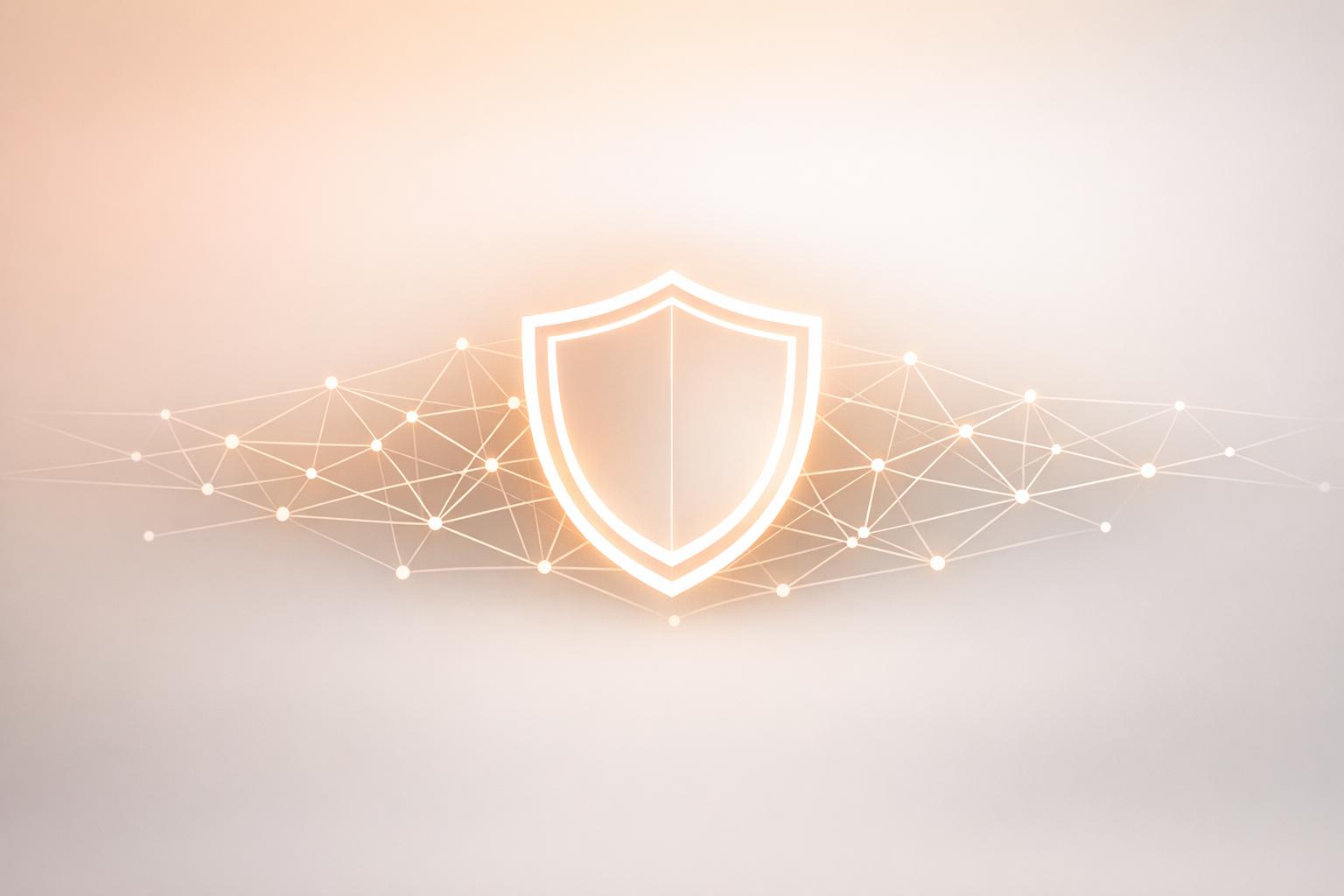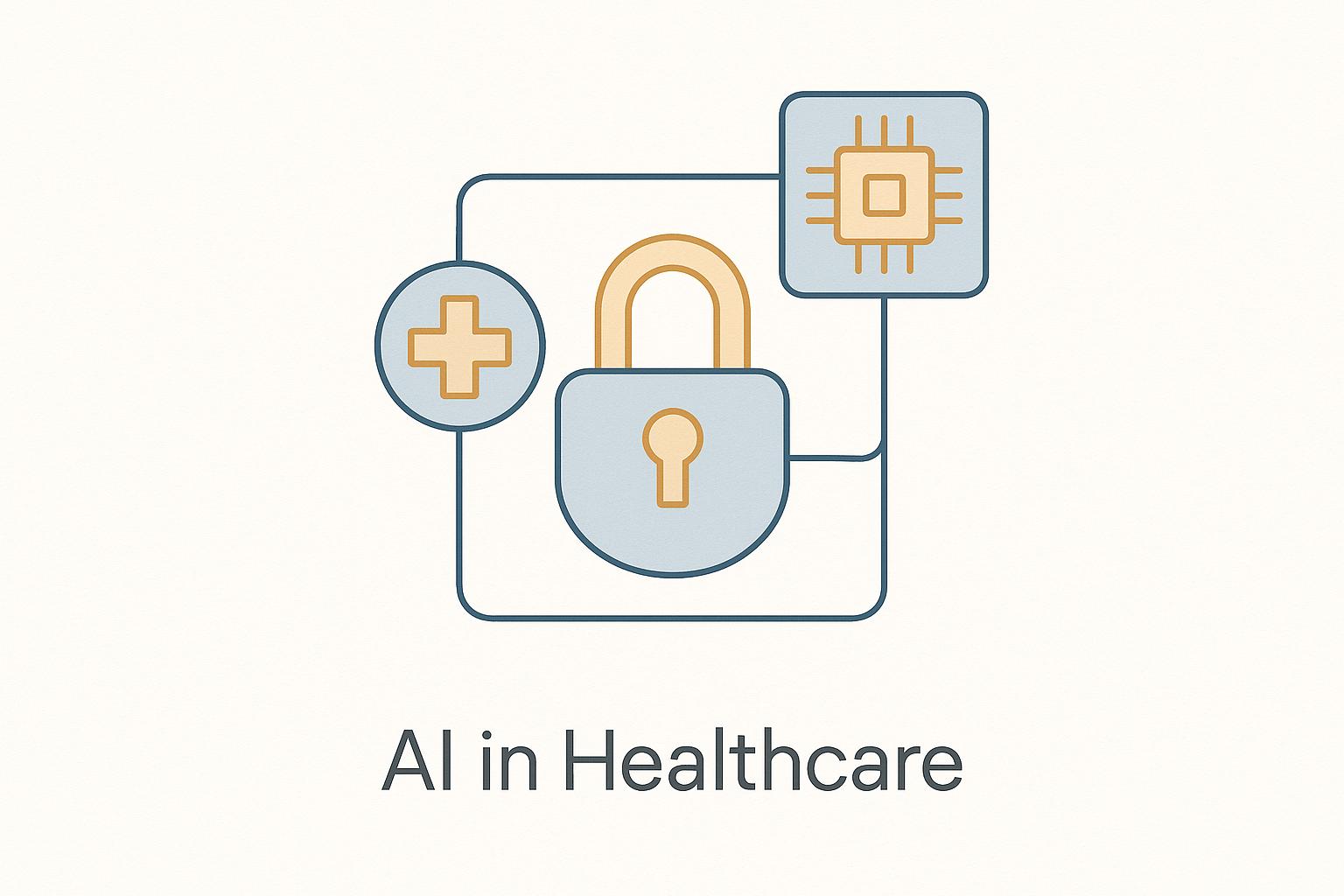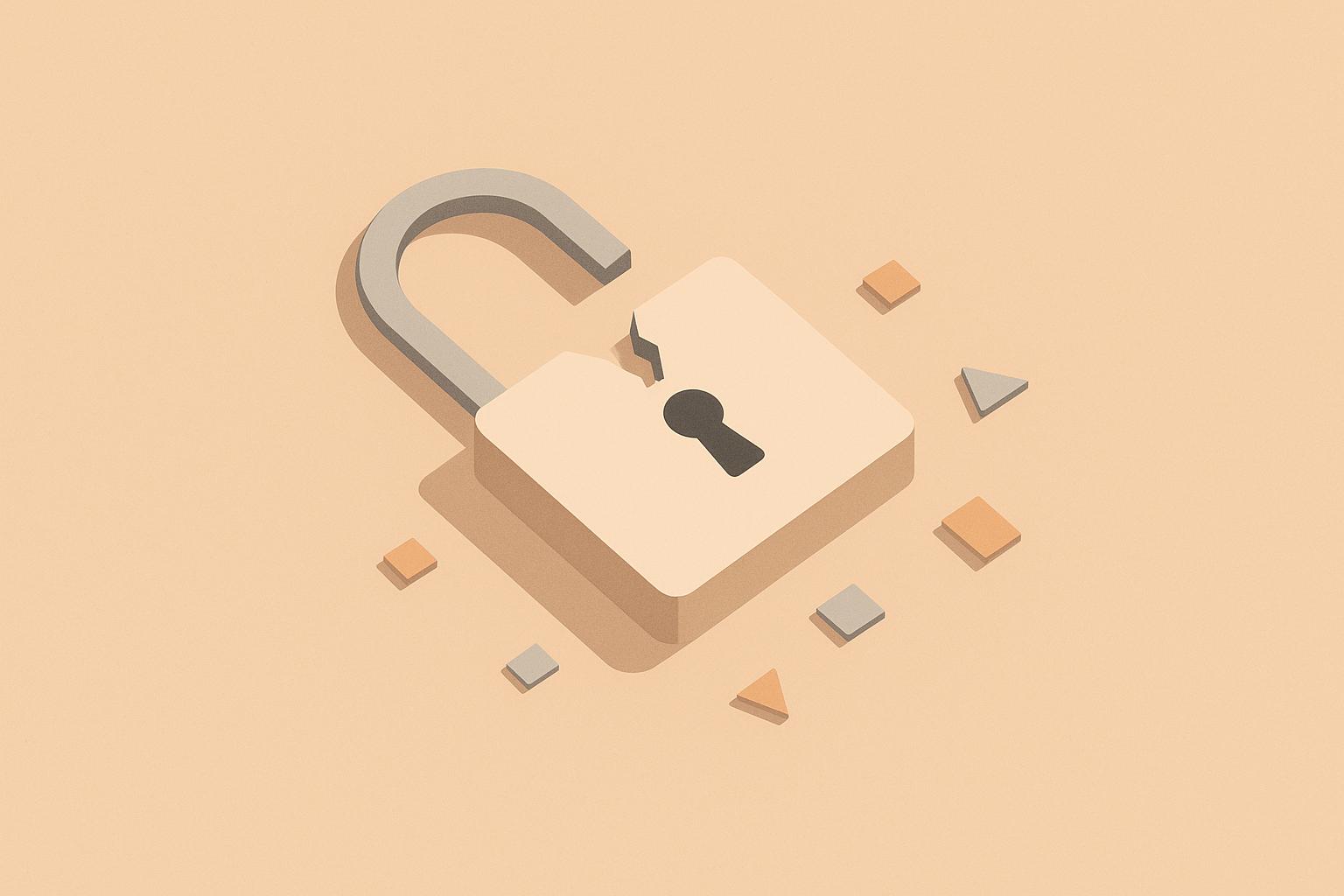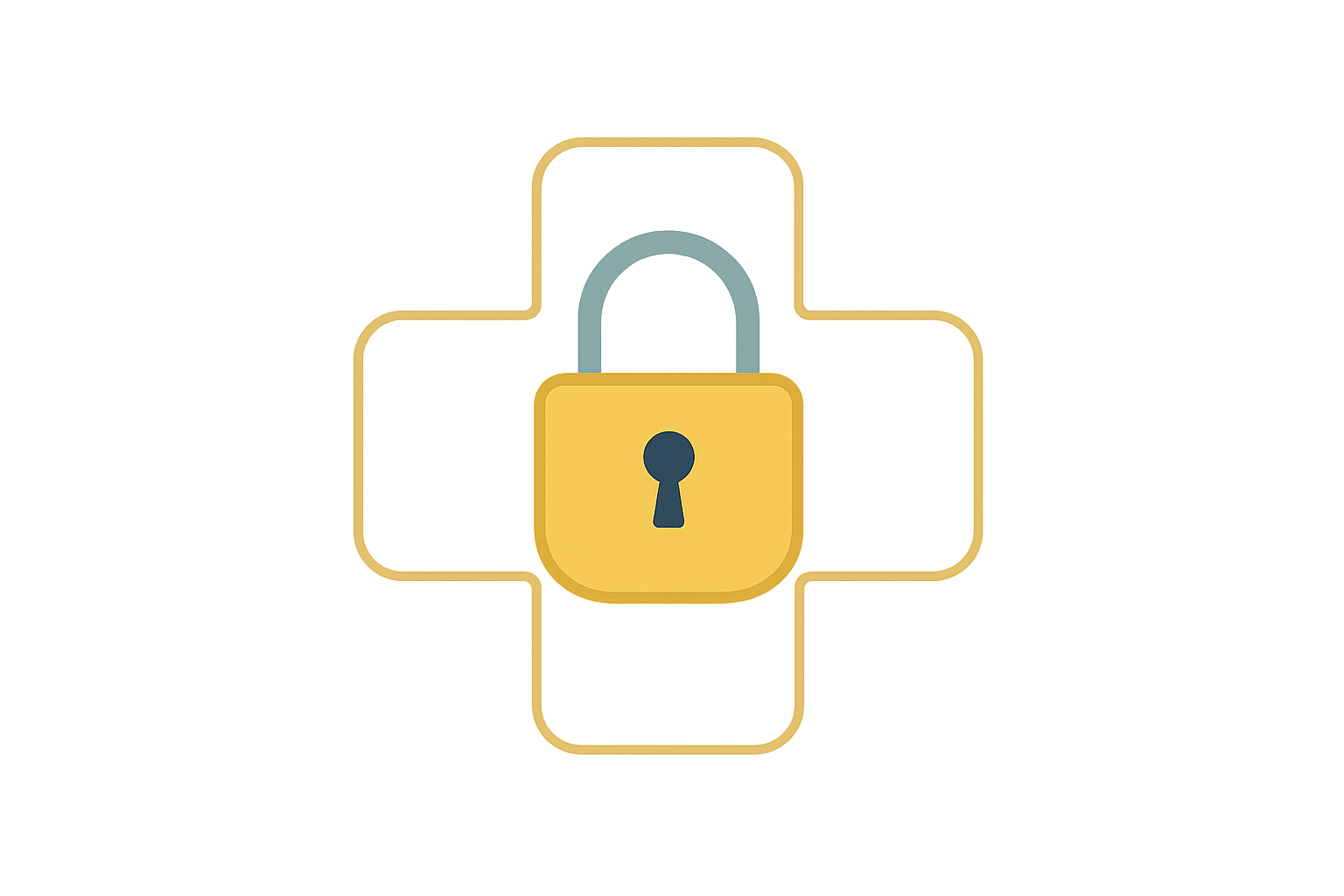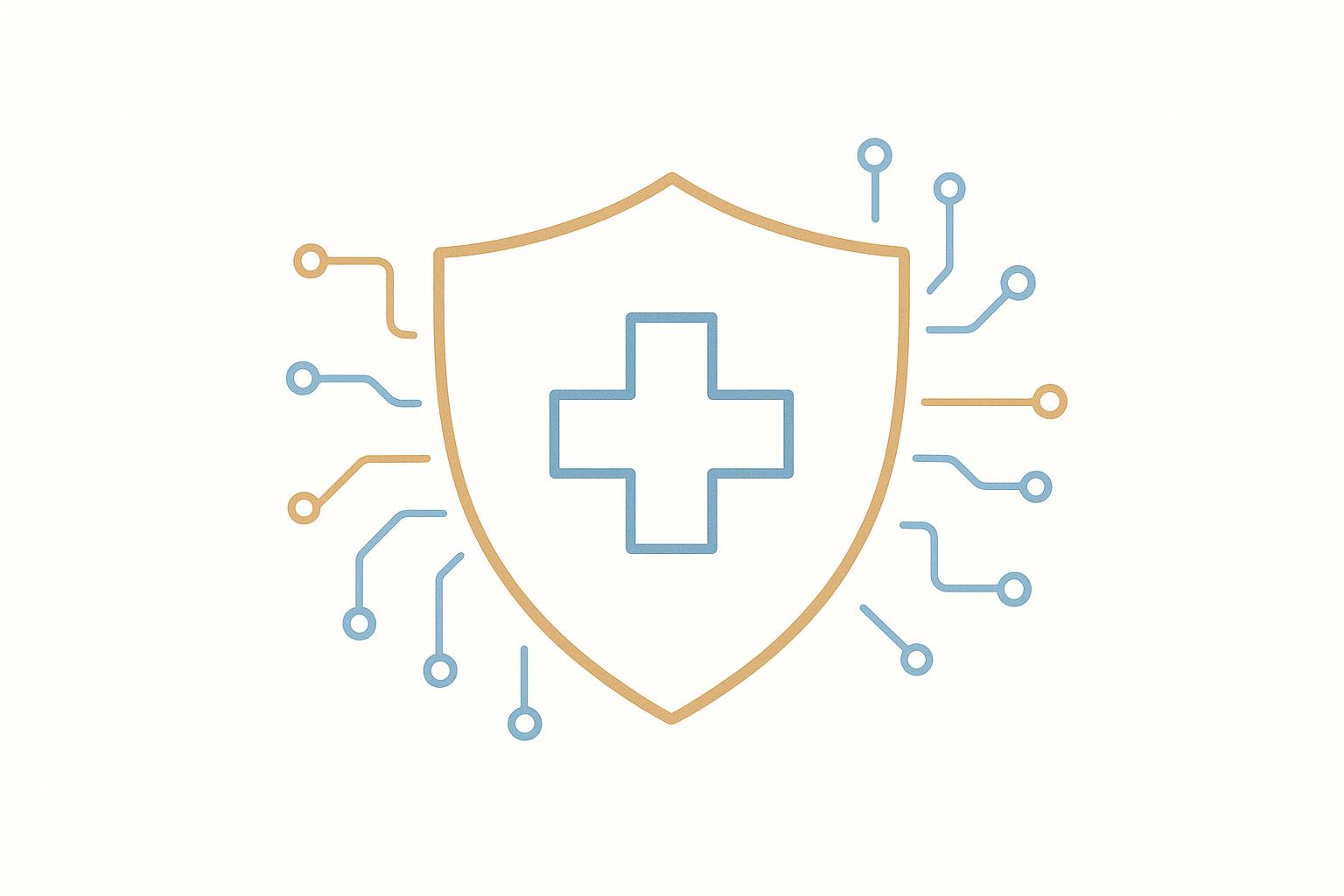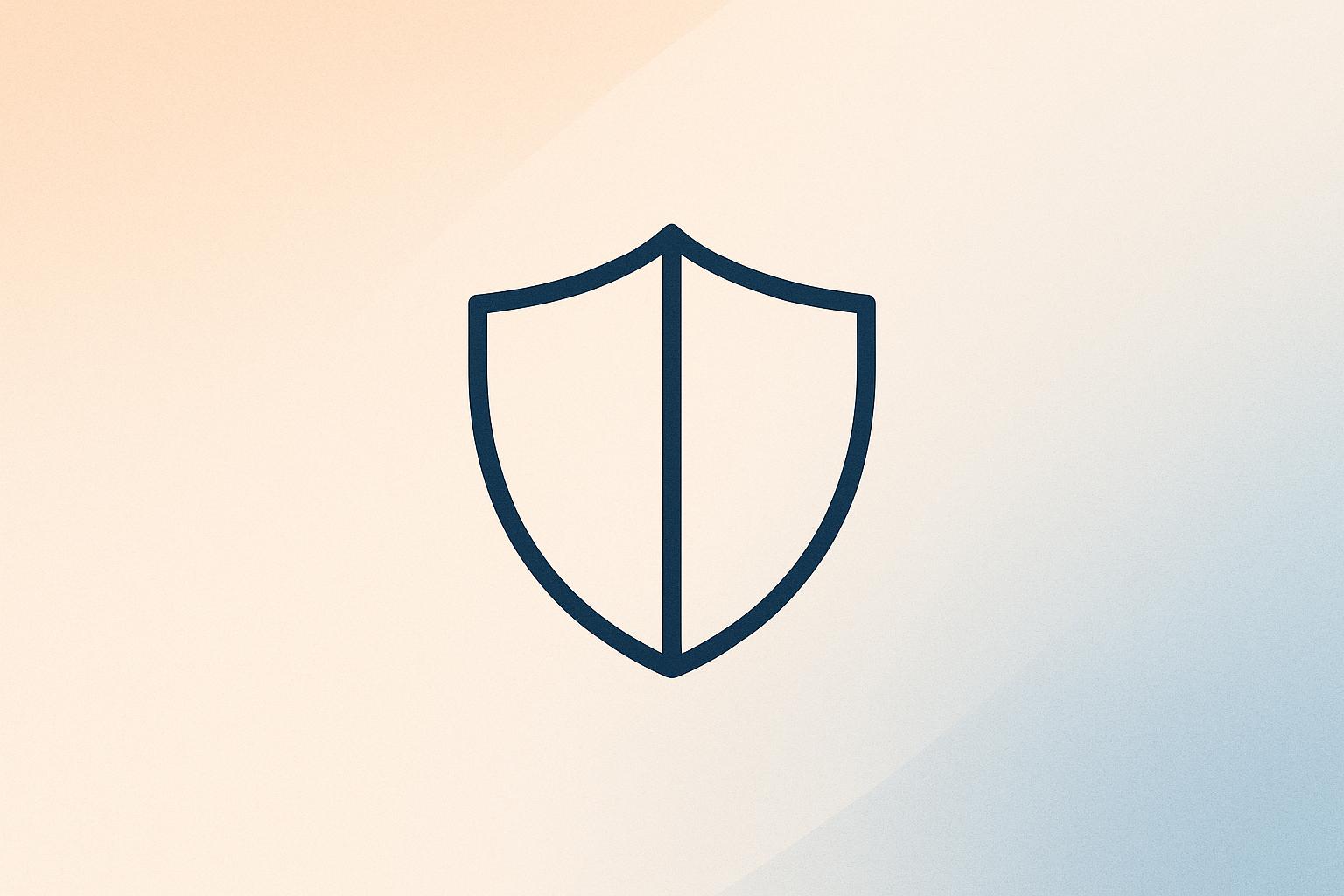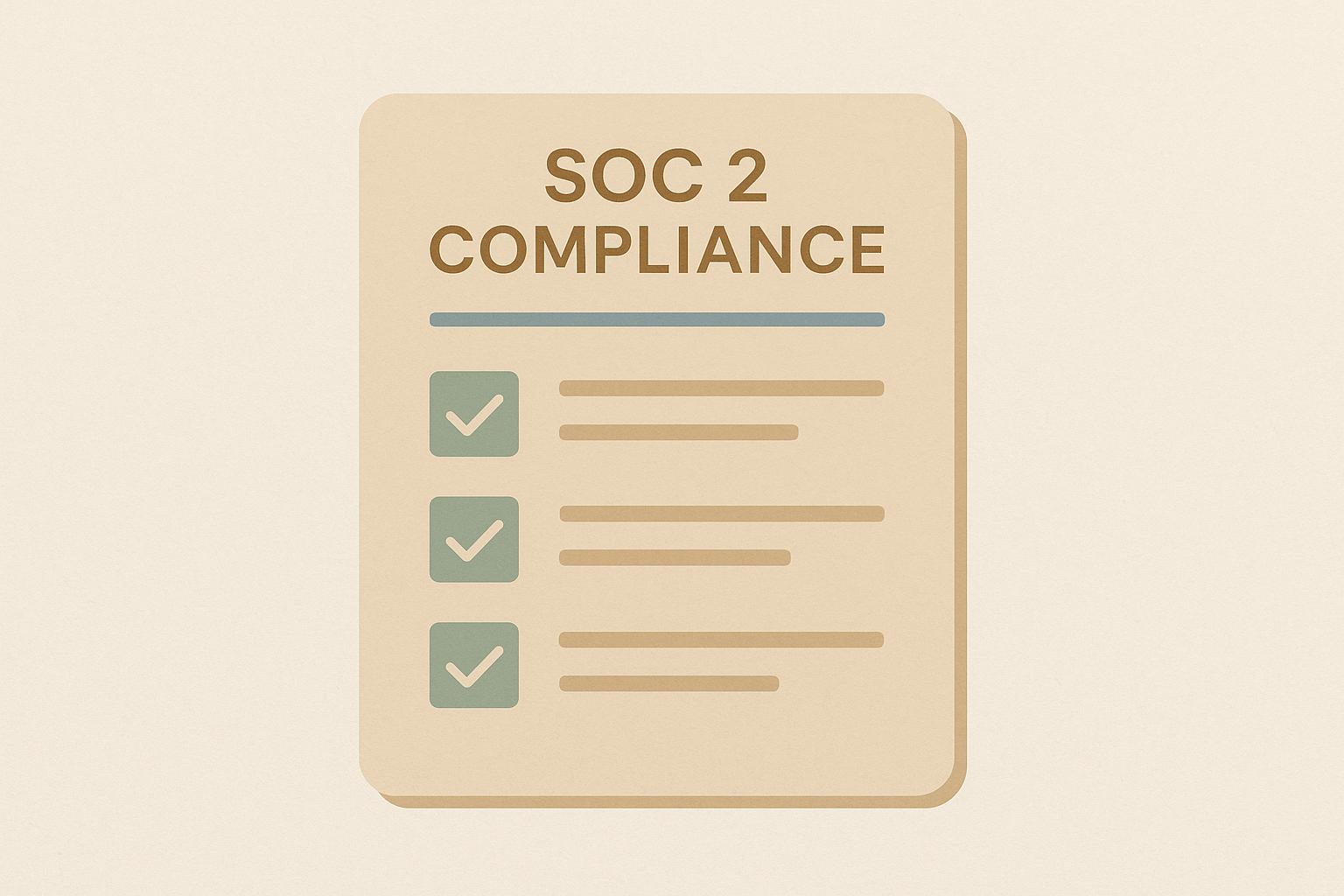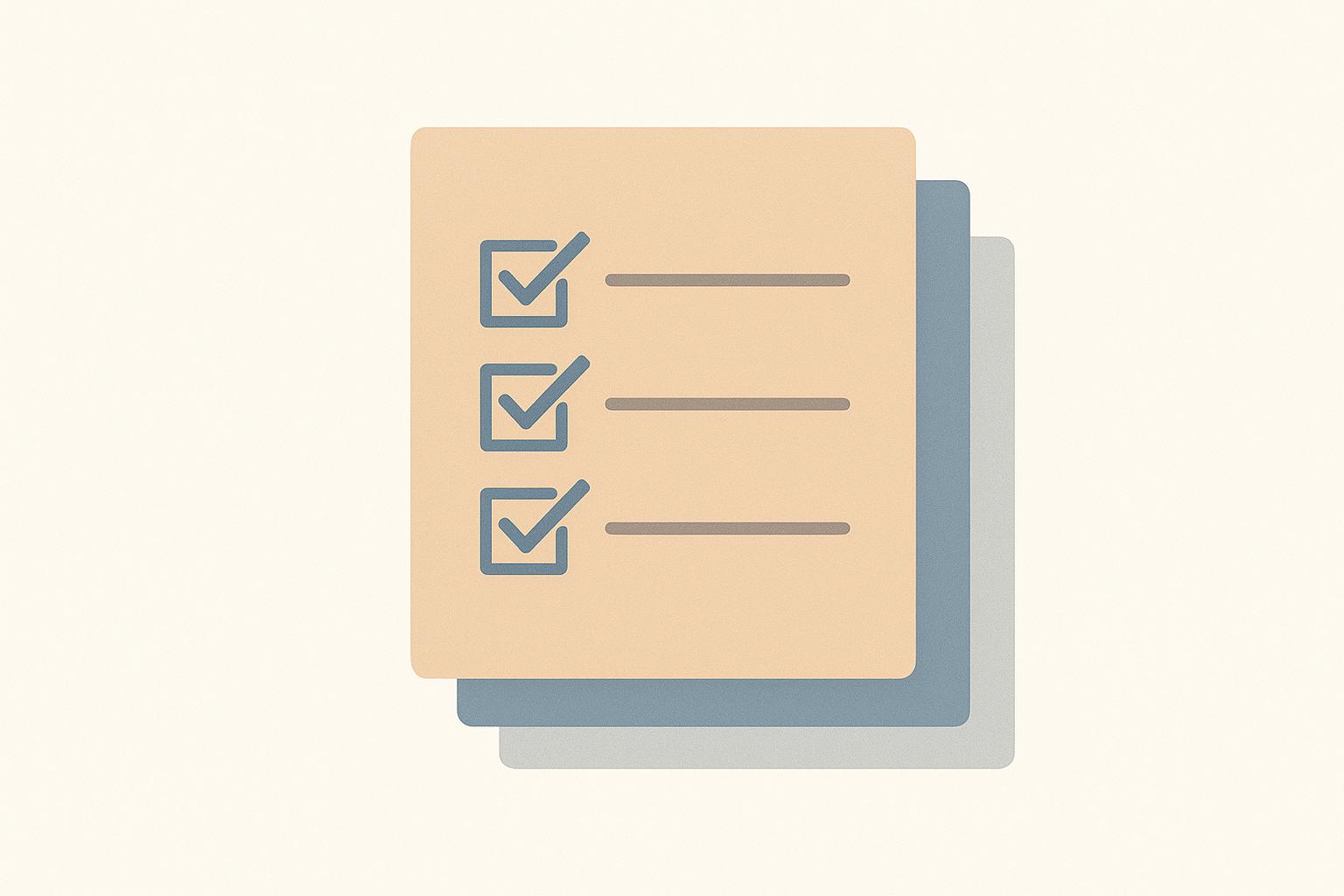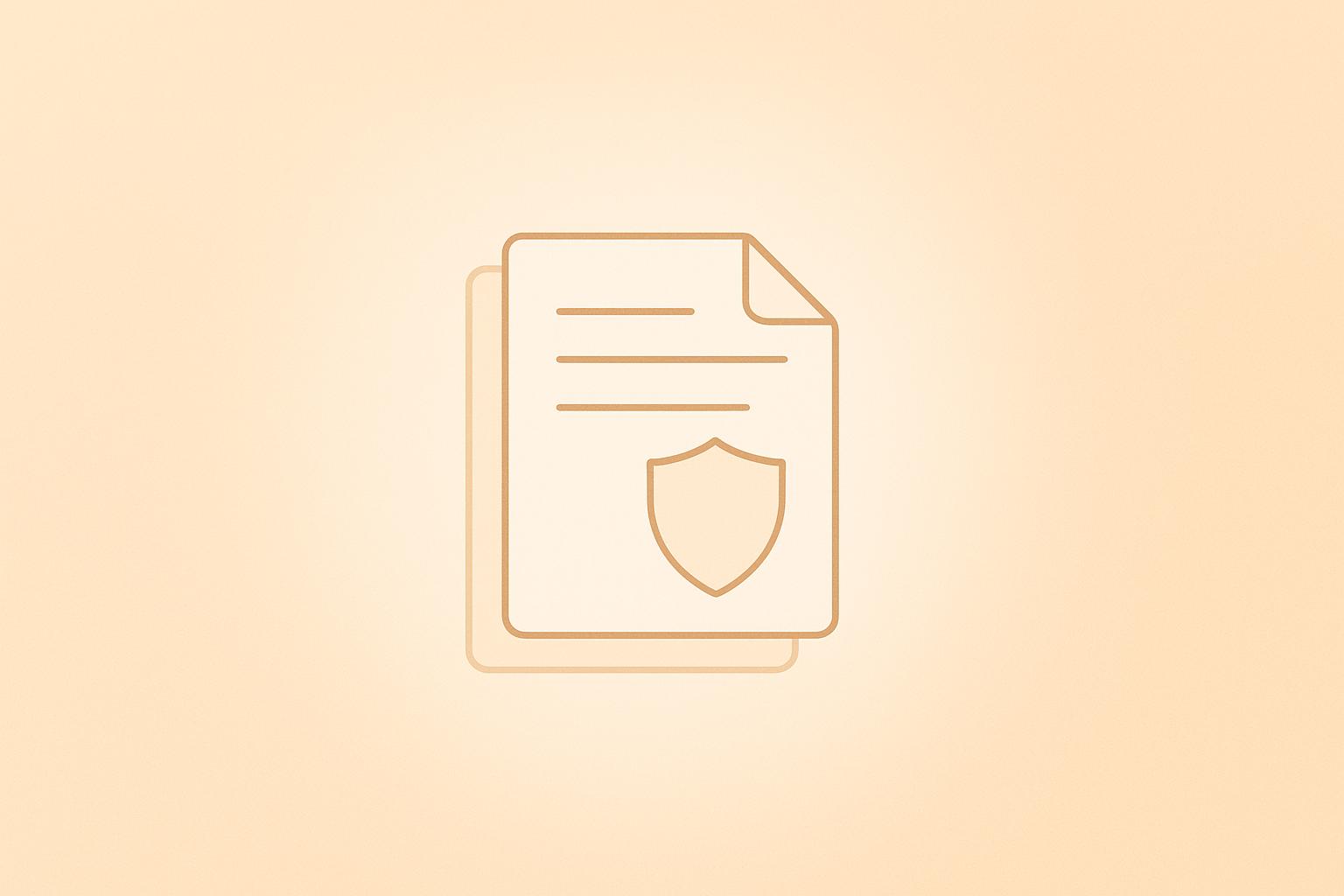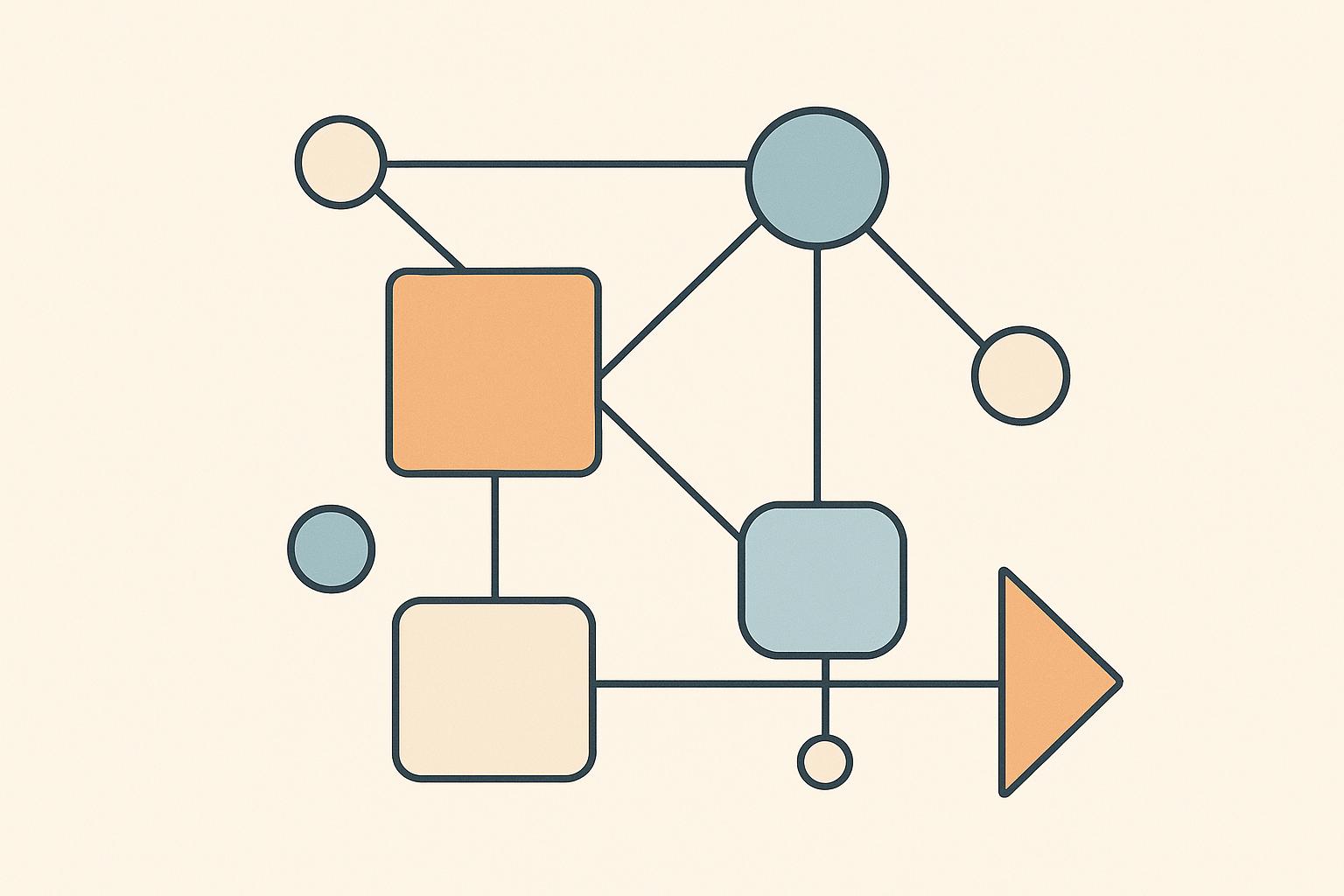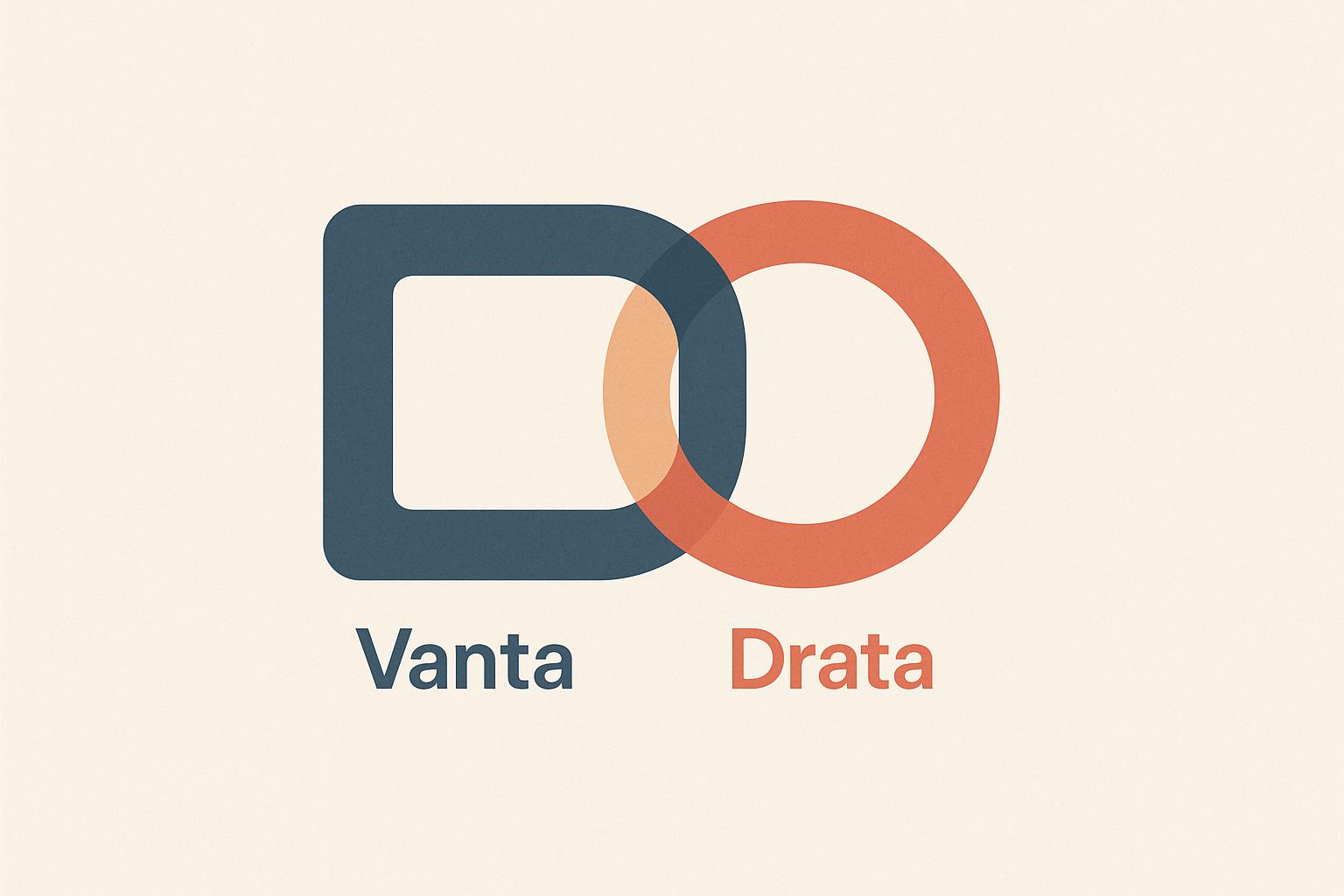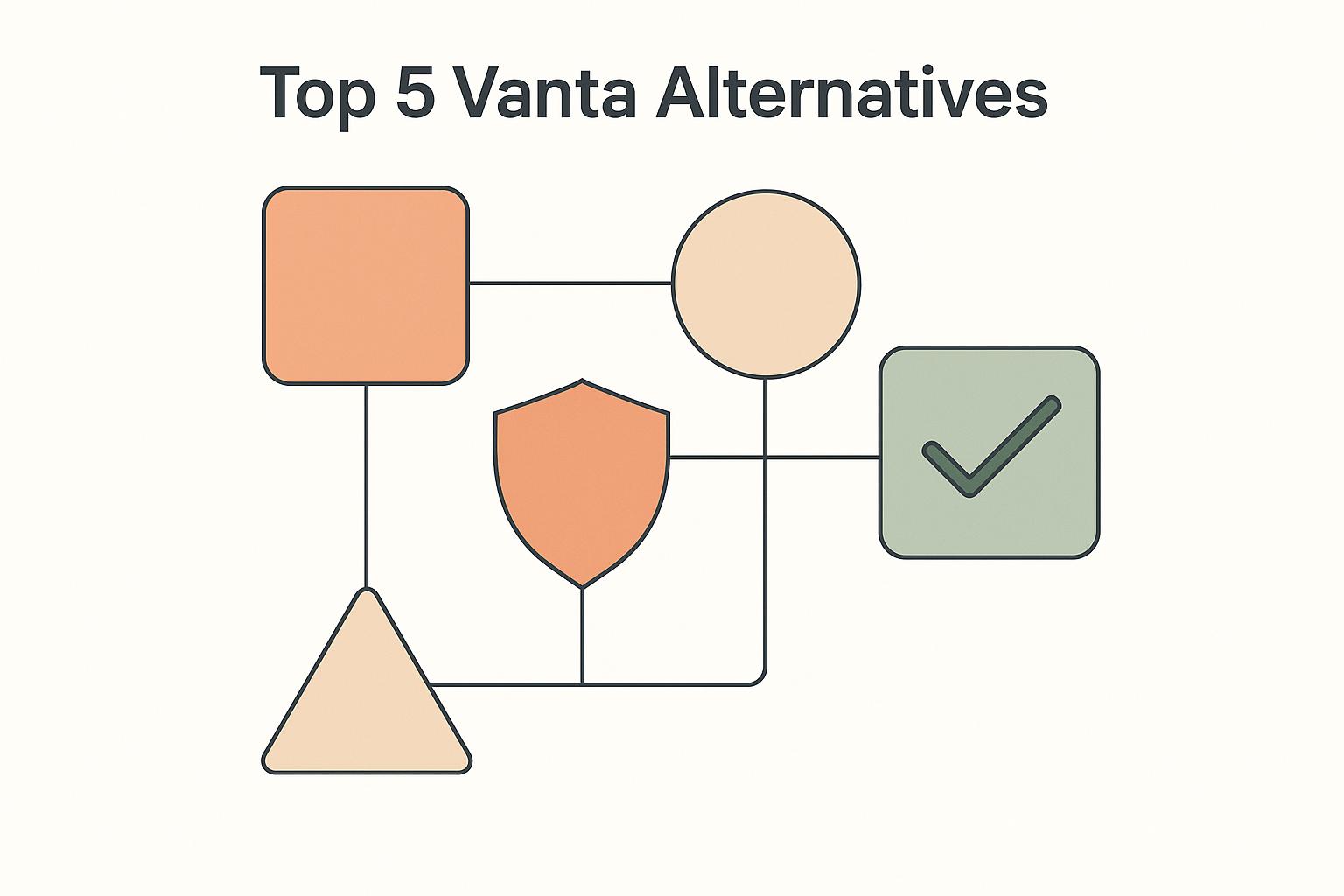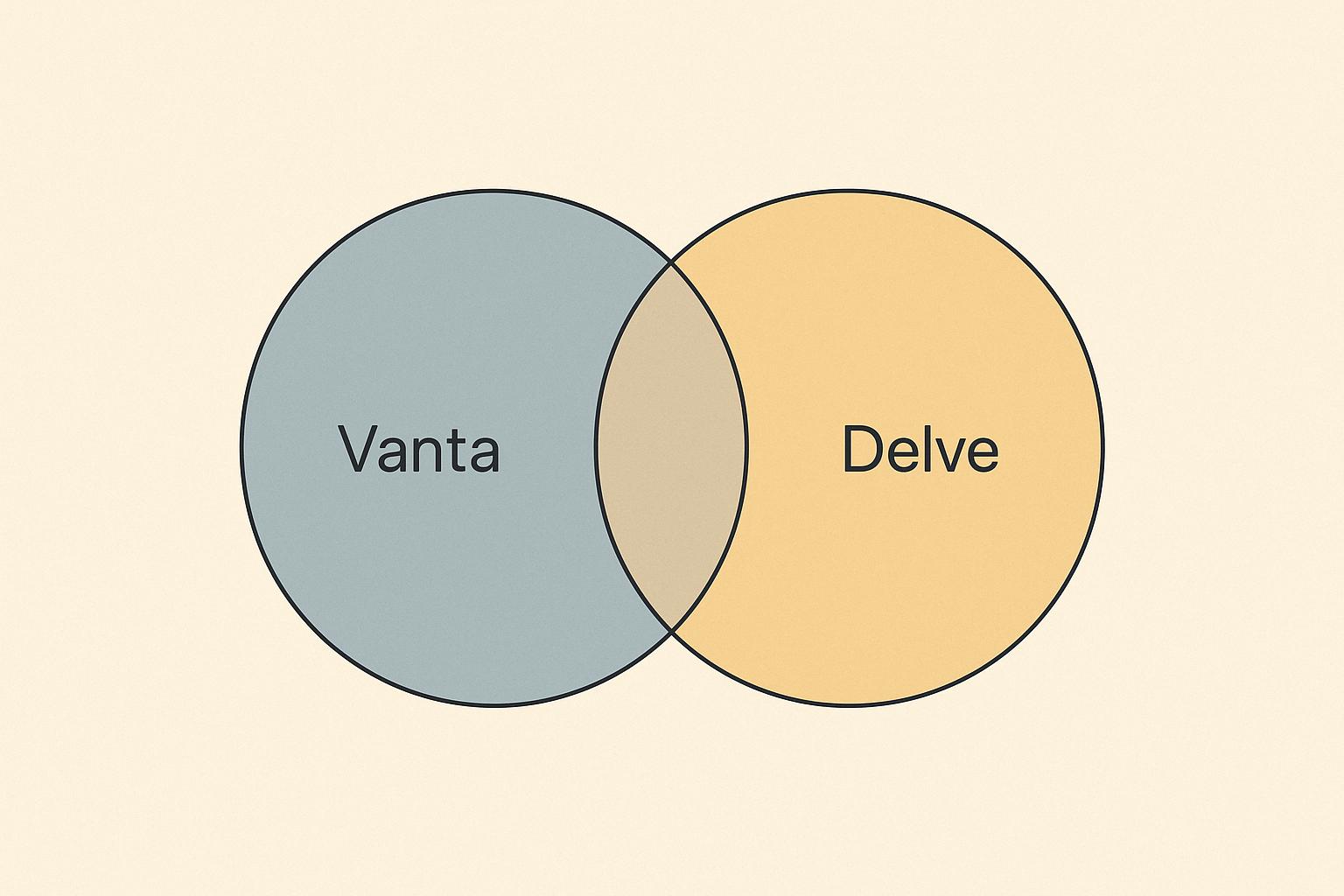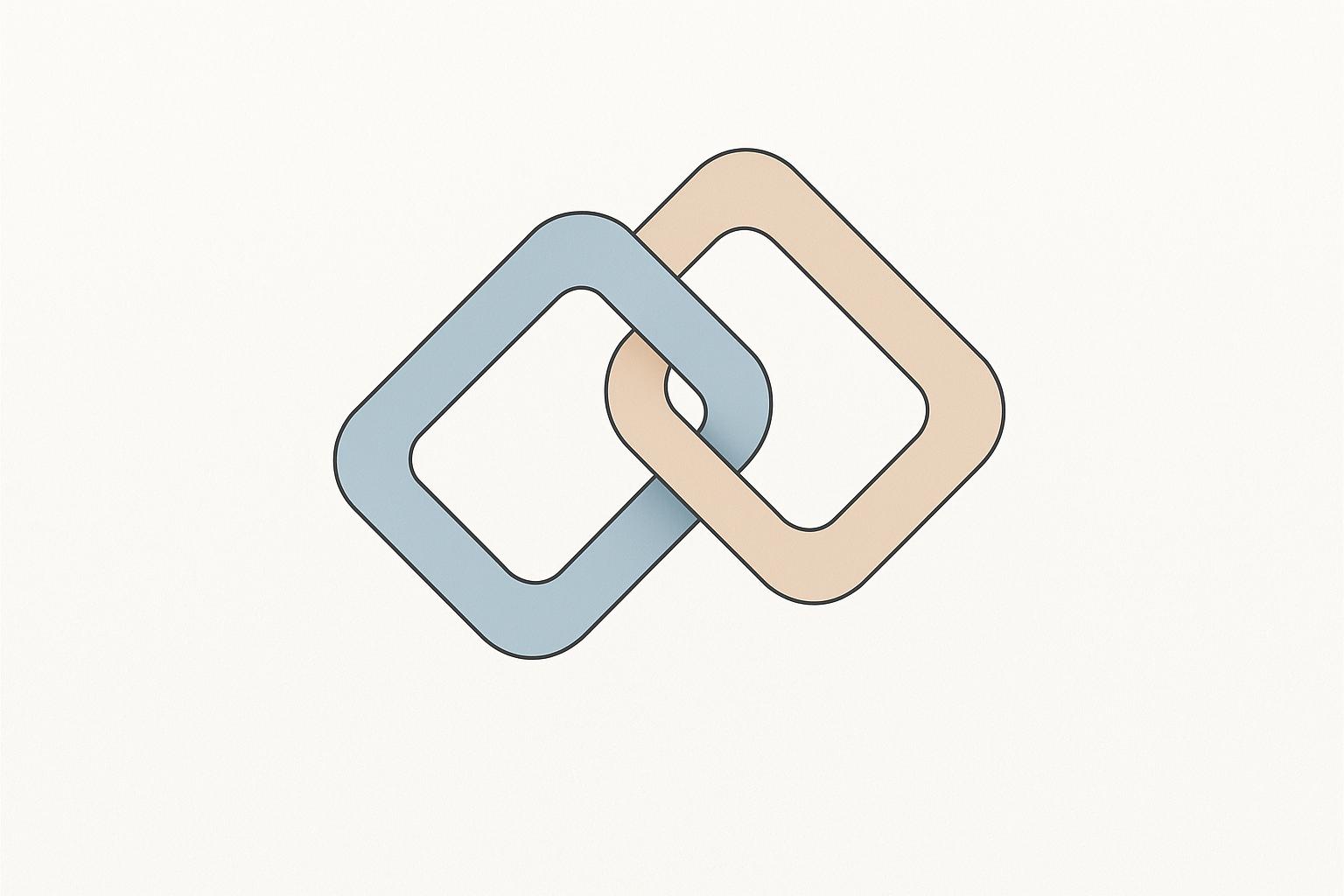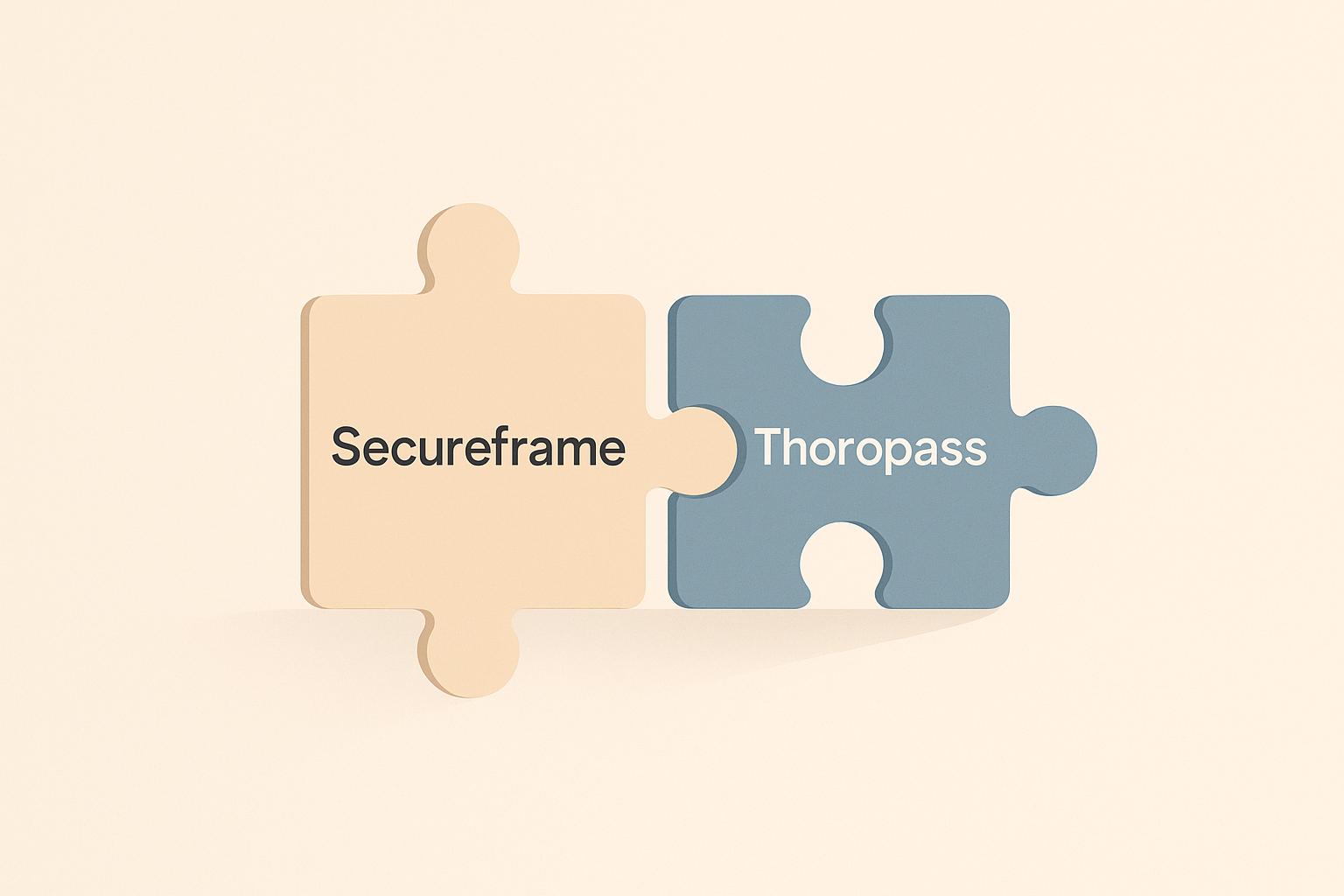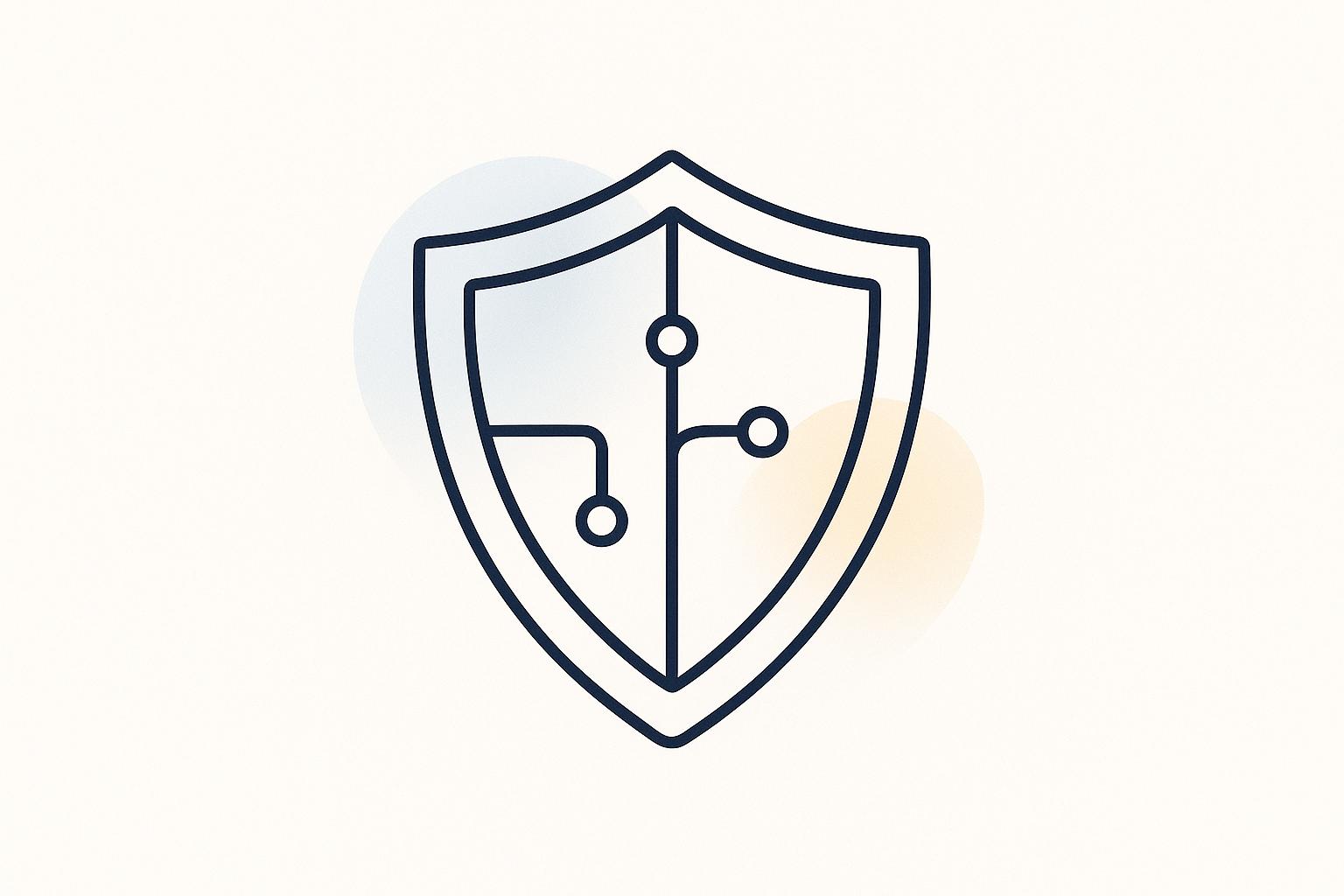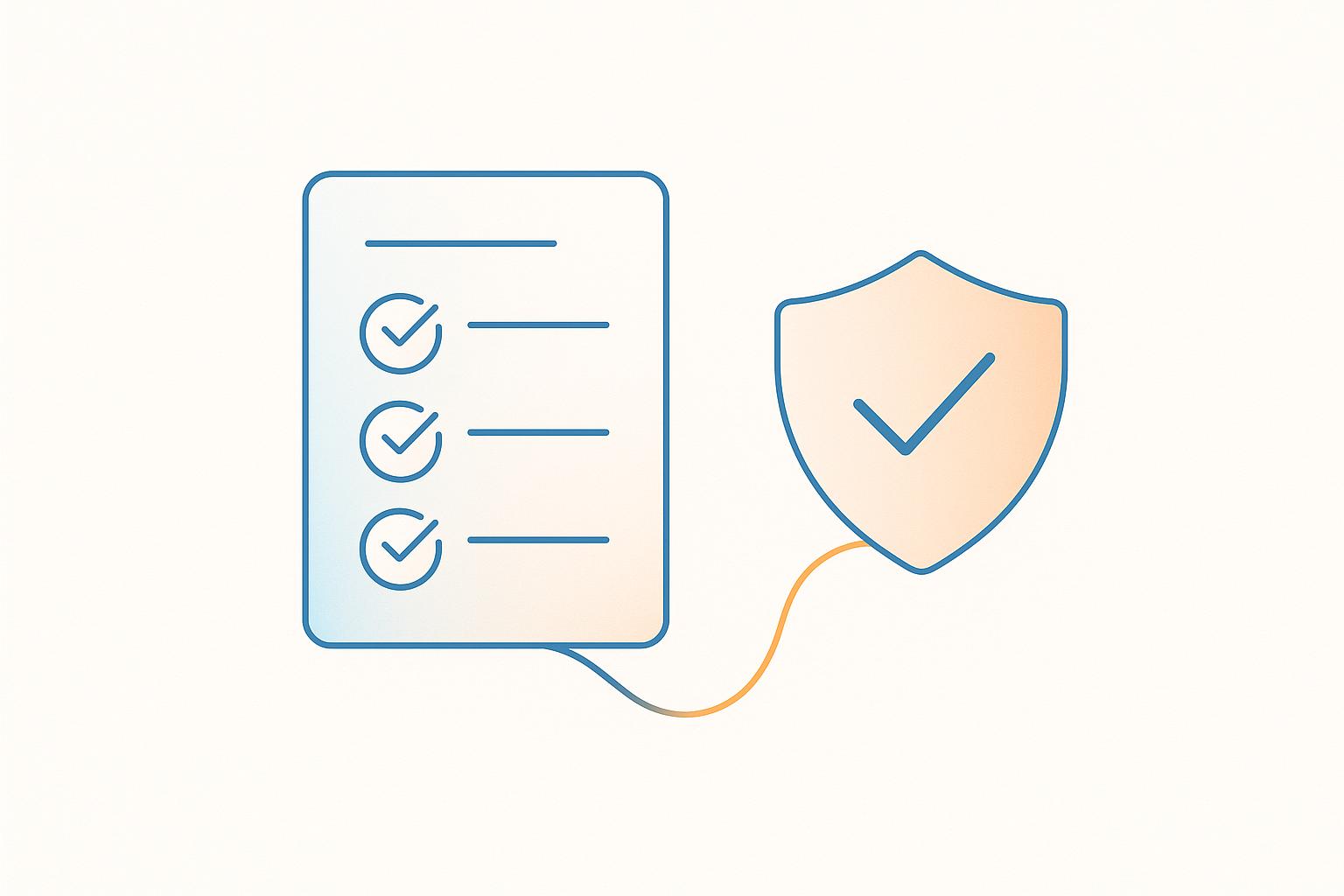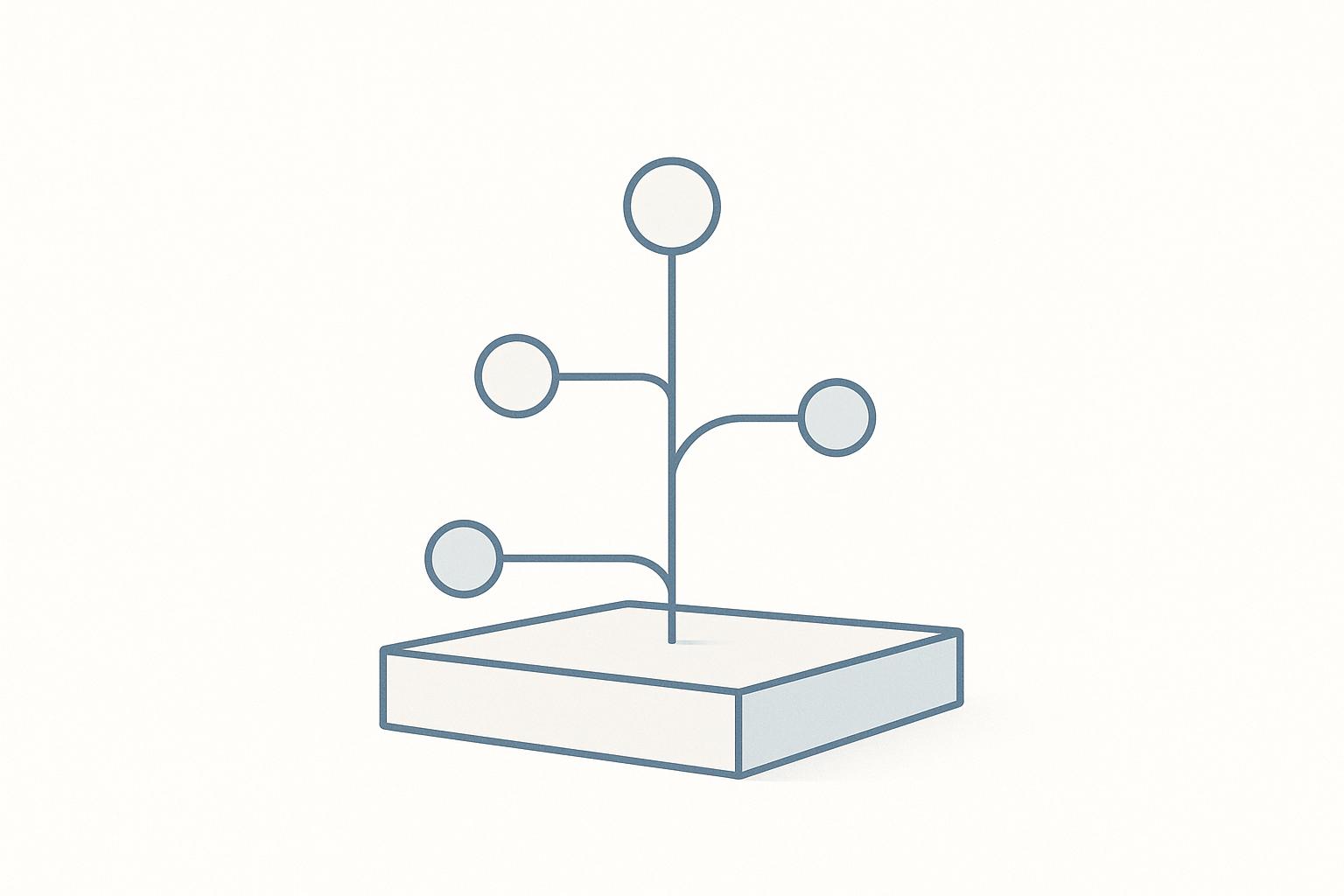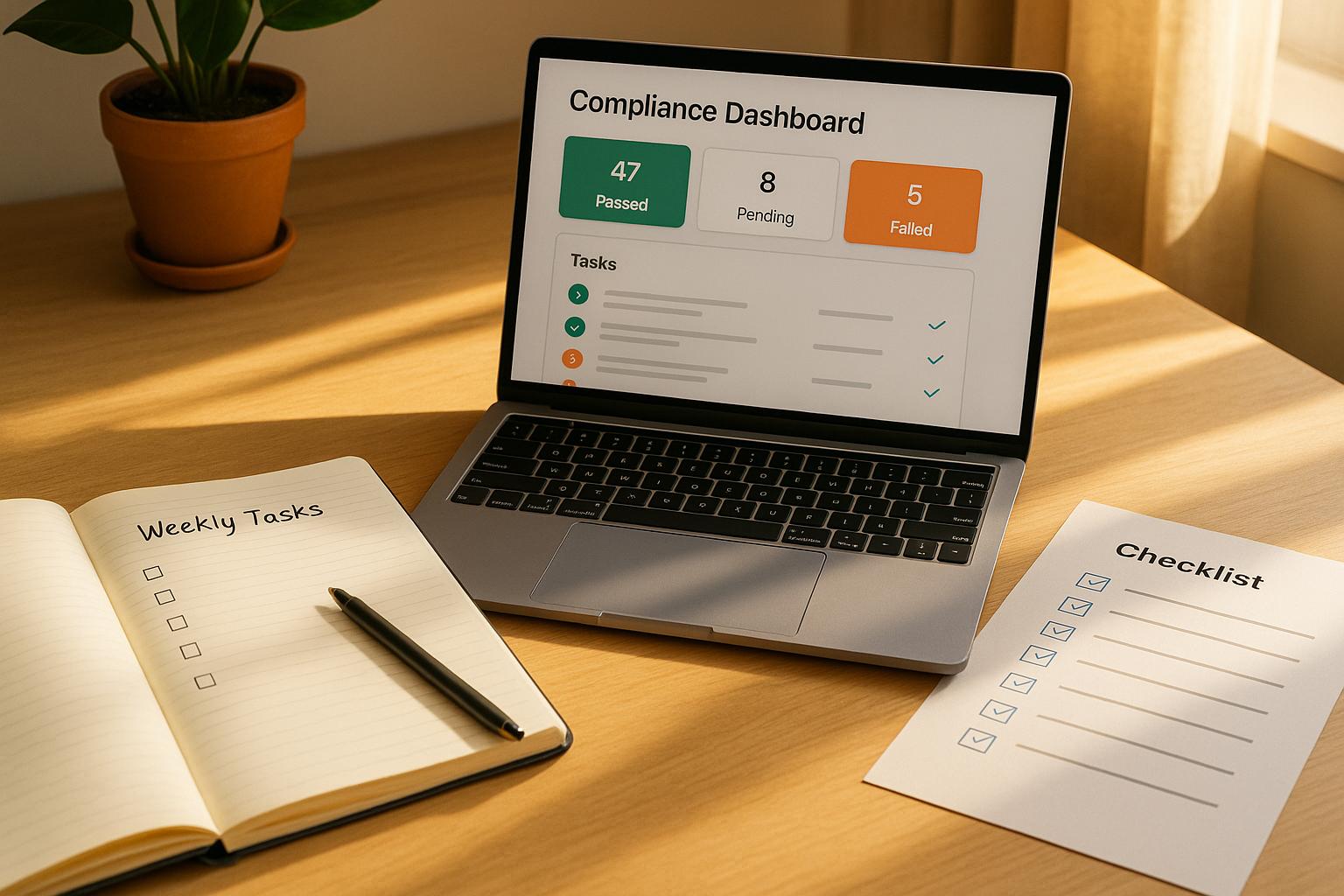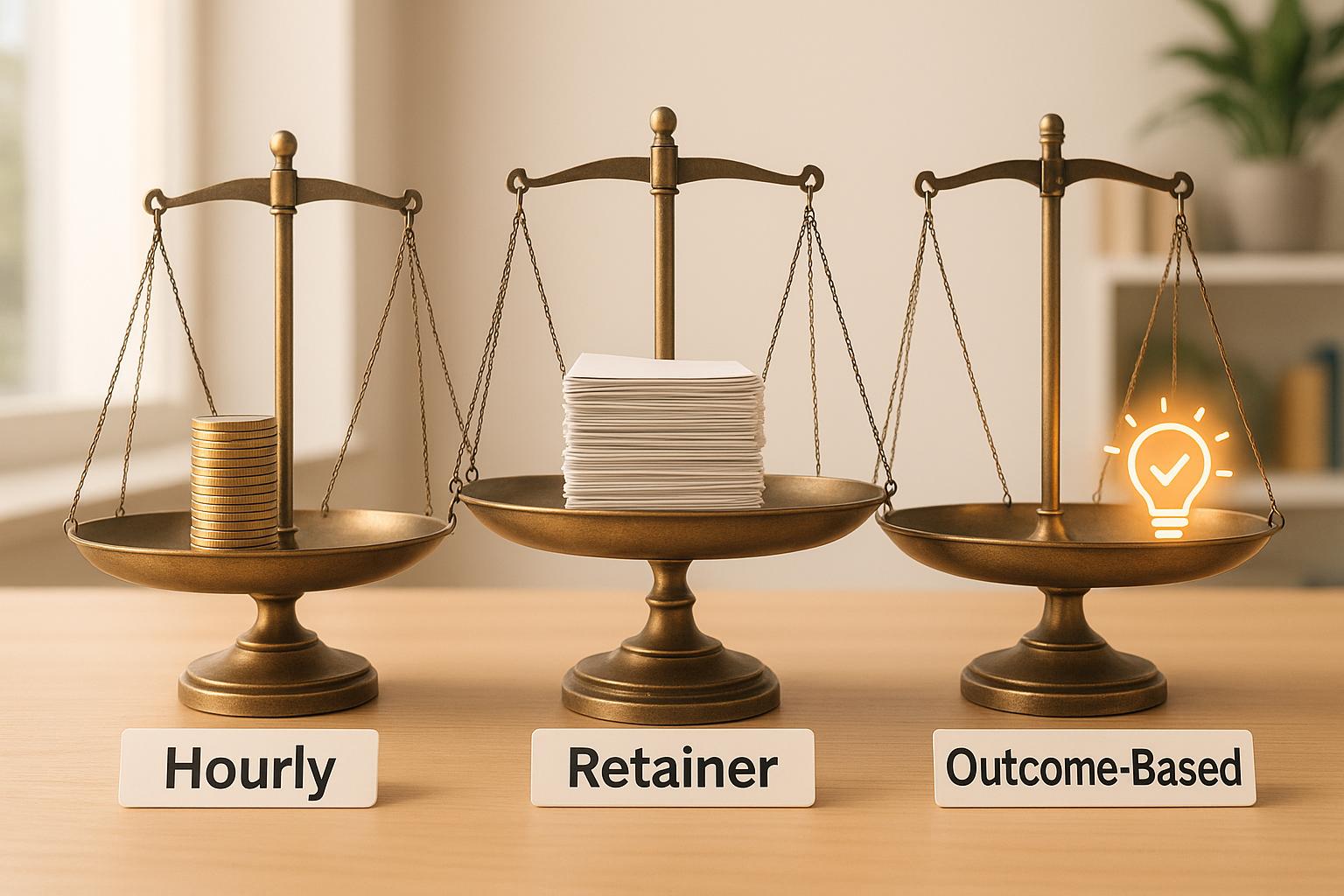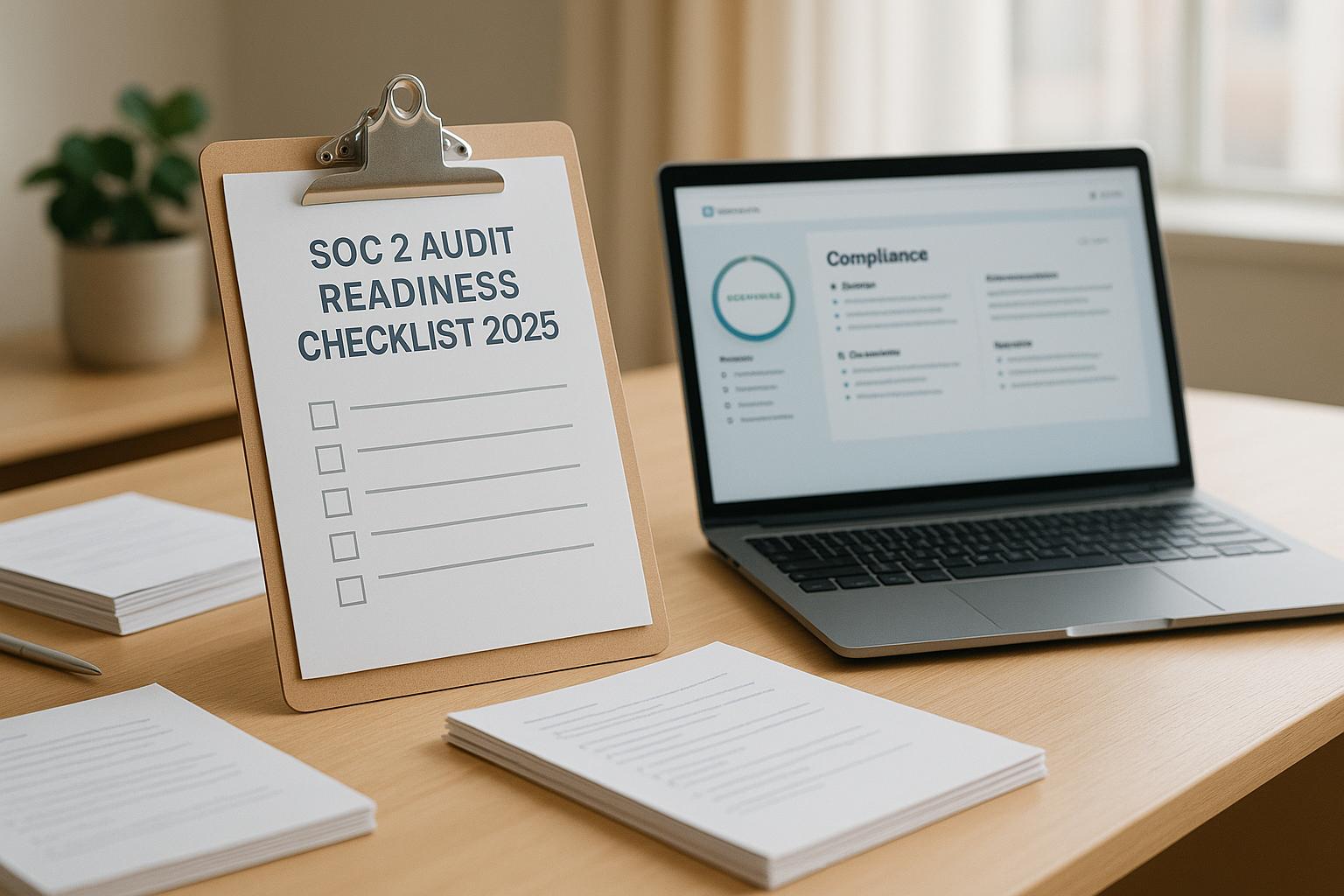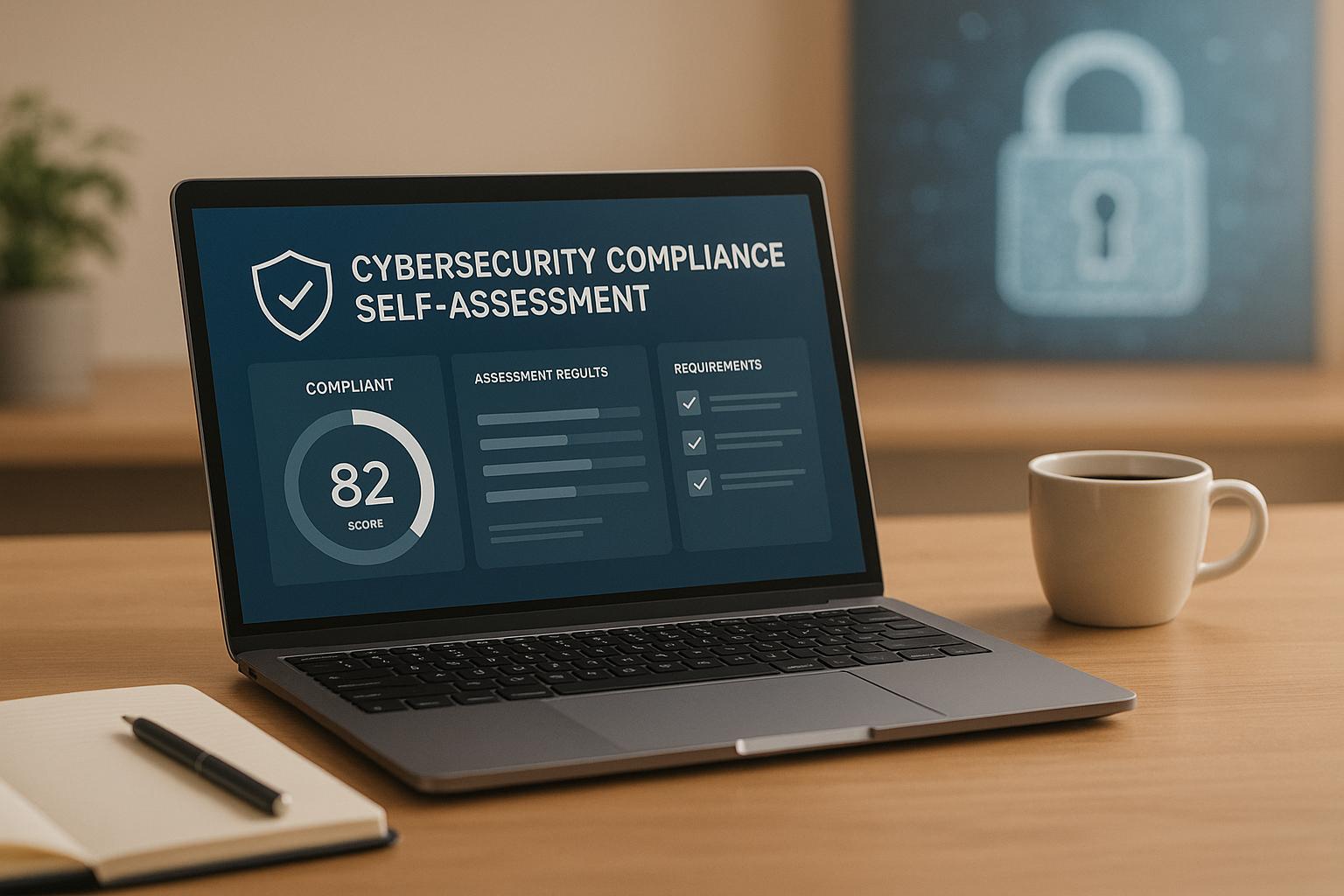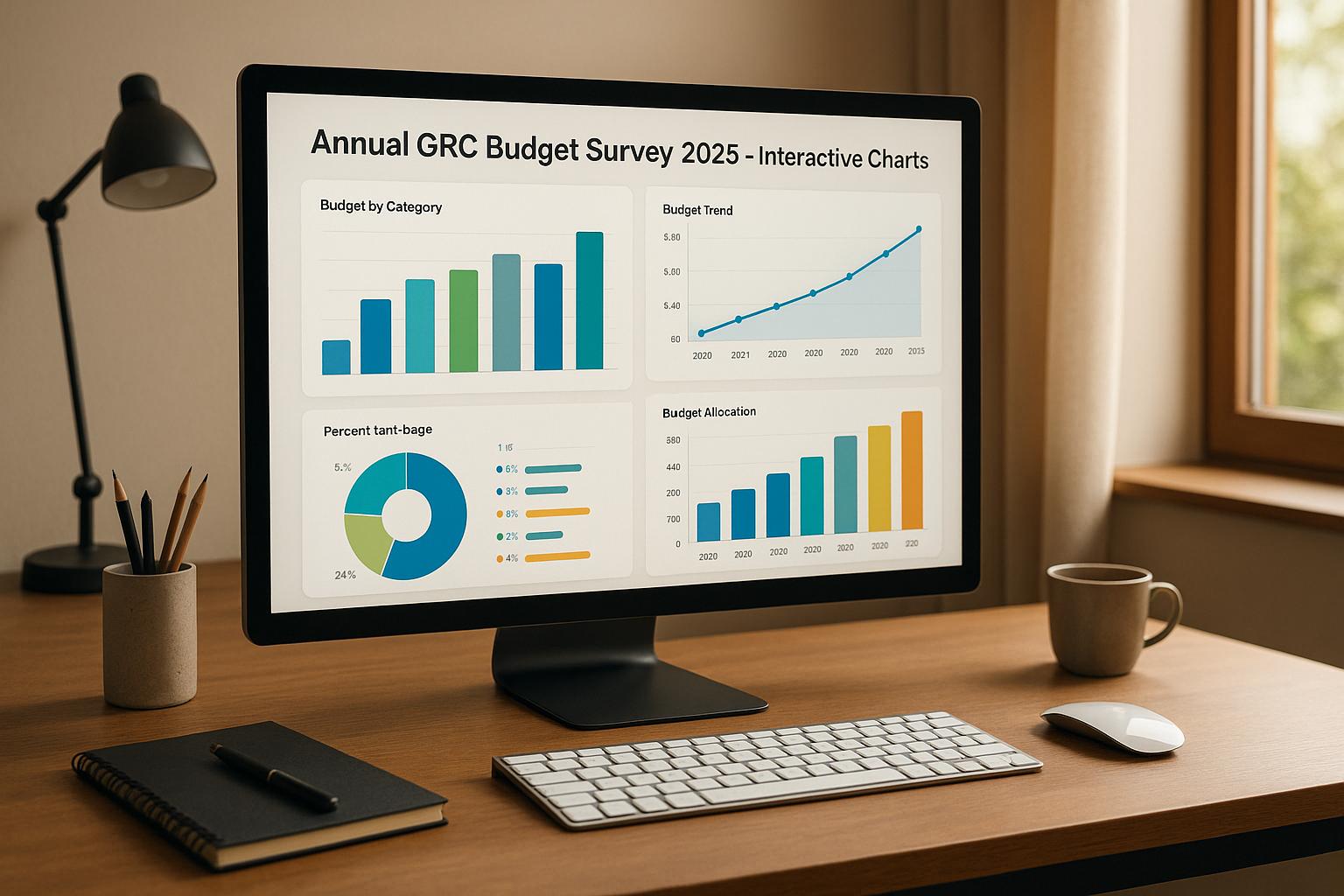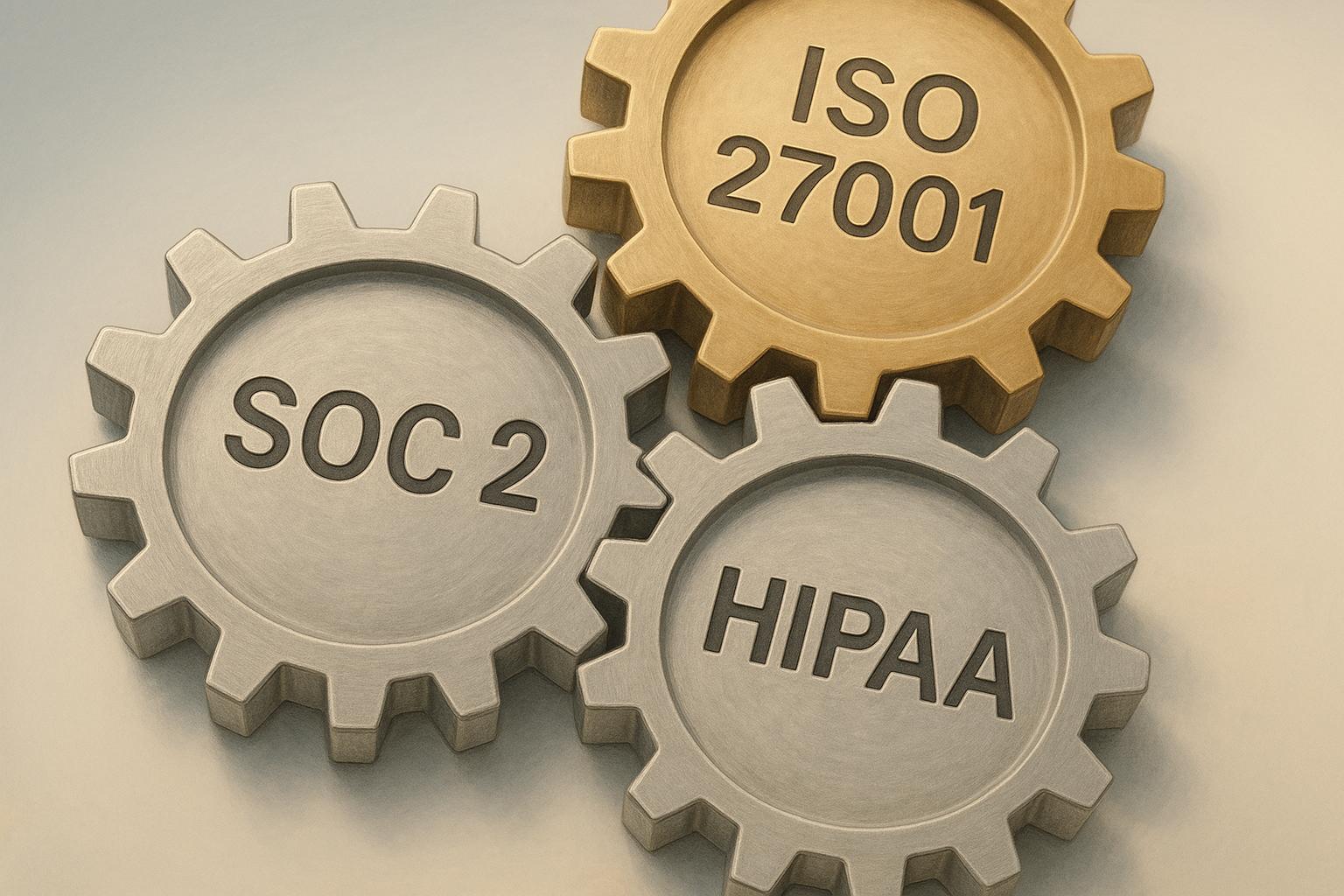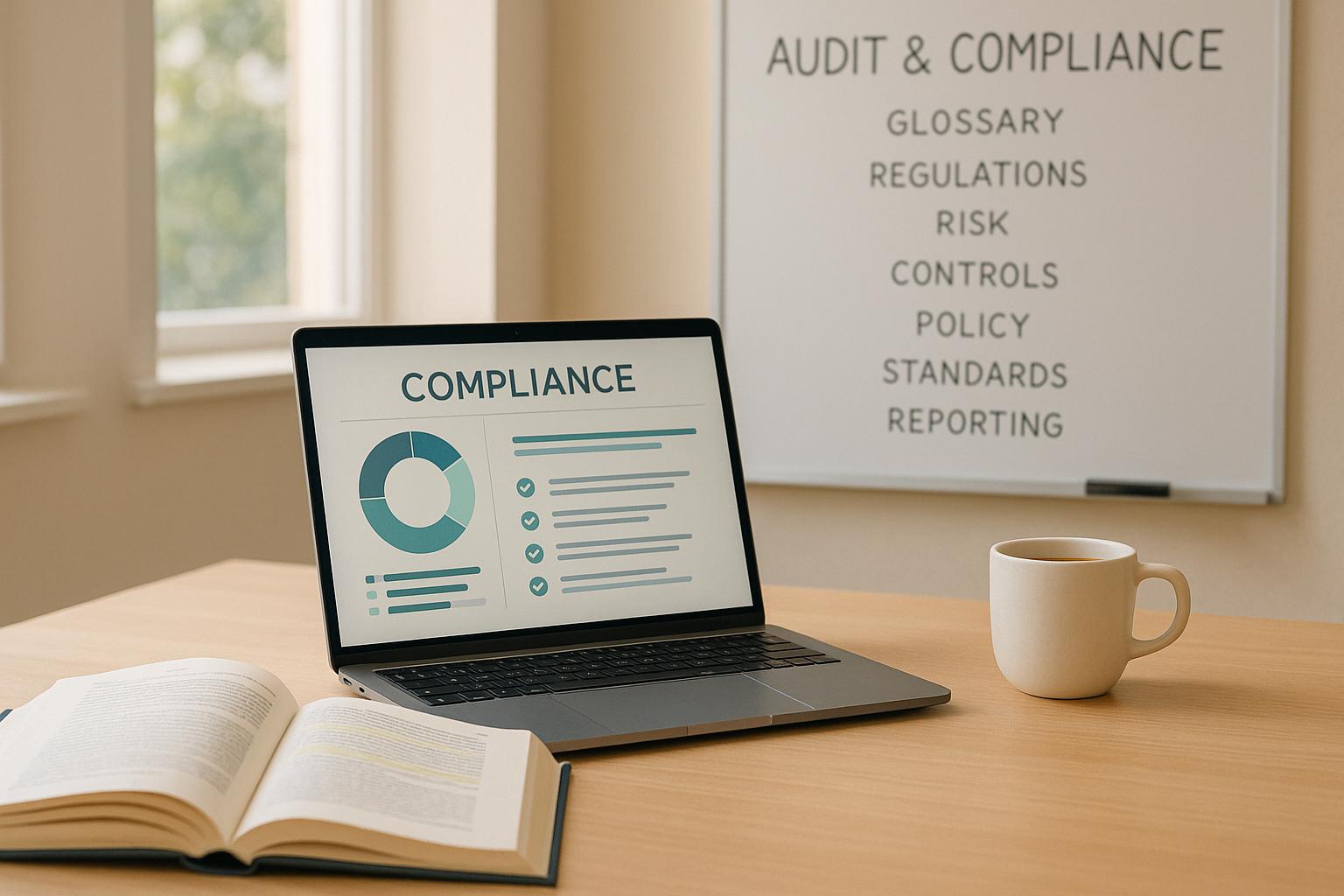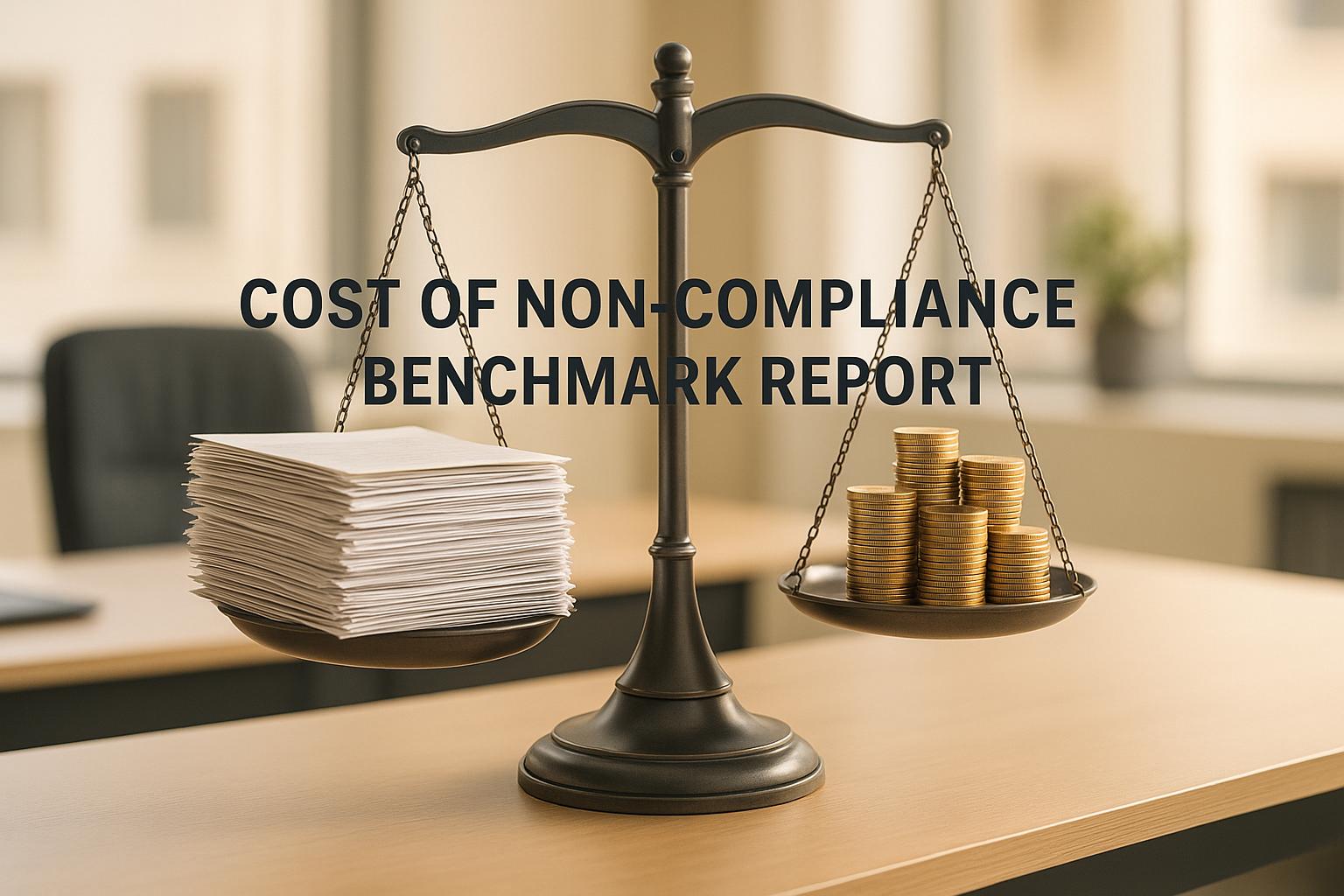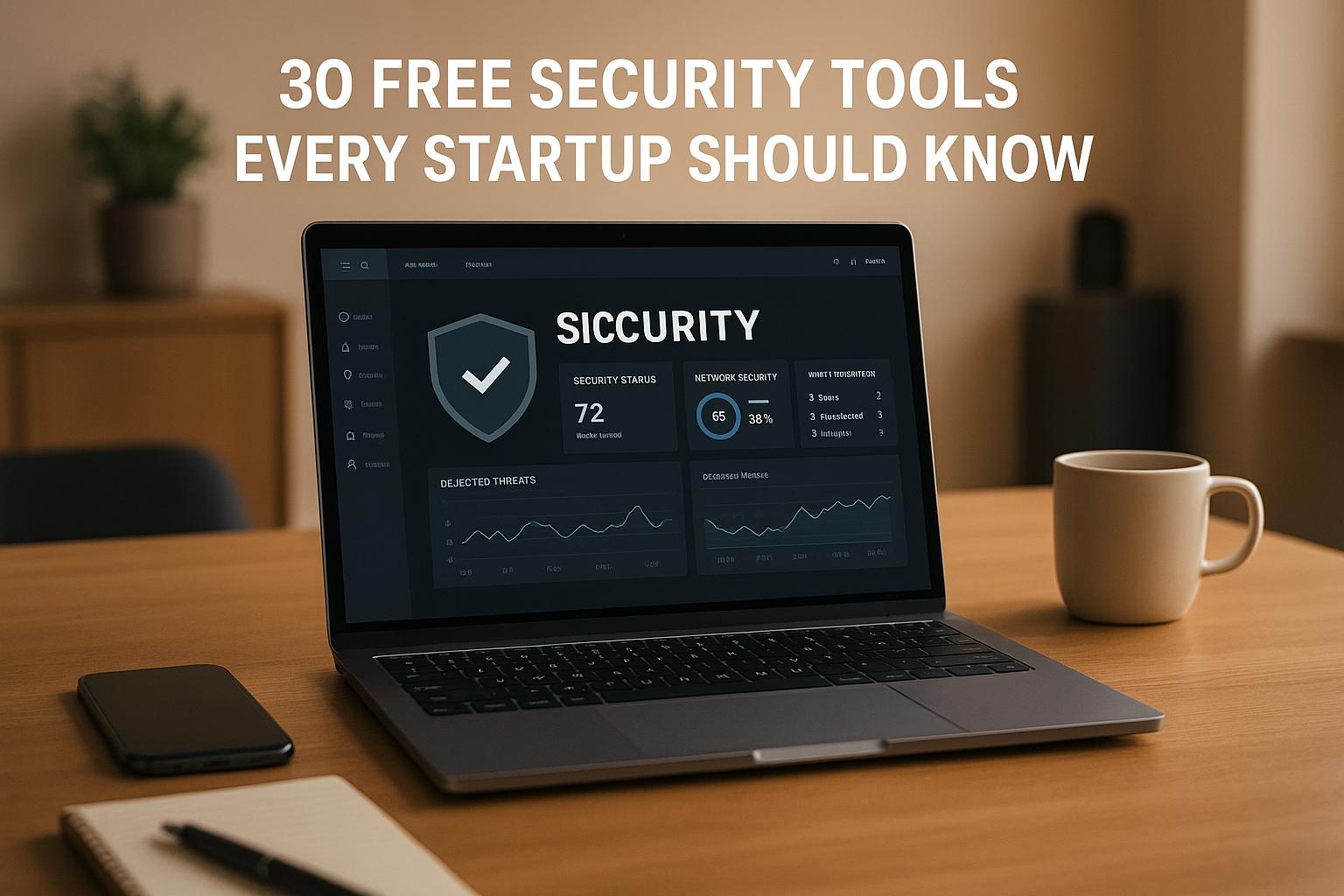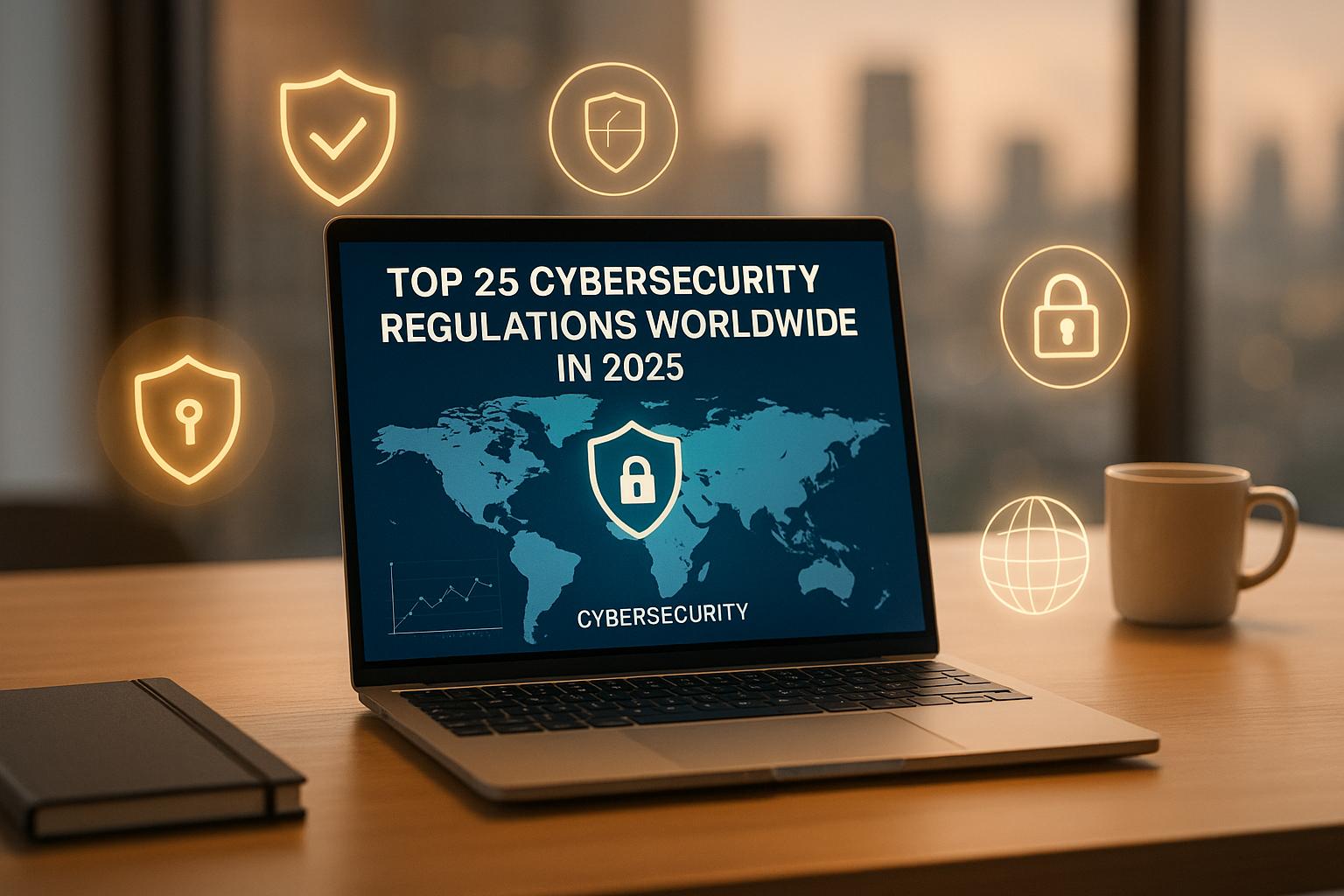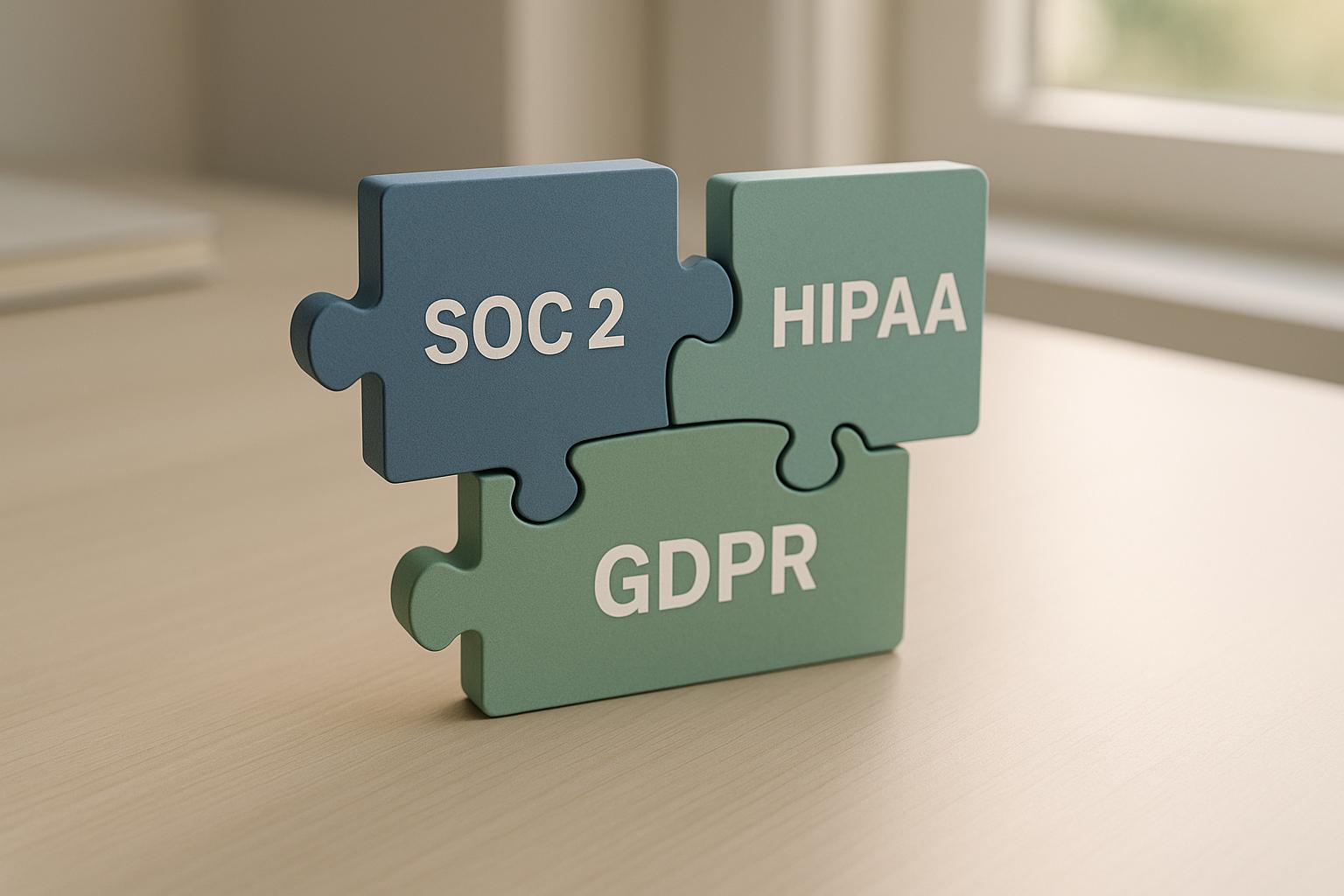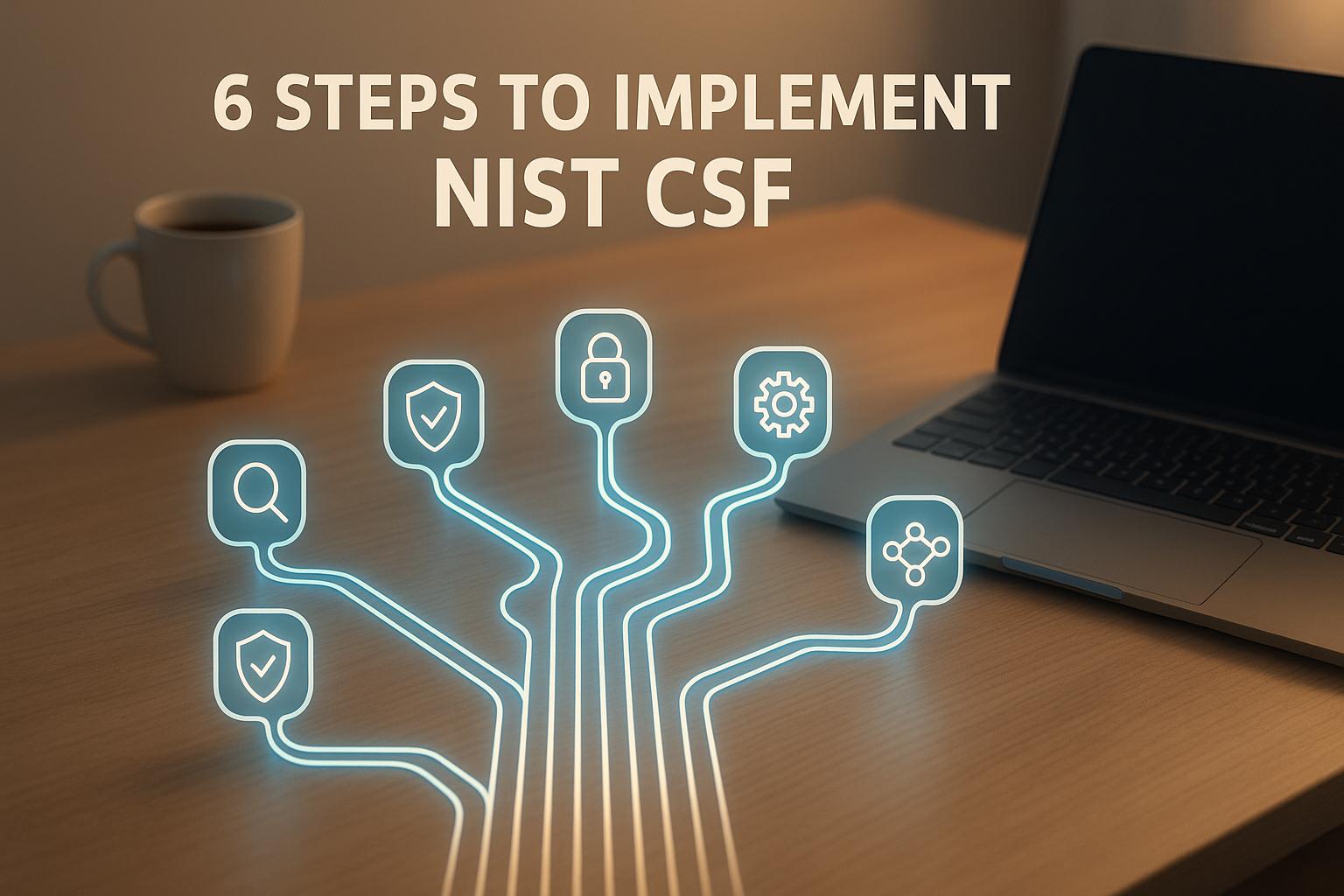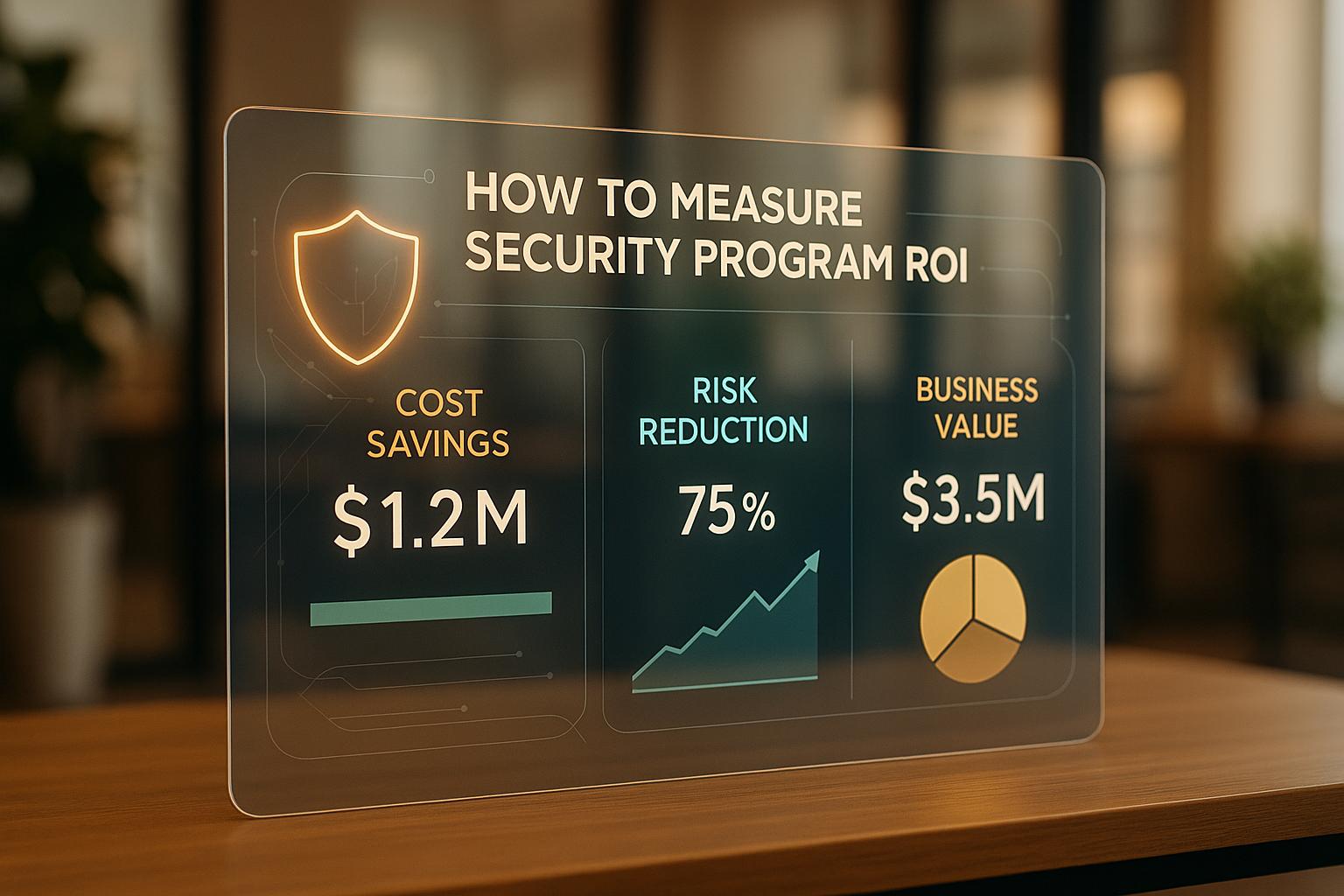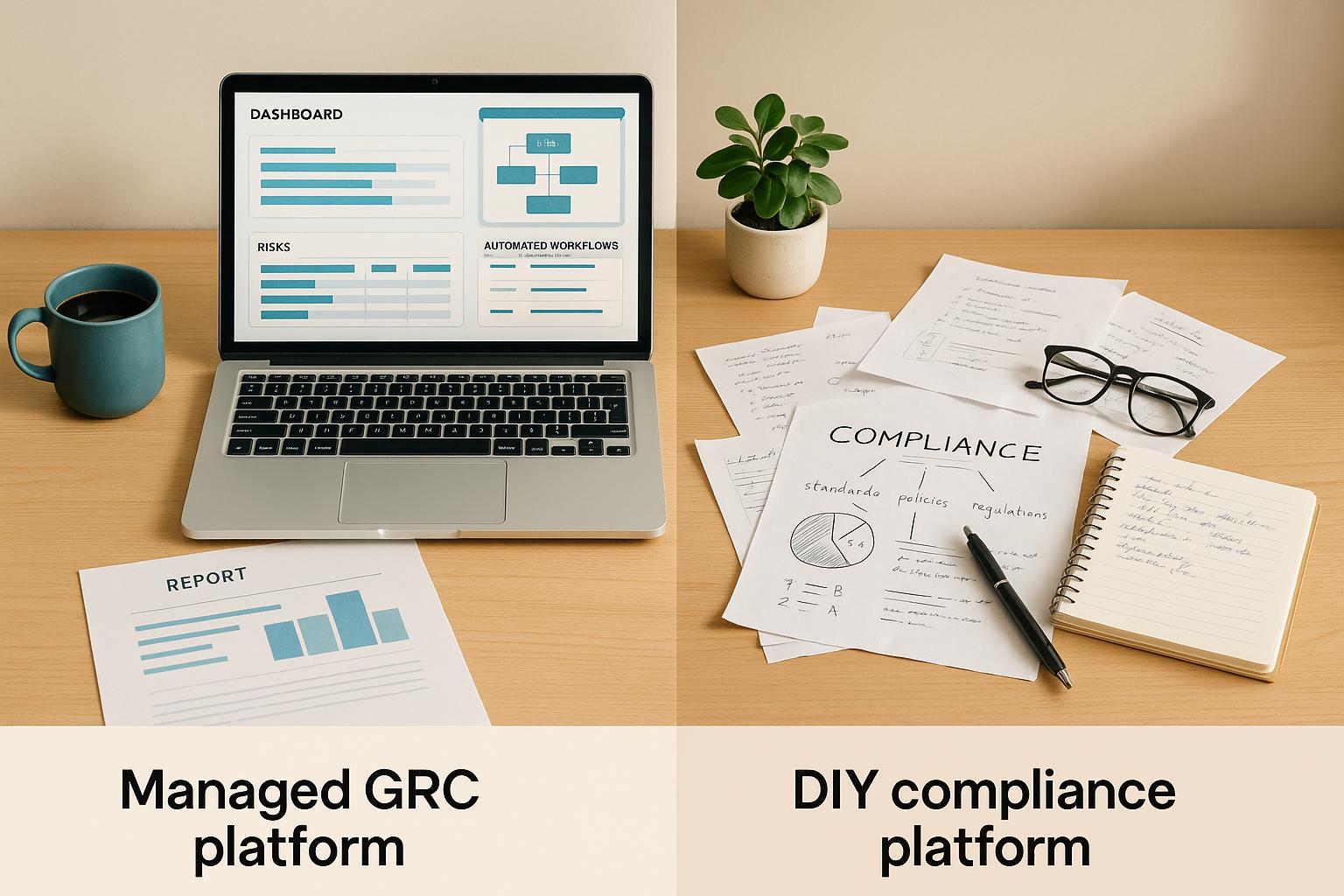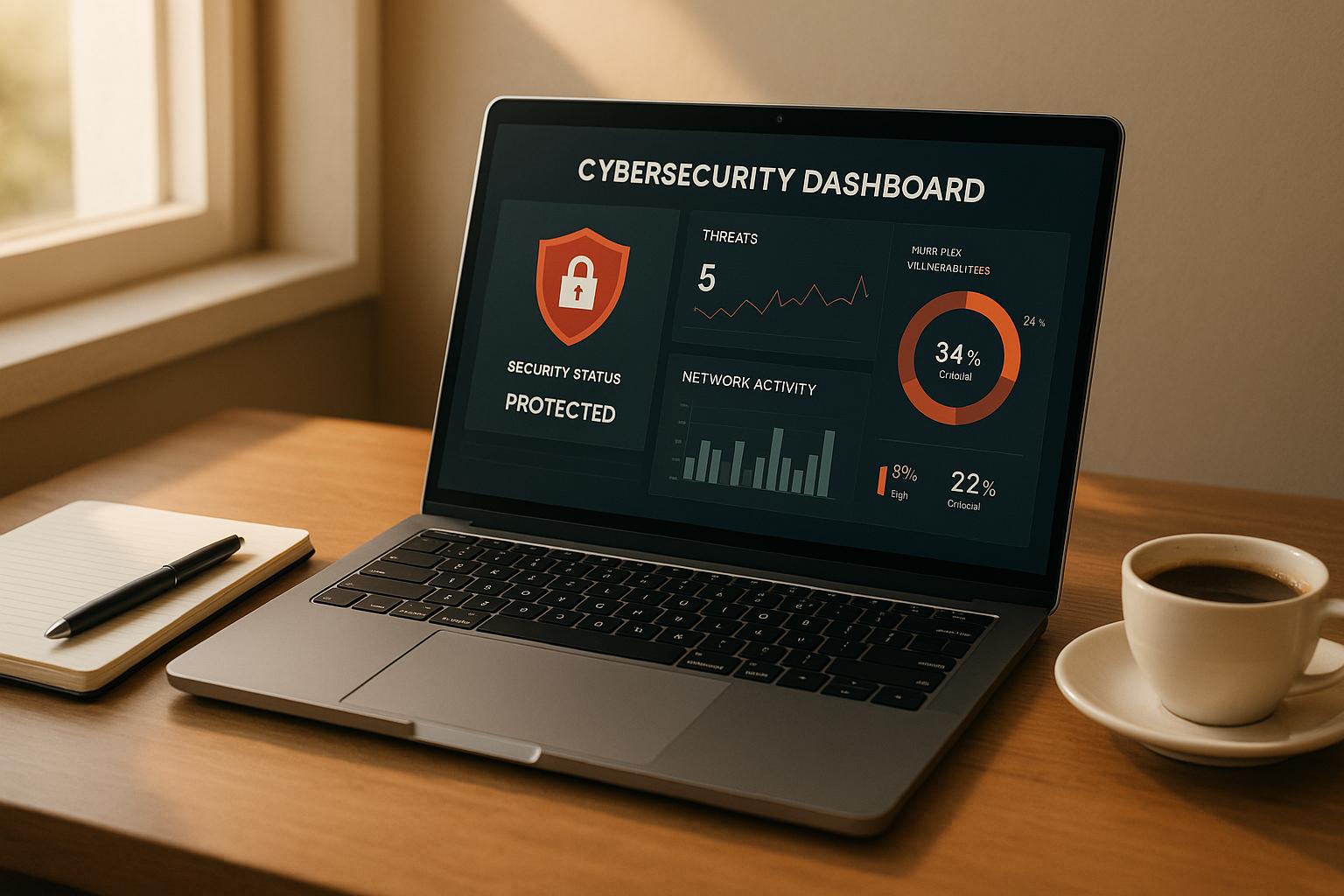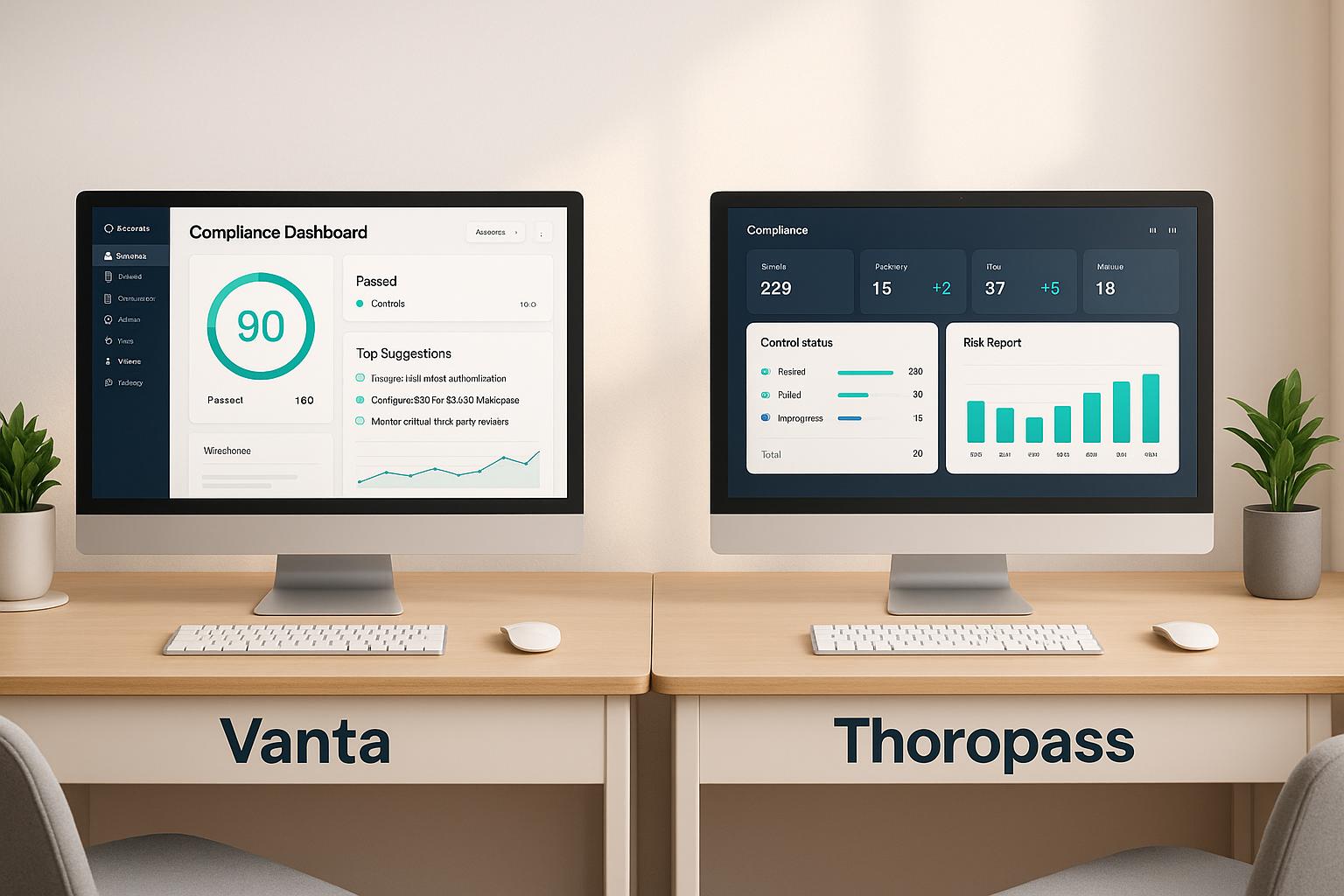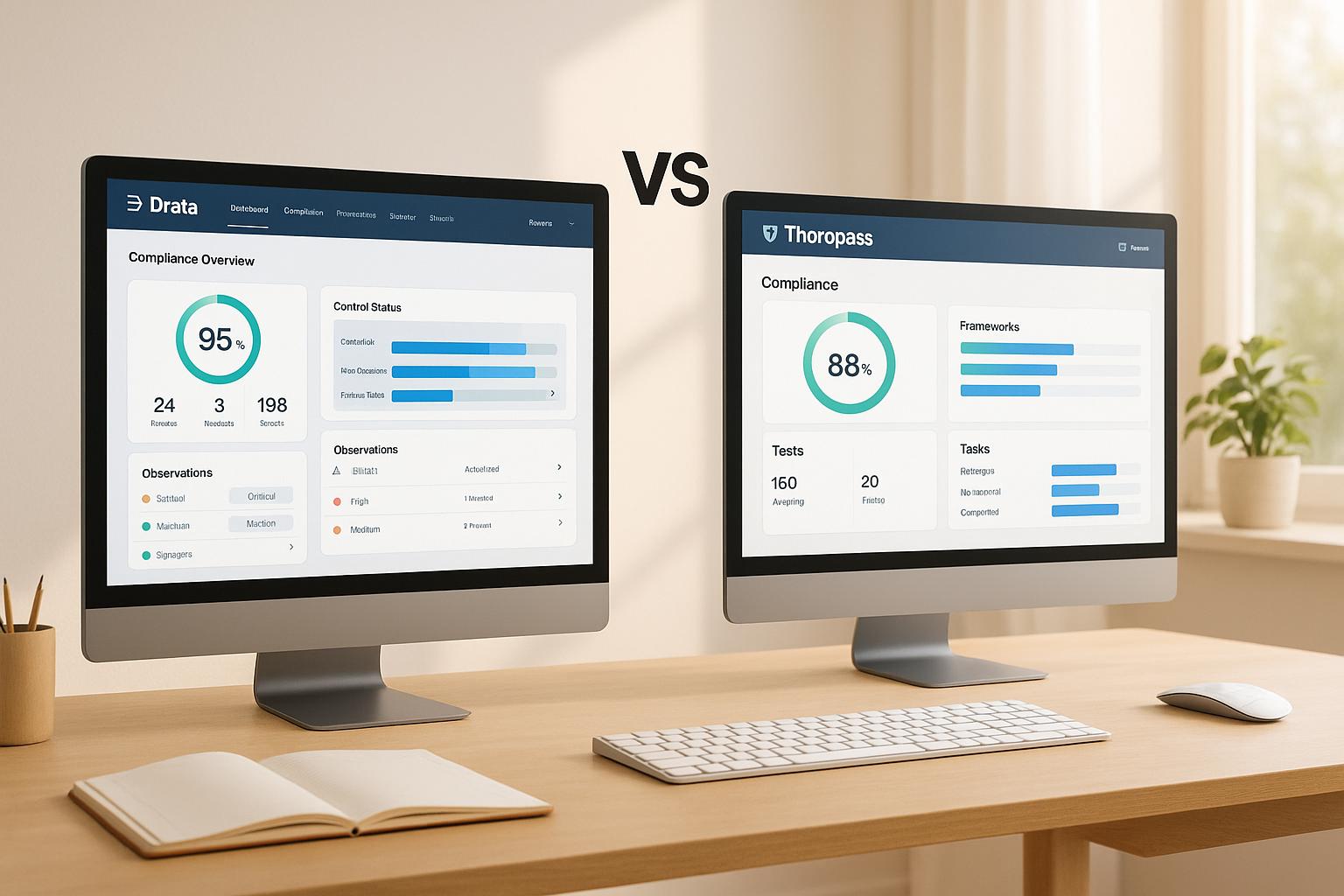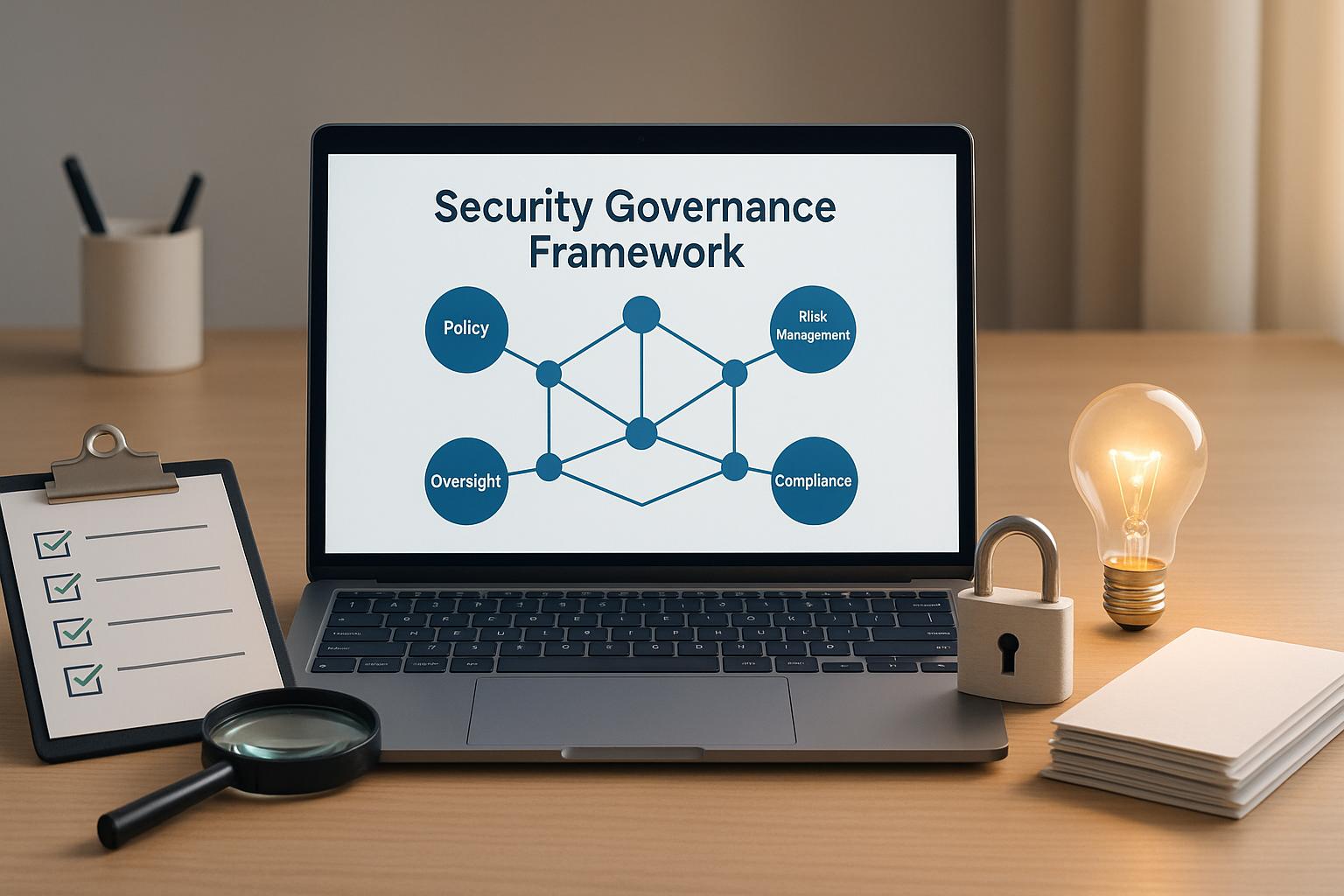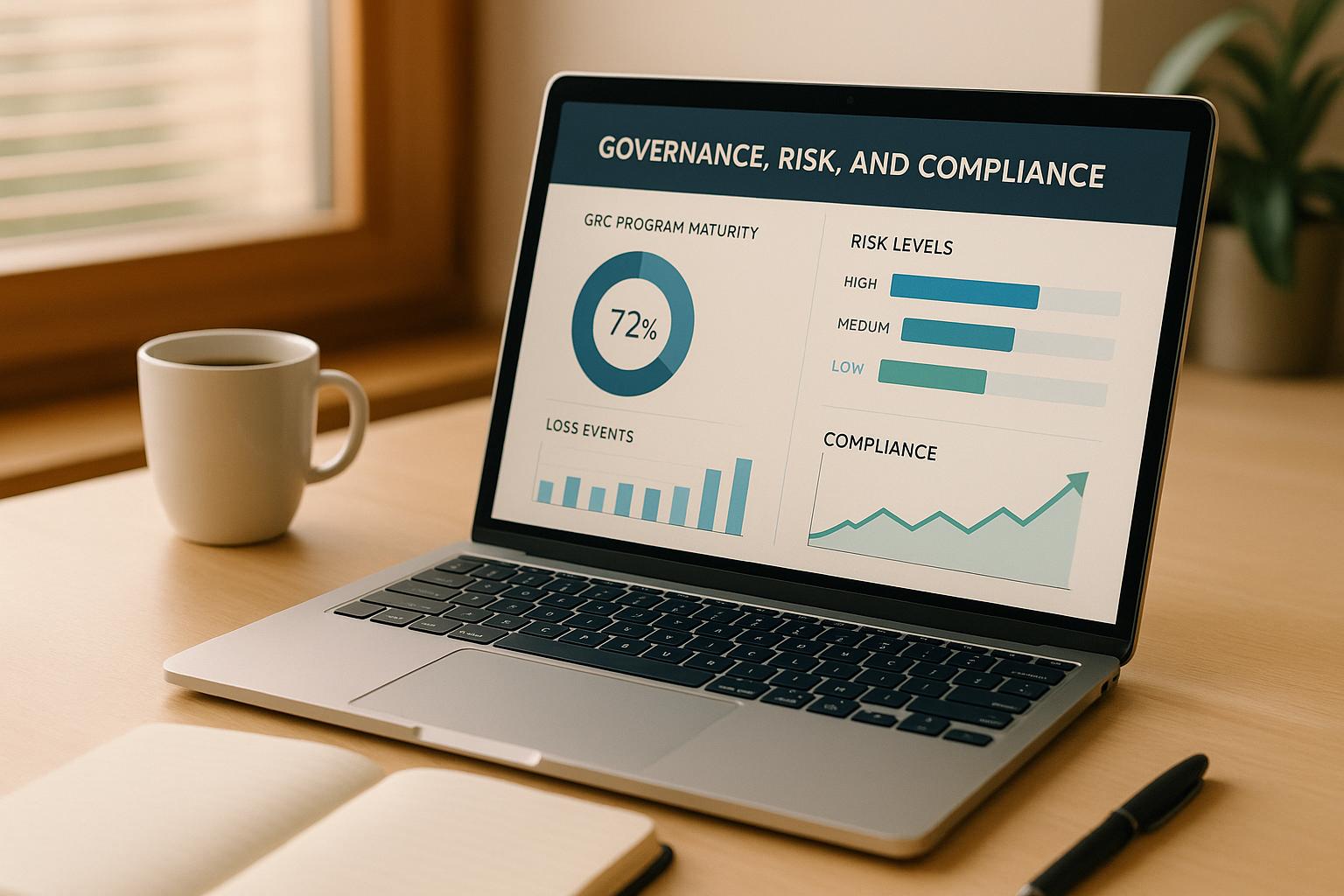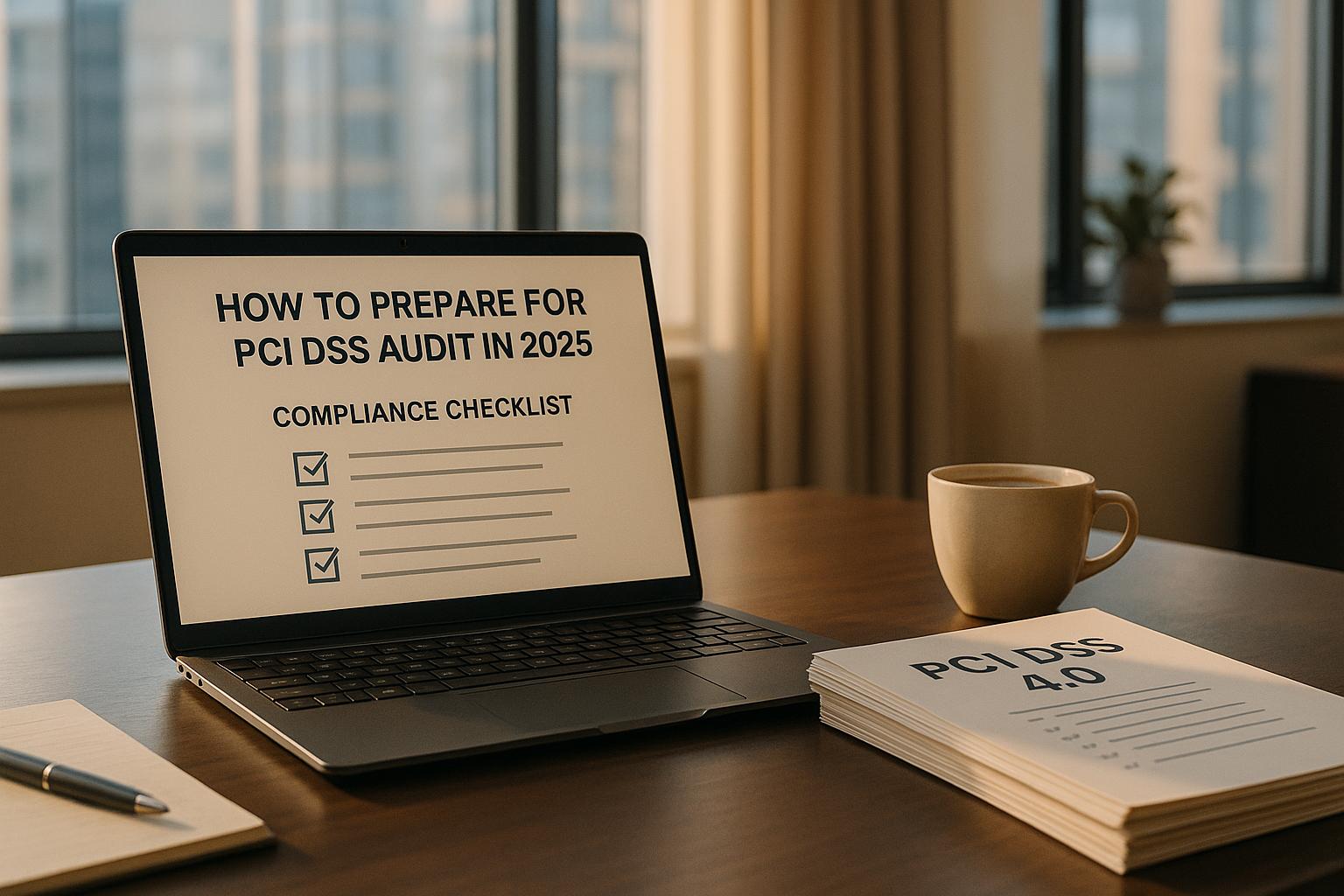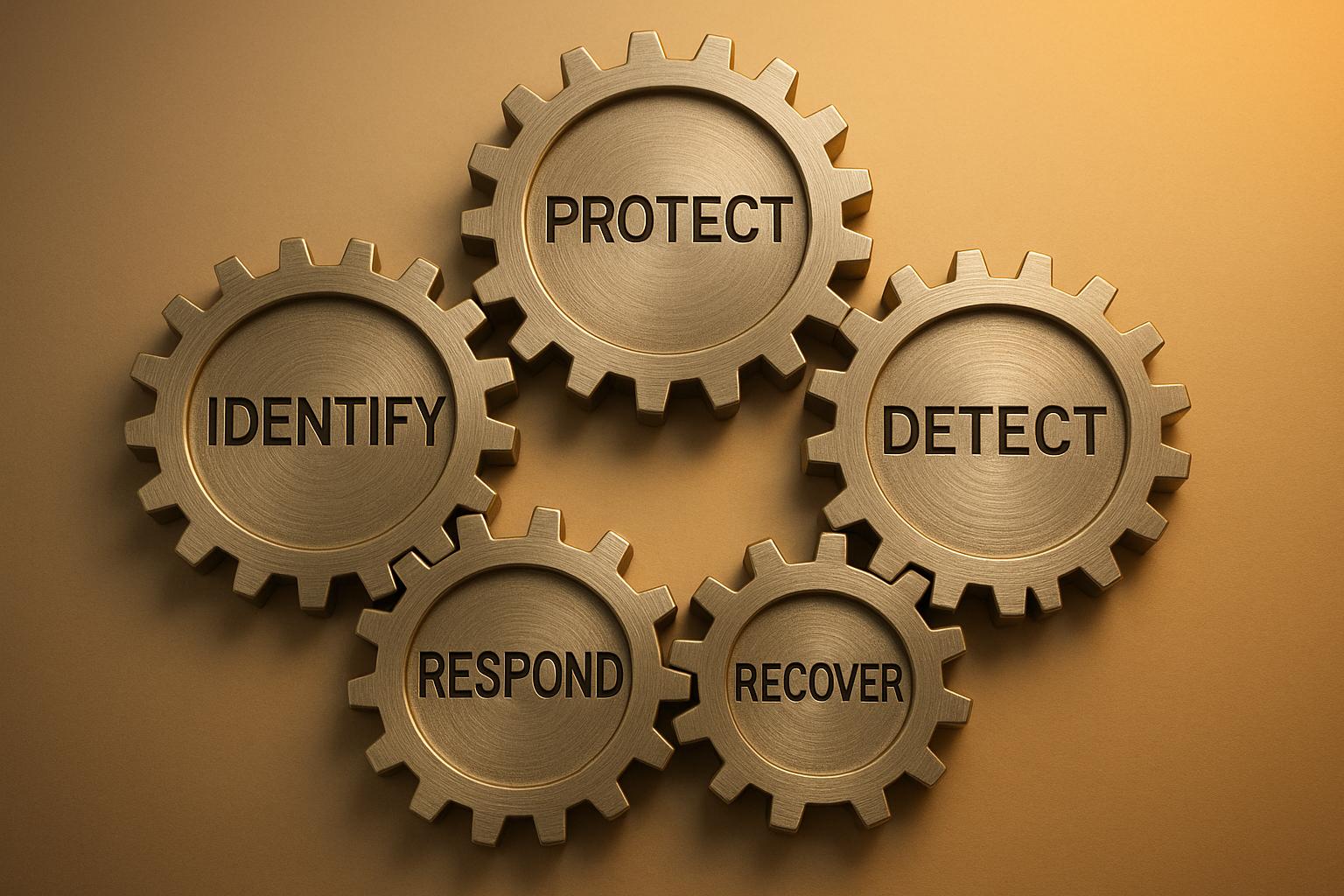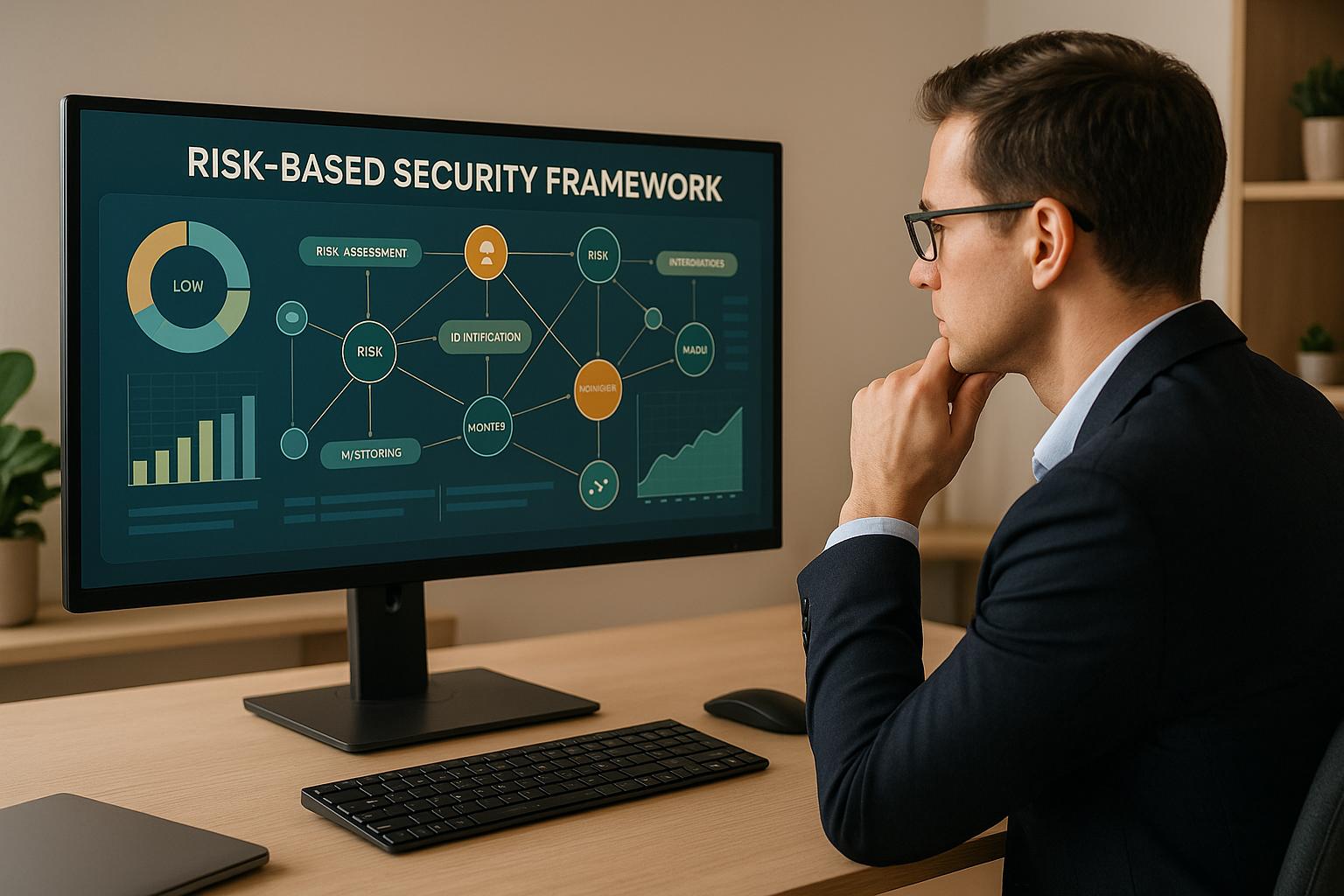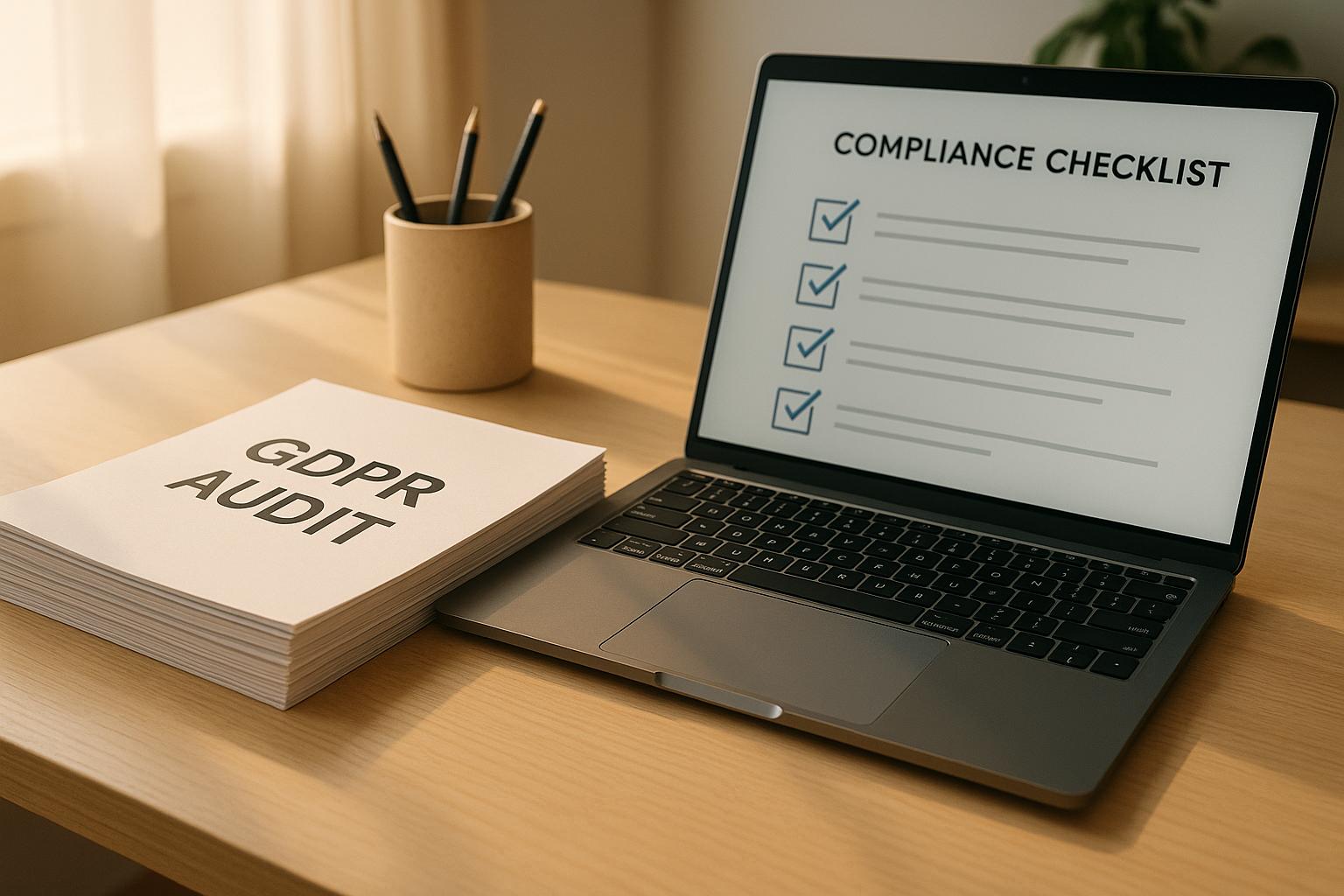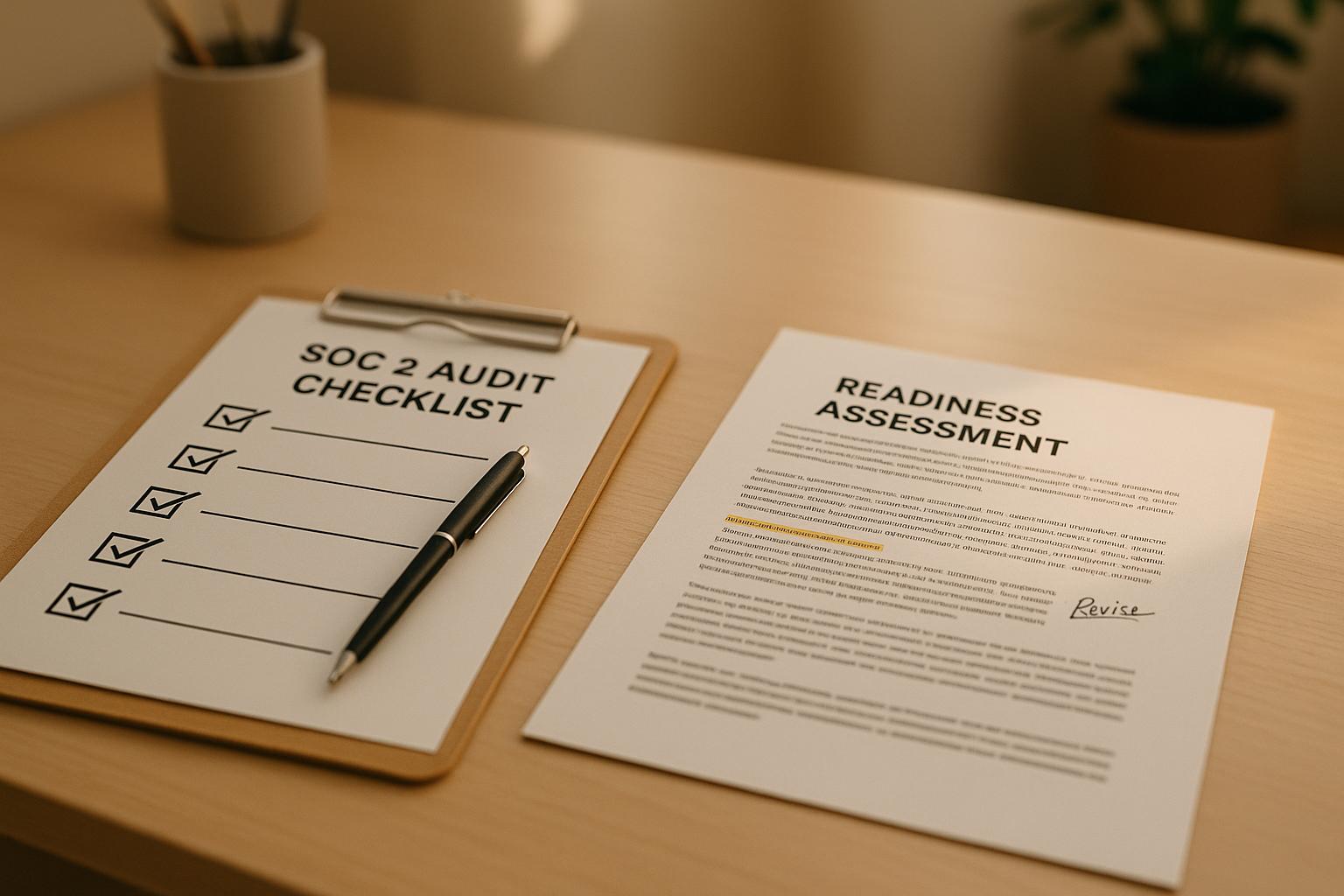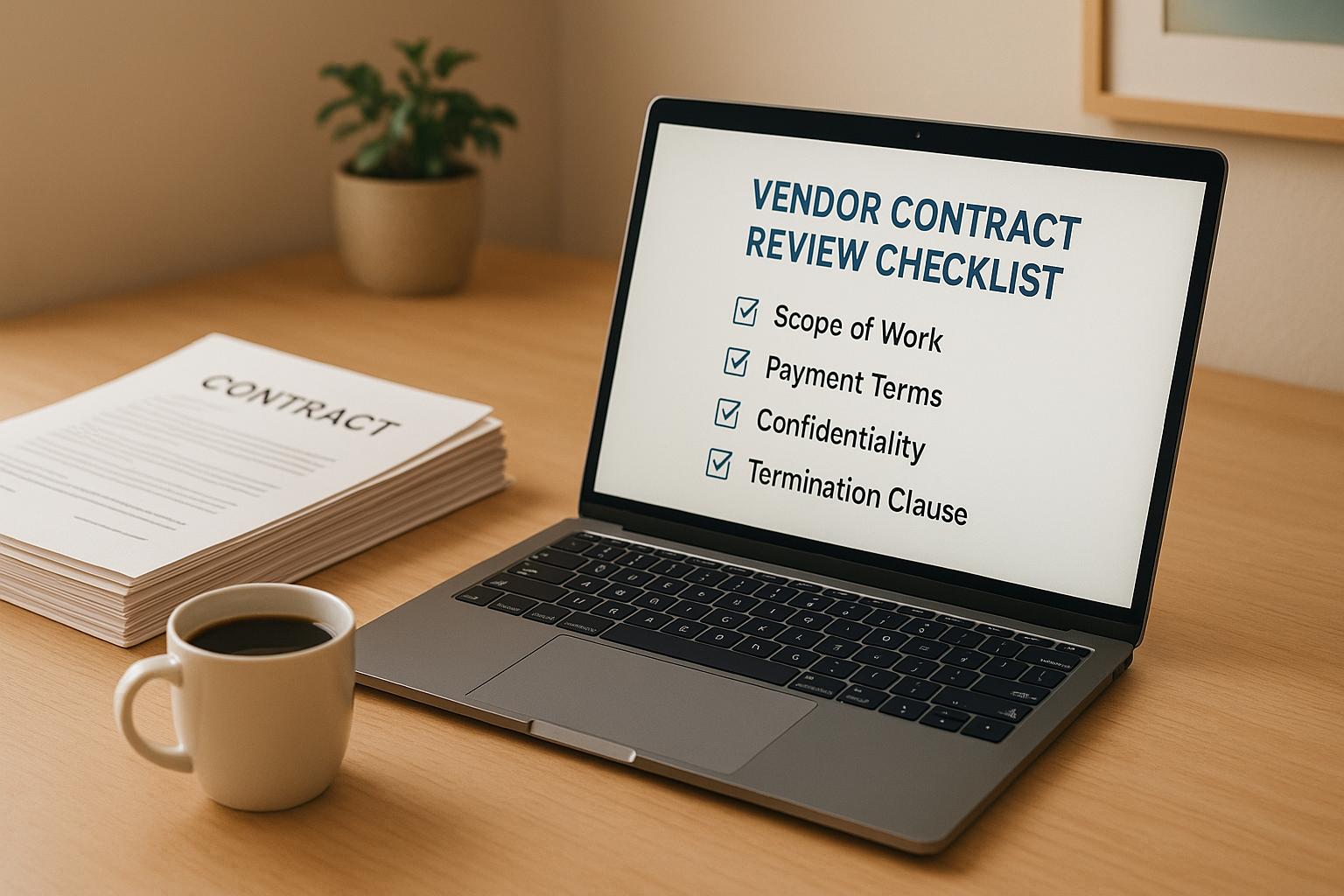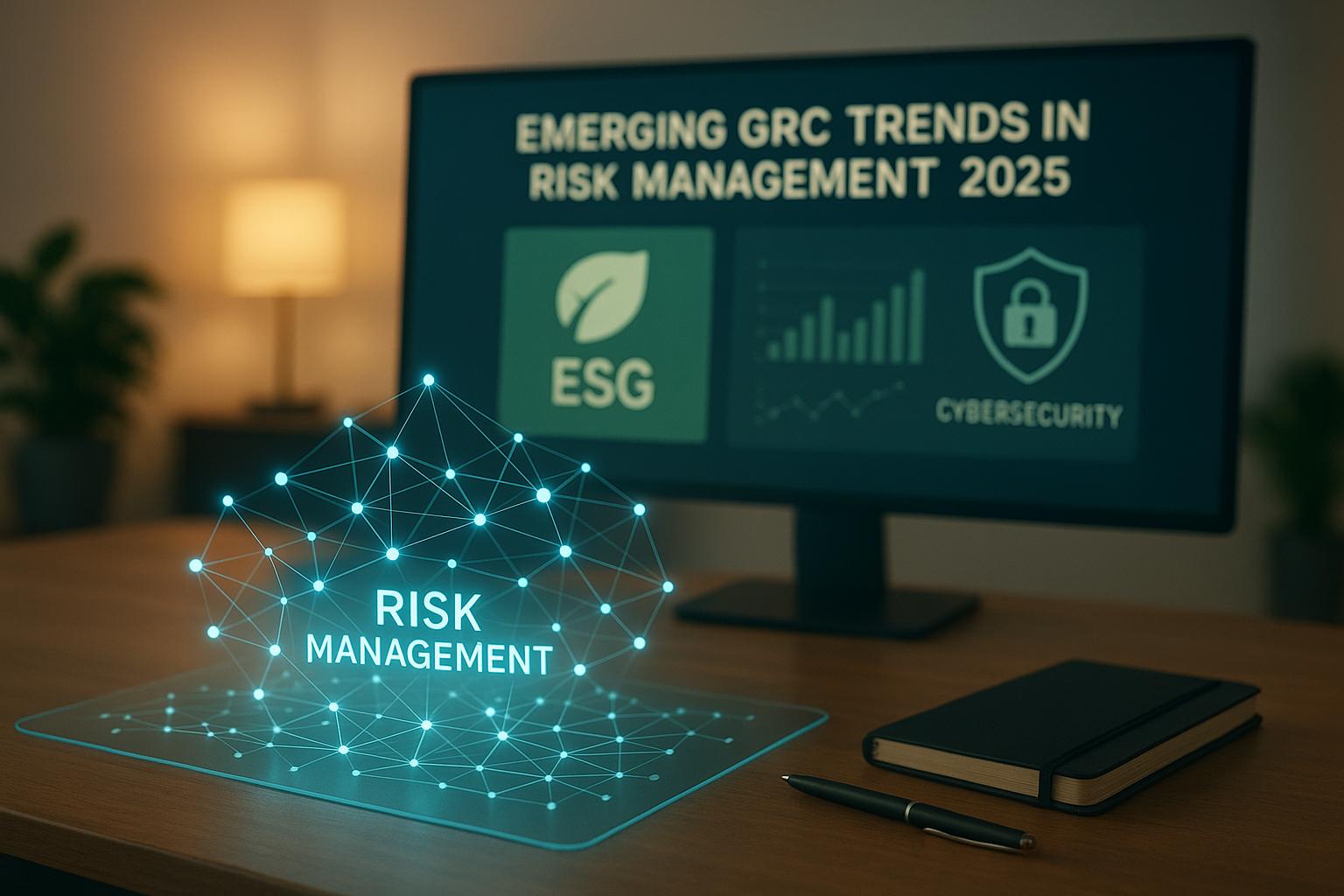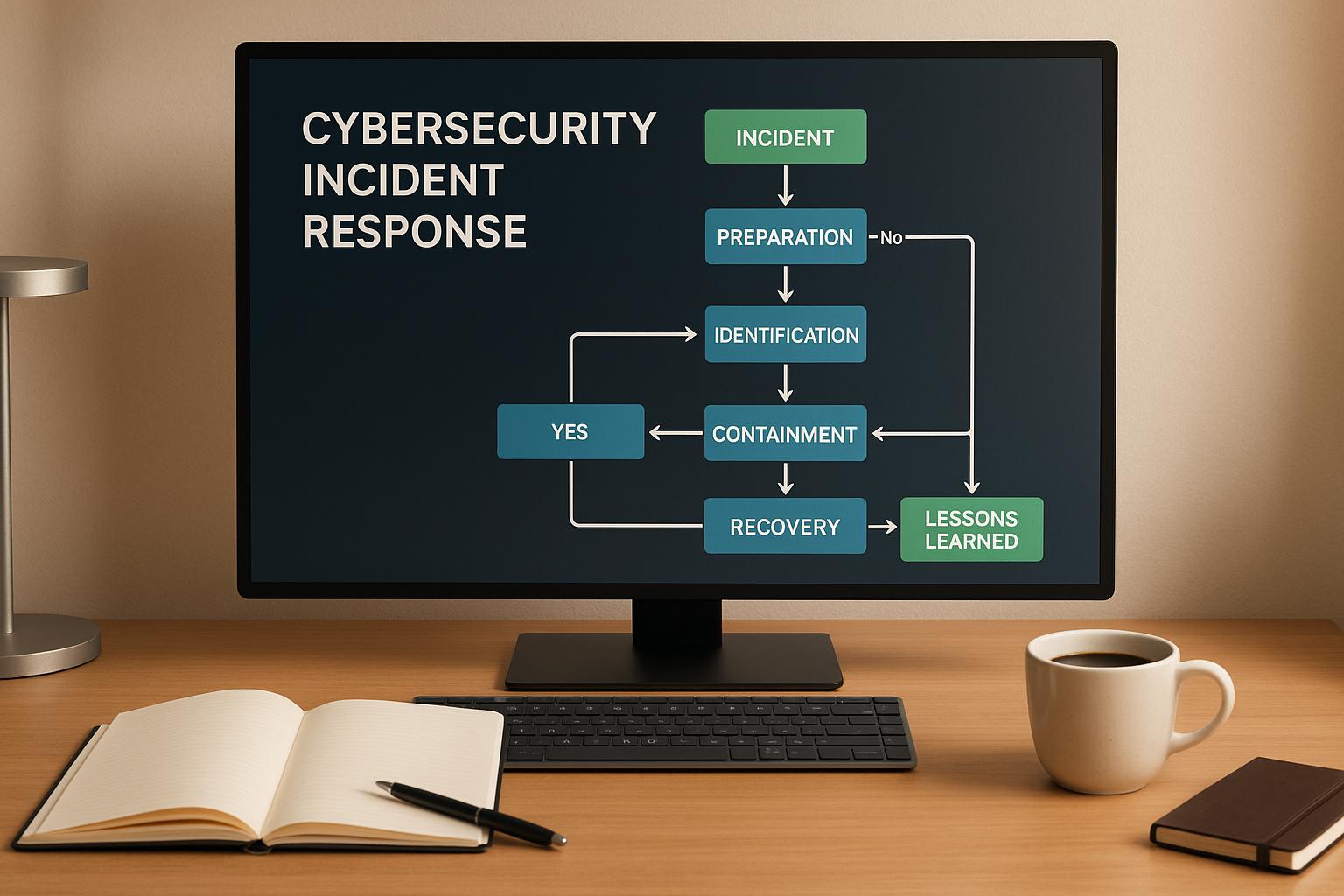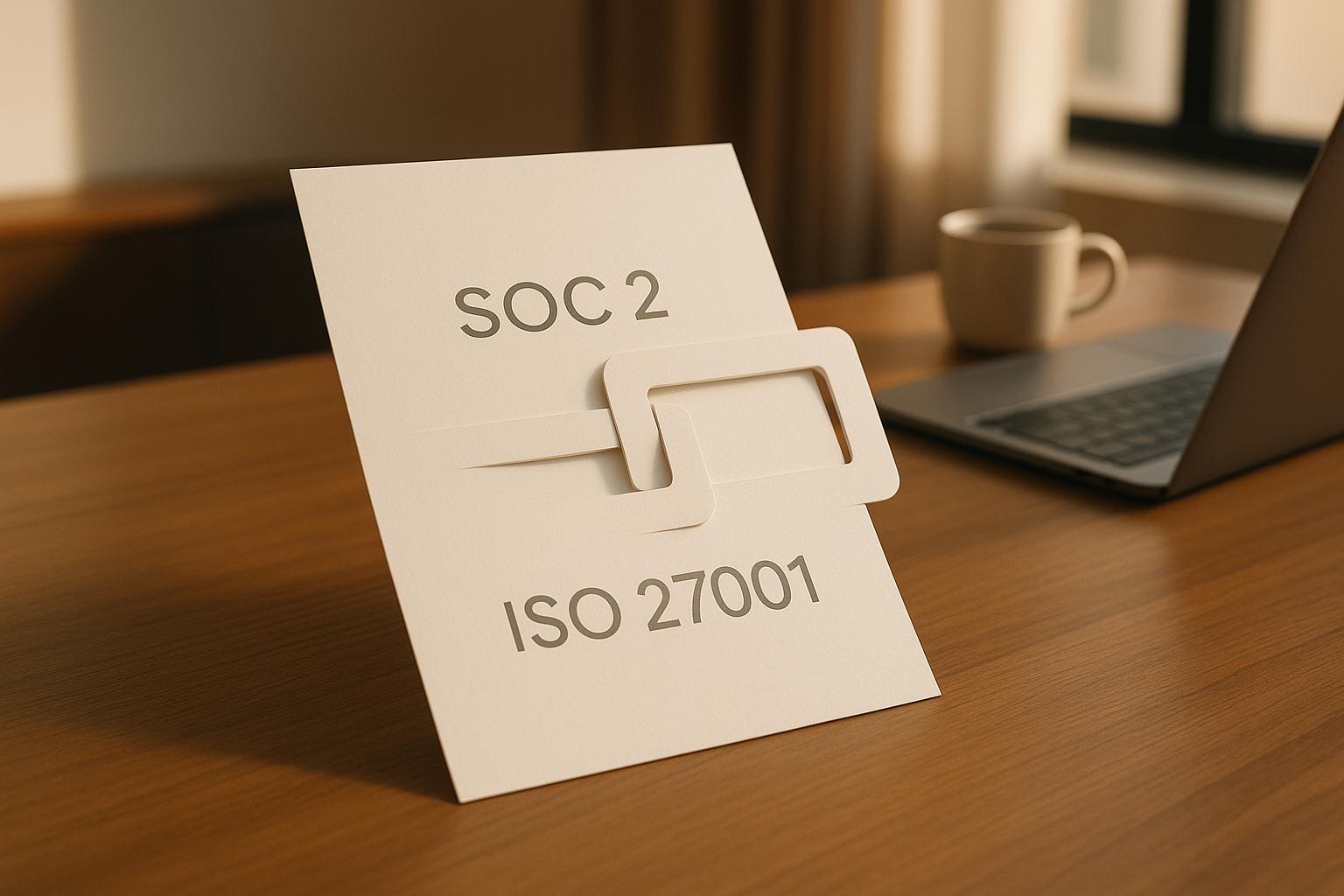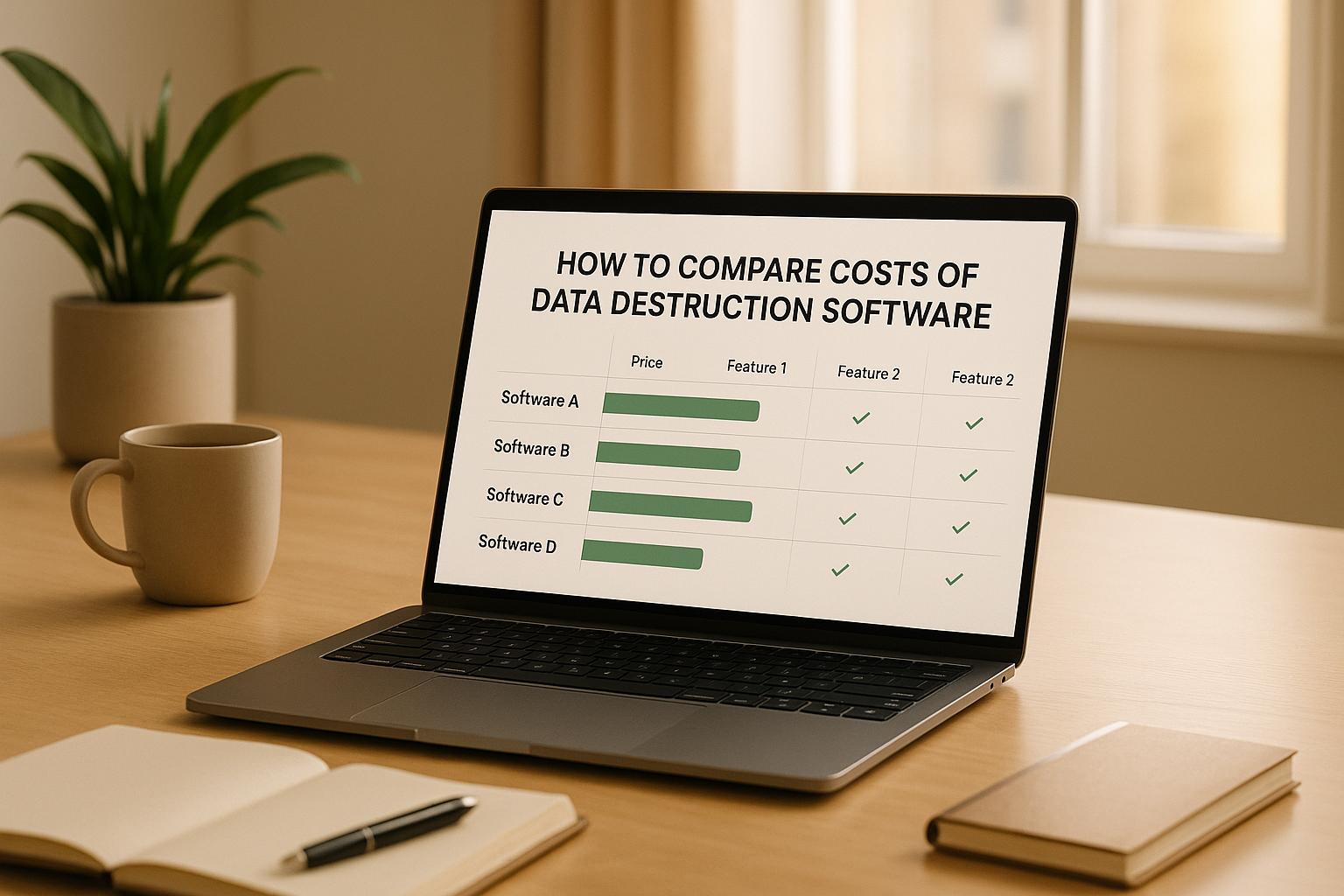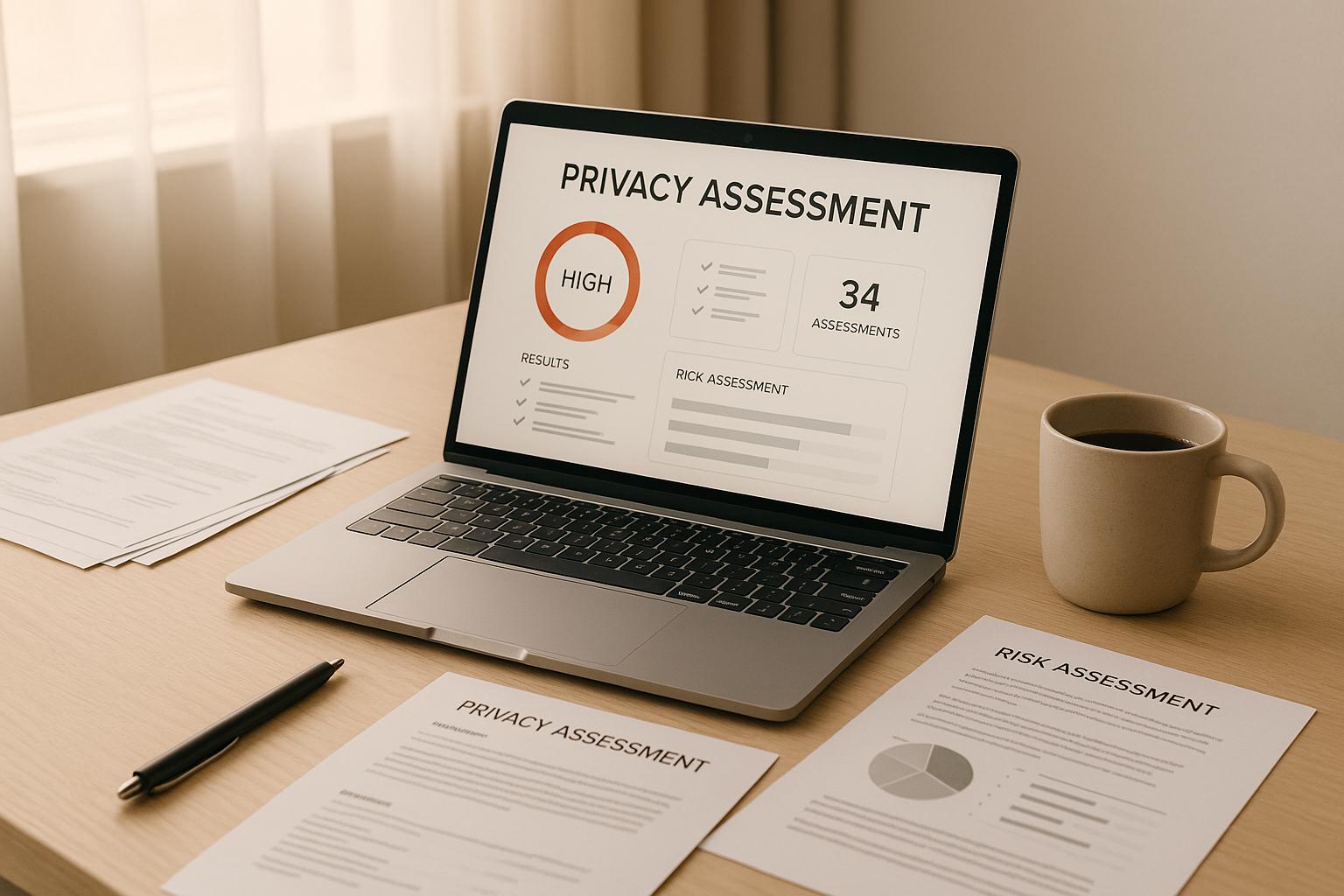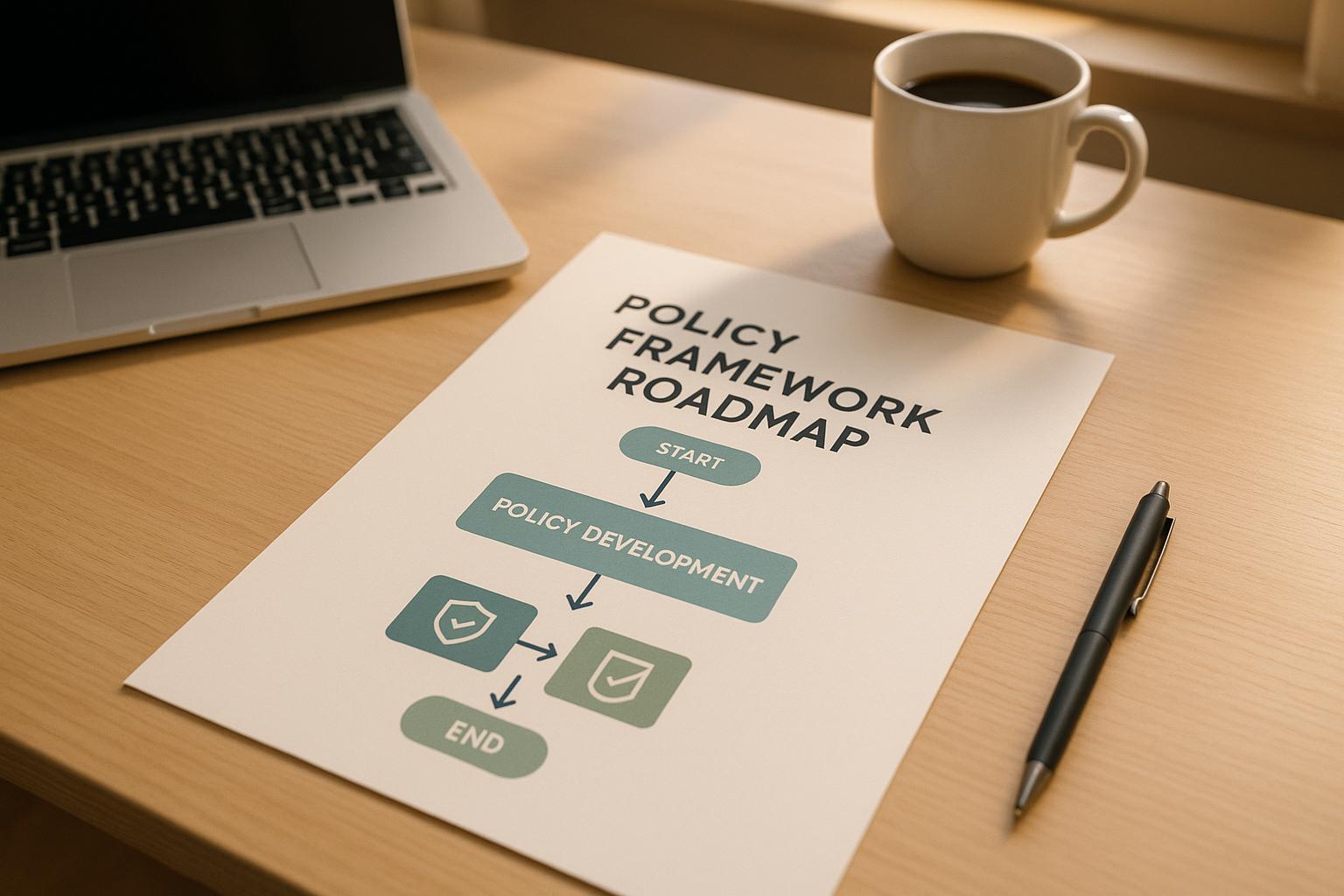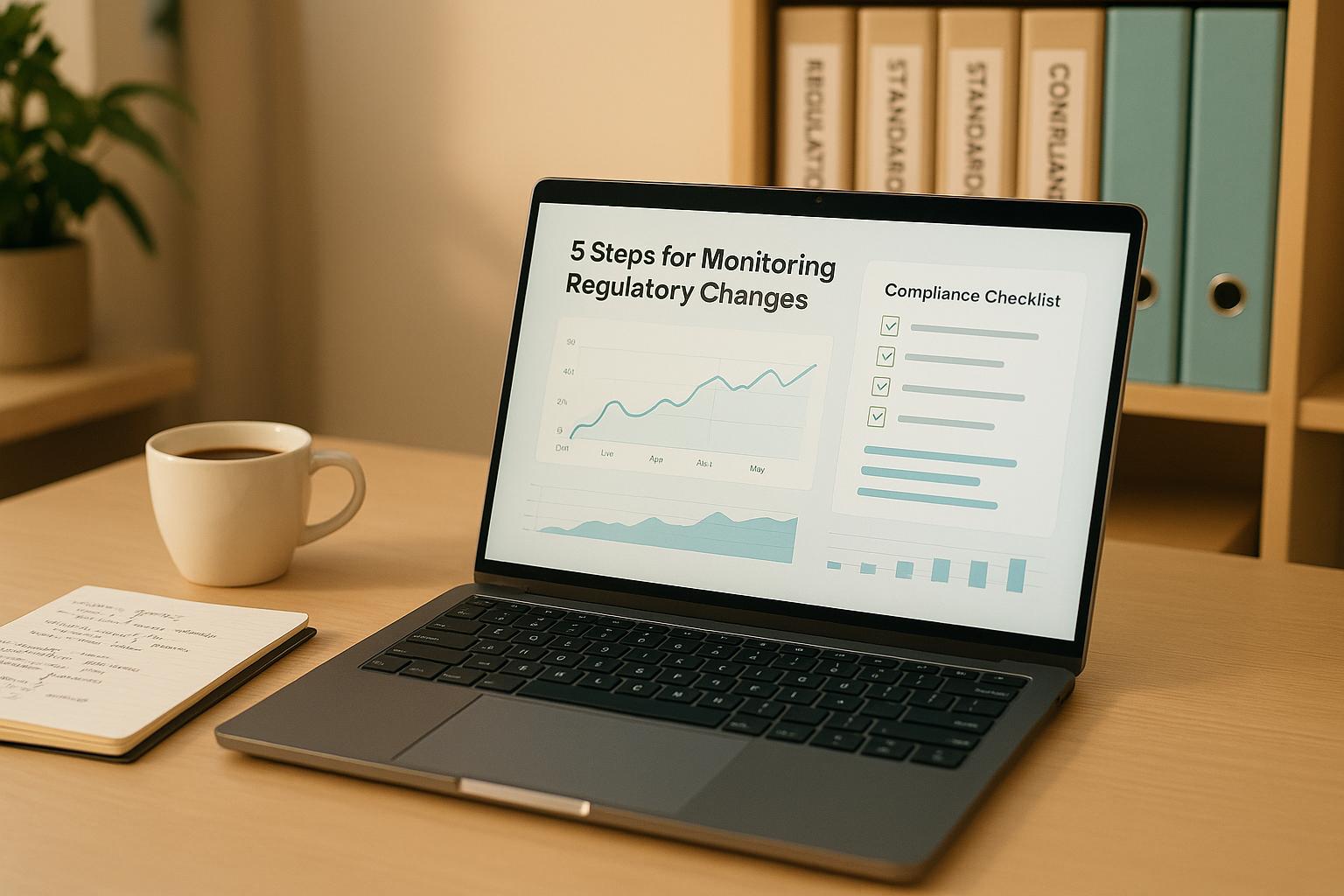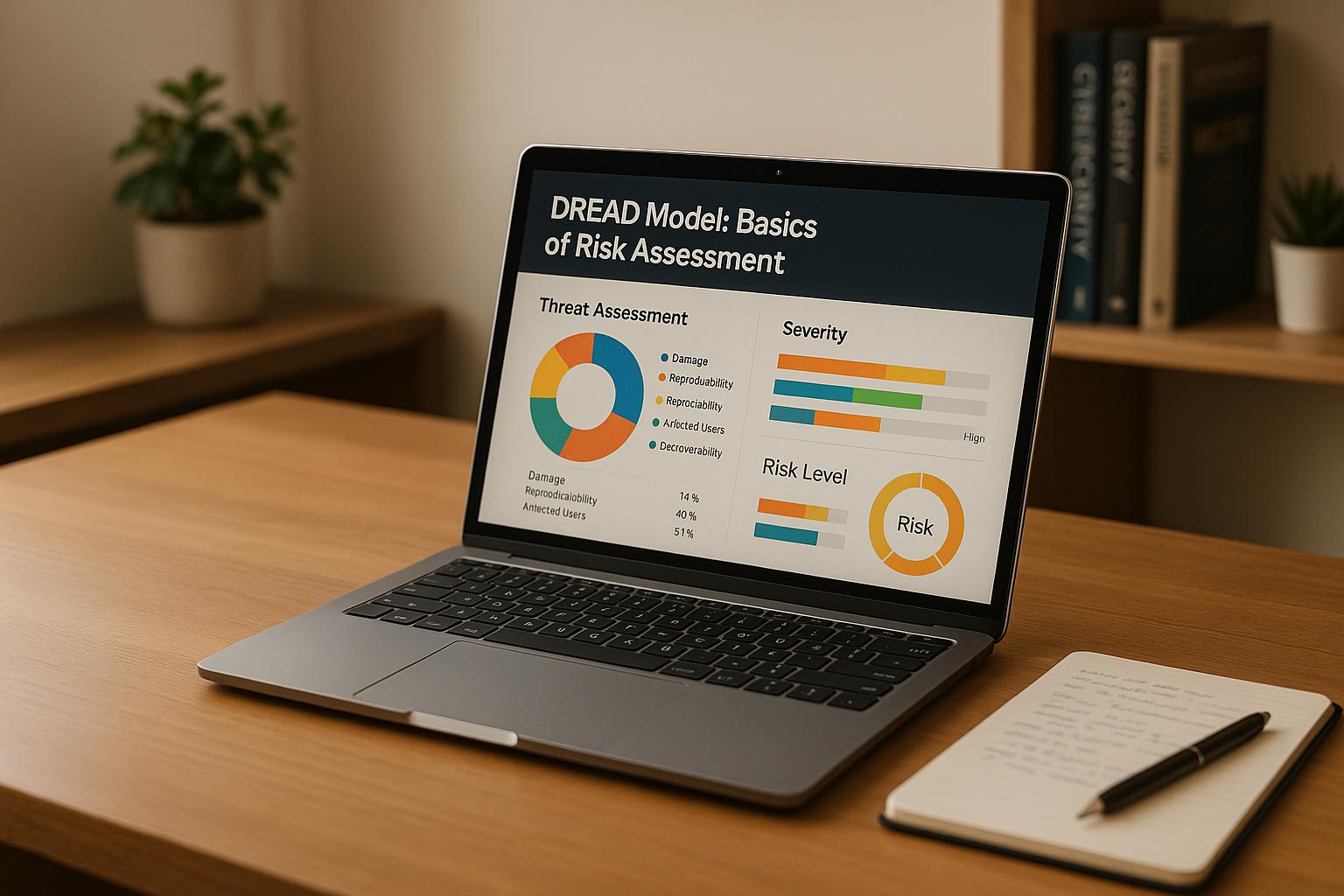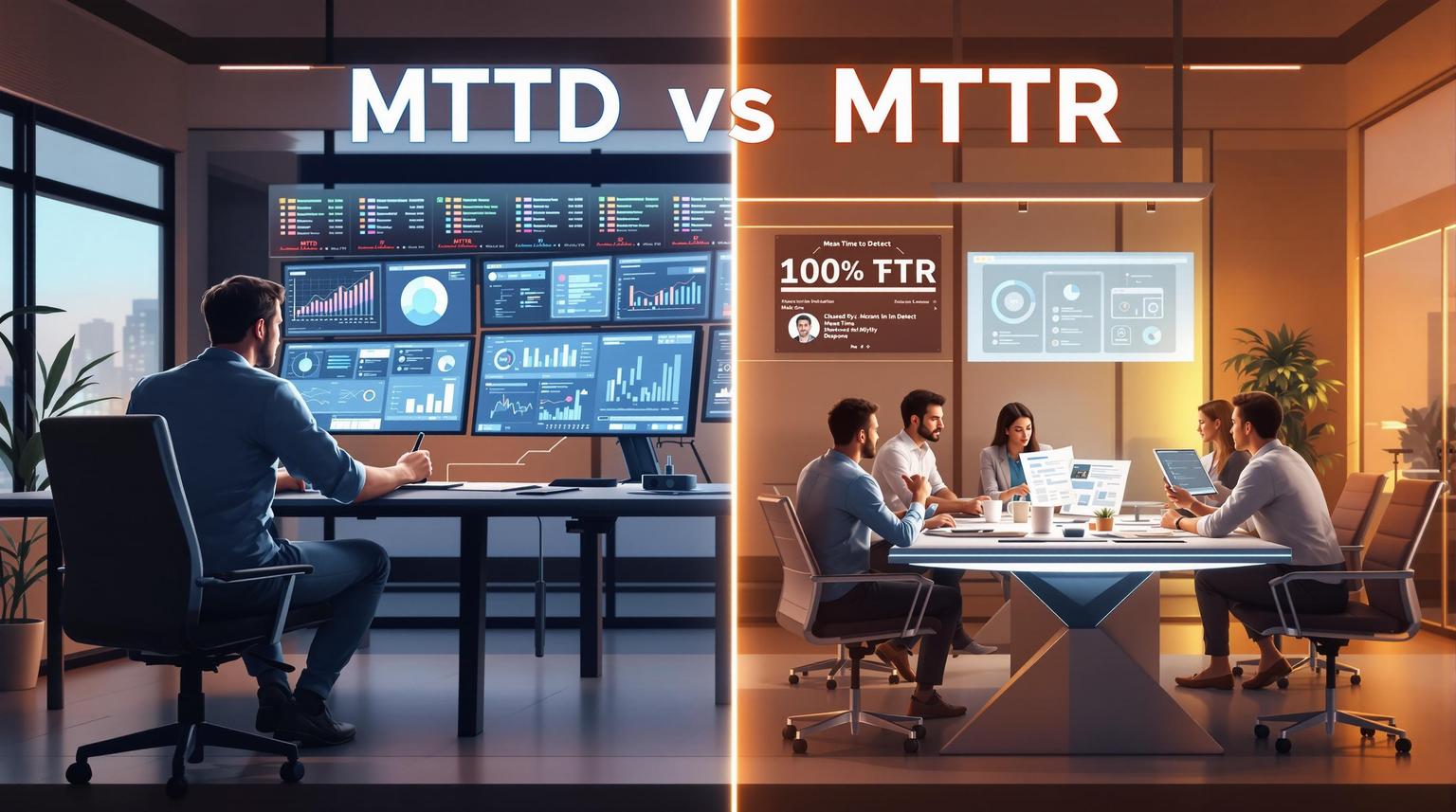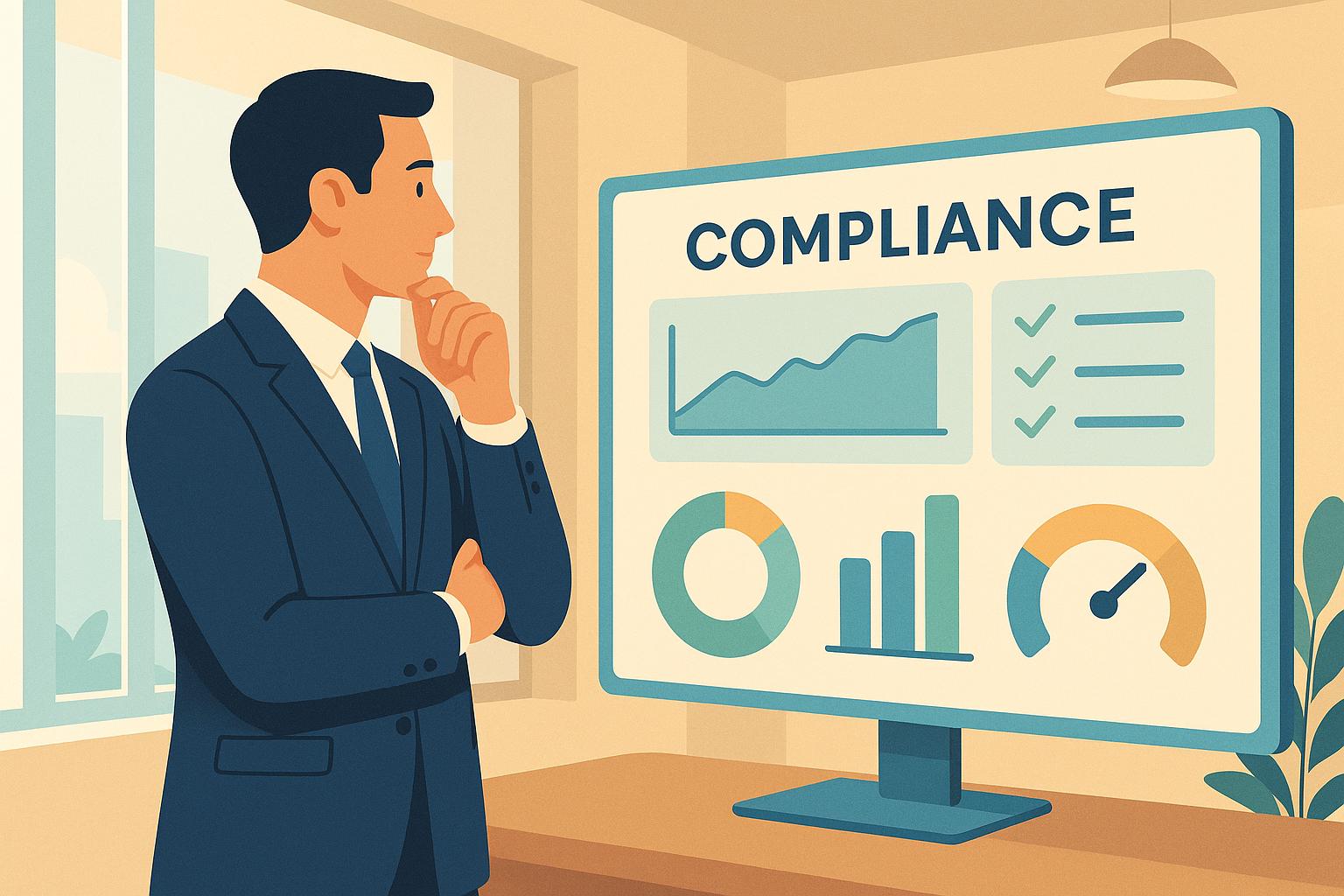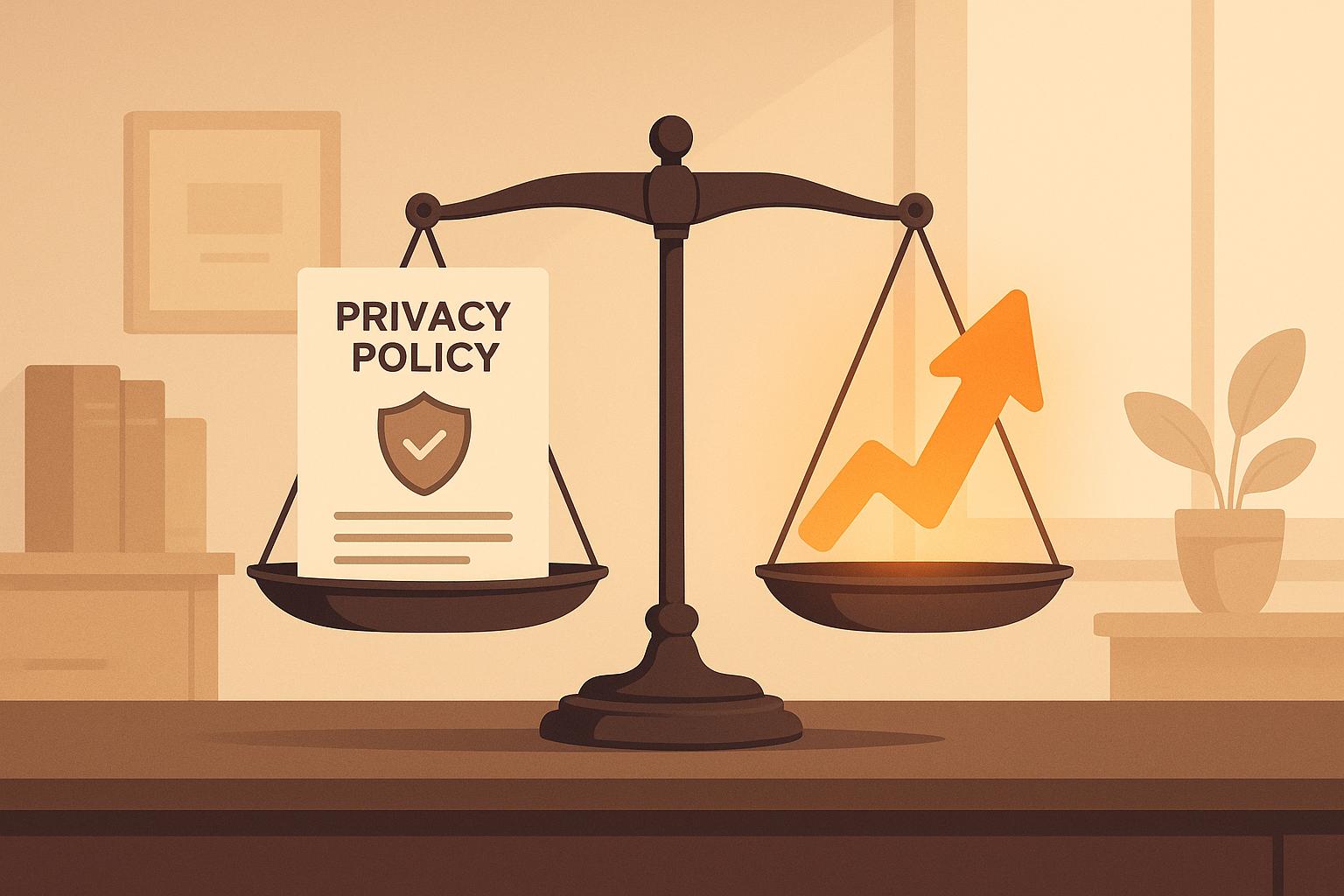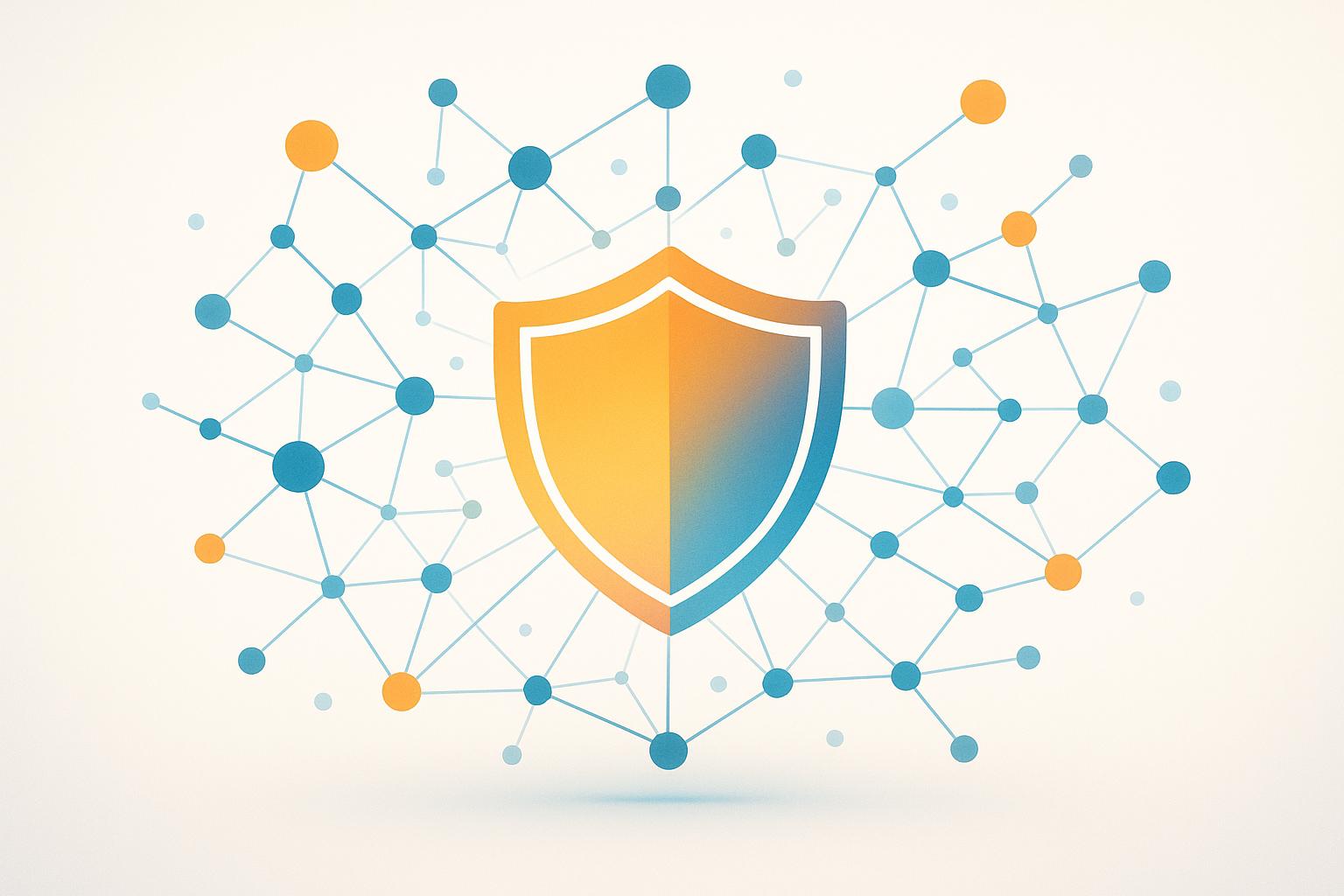
HITRUST certification is a must-have for SaaS companies handling sensitive data in regulated industries like healthcare and finance. It simplifies compliance by combining over 20 standards (e.g., HIPAA, PCI DSS) into one framework, saving time and ensuring comprehensive security measures. However, achieving and maintaining HITRUST certification can be time-intensive and complex.
Key Takeaways:
- HITRUST certification builds trust by validating strong security practices.
- Challenges include managing hundreds of controls, resource constraints, and manual workloads.
- Automation tools like Drata streamline compliance by automating evidence collection, tests, and control monitoring.
- Cycore offers managed services (e.g., virtual CISO, GRC tool administration) to guide companies through the process, ensuring readiness for audits and maintaining compliance.
For SaaS companies, combining automation with expert support can reduce compliance burdens, improve customer confidence, and open doors to enterprise contracts.
HITRUST Certification Framework Explained
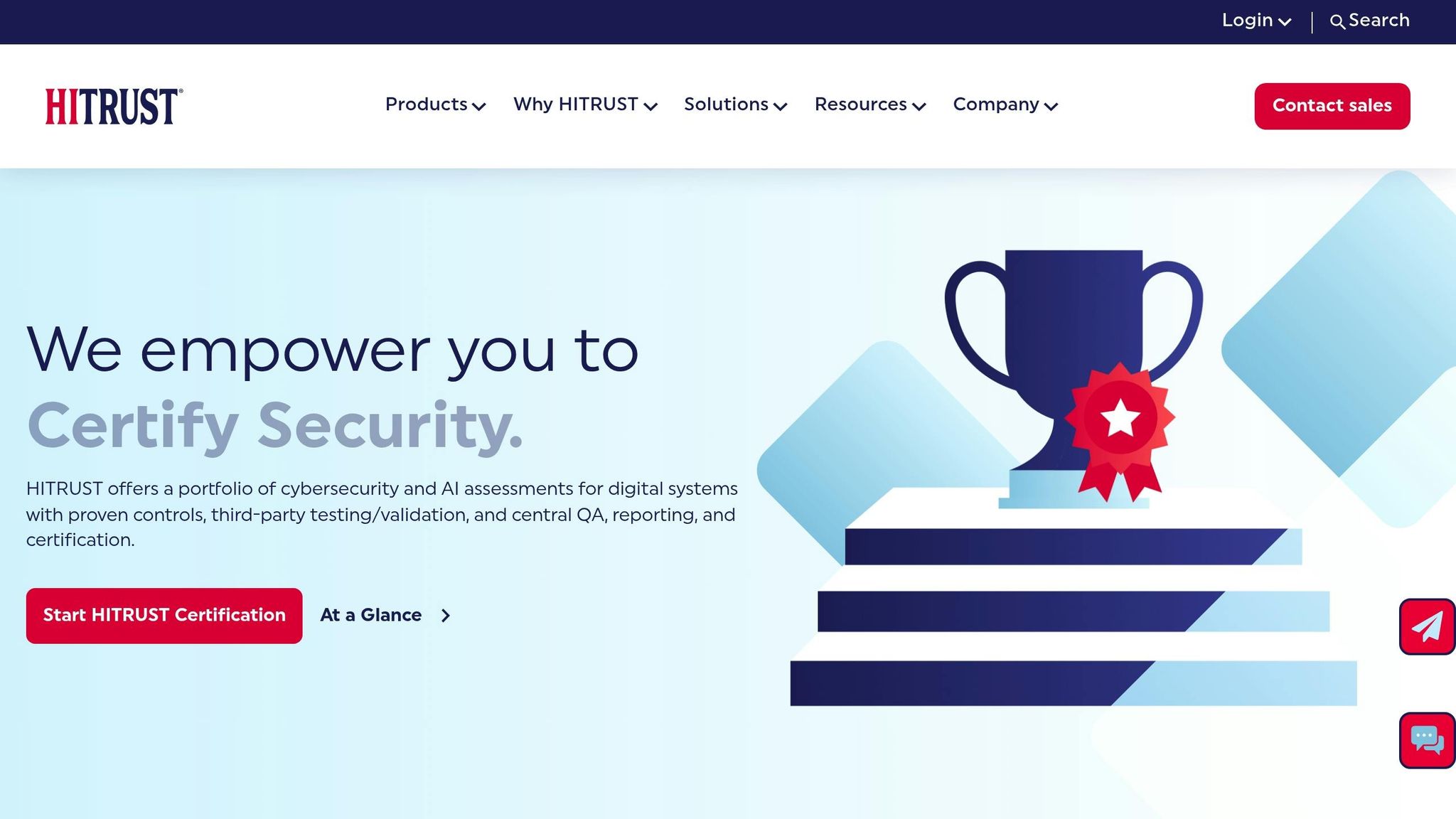
The HITRUST CSF serves as a detailed guide for structuring, certifying, and meeting process requirements crucial for SaaS compliance. For SaaS companies embarking on their compliance journey, understanding its components is a key step.
HITRUST CSF Overview
The HITRUST CSF breaks down security and privacy requirements into 19 control domains, each focusing on a specific area of information protection. These domains include Access Control, Audit Logging and Monitoring, Business Continuity and Disaster Recovery, Configuration Management, and Information Protection Program, among others.
What makes HITRUST stand out is its risk-based approach. Instead of a one-size-fits-all model, the framework adjusts controls based on an organization’s unique risk profile. Factors like company size, system complexity, regulatory obligations, and data sensitivity all play a role in tailoring these requirements.
HITRUST also consolidates multiple industry standards into prescriptive, risk-based control specifications, enabling SaaS companies to tackle various compliance needs through a single certification. With over 150 control requirements, the framework provides detailed guidance. For instance, the Access Control domain covers user access management, privileged access controls, and remote access security. This structure naturally supports different certification levels that align with varying organizational risk profiles.
Certification Levels: e1, i1, and r2
HITRUST offers three certification levels, designed to accommodate organizations with different needs and risks.
- e1: Focuses on foundational controls for lower-risk environments and is valid for 1 year. This level addresses essential security measures and includes a subset of the full CSF requirements, making it ideal for companies just starting their HITRUST journey.
- i1: Covers all applicable controls for 1 year. This level requires organizations to implement all relevant controls based on their risk assessment. It’s a popular choice for SaaS companies catering to enterprise clients, as it offers strong credibility and comprehensive security.
- r2: The most detailed and rigorous certification, valid for 2 years. This level involves extensive validation and testing, covering the broadest scope of controls and requiring organizations to demonstrate consistent control implementation and effectiveness.
No matter the certification level, organizations must show they’ve effectively implemented and maintained the required controls across all assessed areas.
HITRUST Certification Process Steps
The HITRUST certification process is a structured journey, typically taking 6 to 12 months, depending on the organization’s preparedness and the certification level pursued.
- Define scope and conduct risk assessment: The process begins by defining the scope - identifying which systems, processes, and data will be evaluated. A risk assessment then determines applicable controls based on factors like regulatory requirements, data sensitivity, and organizational specifics.
- Gap analysis and remediation: After scoping, organizations assess their current security posture against HITRUST standards. This step identifies any gaps in compliance. The remediation phase focuses on addressing these gaps by updating policies, implementing necessary changes, and ensuring all controls are operational.
- Self-assessment and documentation: Organizations document their controls using the HITRUST MyCSF tool. This involves uploading supporting evidence, performing internal tests, and completing a self-assessment to confirm readiness.
- Third-party validation: An external assessor, authorized by HITRUST, reviews the self-assessment, examines evidence, and conducts further testing if needed. This independent verification ensures the organization meets HITRUST’s standards.
- Certification maintenance: Achieving certification isn’t the end of the road. Organizations must maintain their controls, conduct annual updates, and promptly address any issues. HITRUST also requires interim assessments and continuous monitoring to ensure ongoing compliance.
The certification process requires collaboration across multiple teams, including IT, compliance, legal, and business operations. By understanding this framework, organizations can better integrate automated tools and services to streamline compliance and maintain HITRUST standards effectively.
Using Drata to Automate HITRUST Compliance
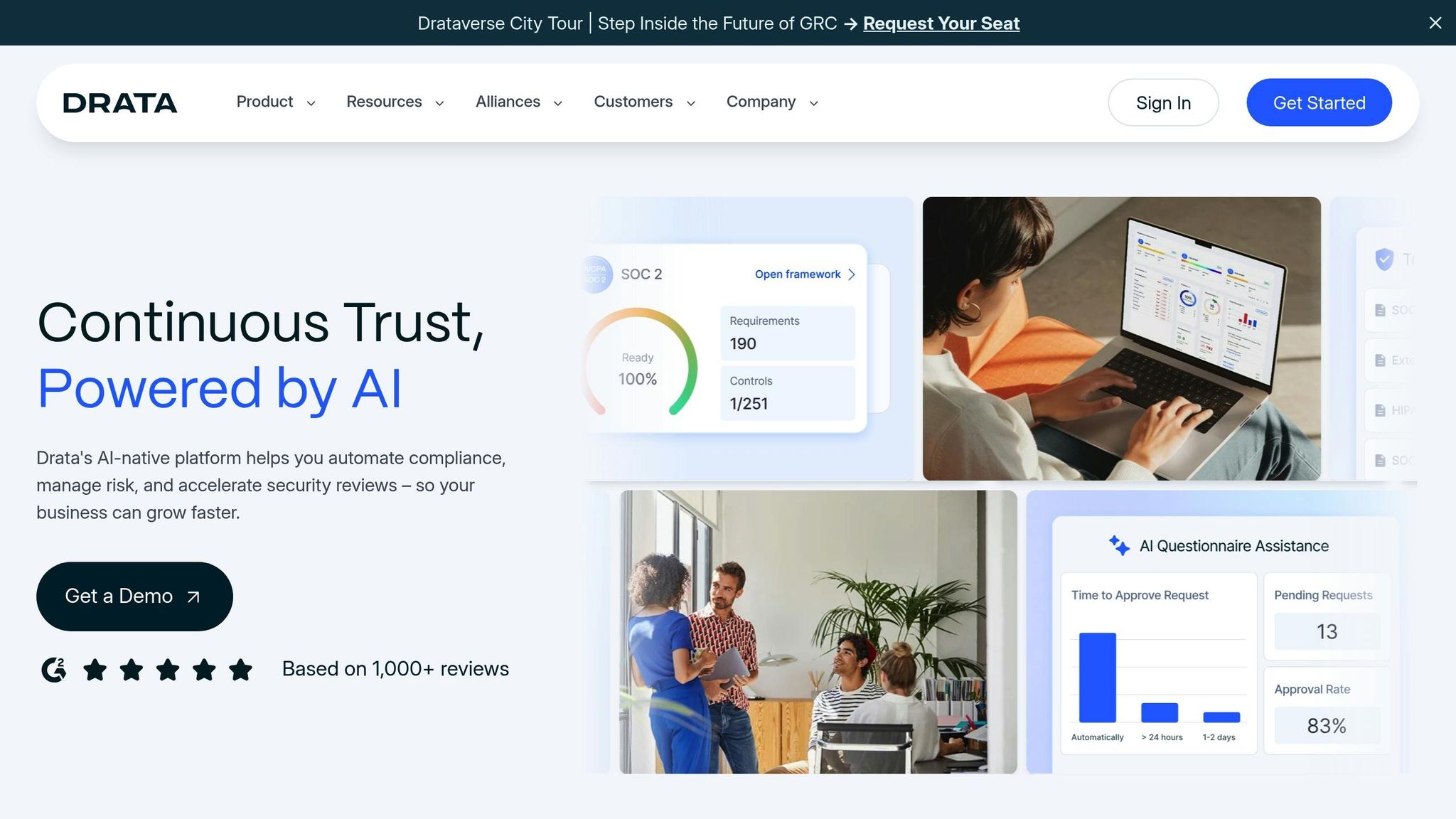
Drata simplifies HITRUST compliance for SaaS companies by automating critical processes. With its Custom Connections and Tests (CCT) feature, Drata can pull data from virtually any source - whether it's on-premises systems, custom-built applications, or specialized SaaS tools. This data is then used to run automated compliance tests, helping to drastically reduce the manual work typically involved in staying compliant. It's a solution tailored to tackle the time-consuming challenges of HITRUST compliance head-on.
Cycore's Managed HITRUST Compliance Services
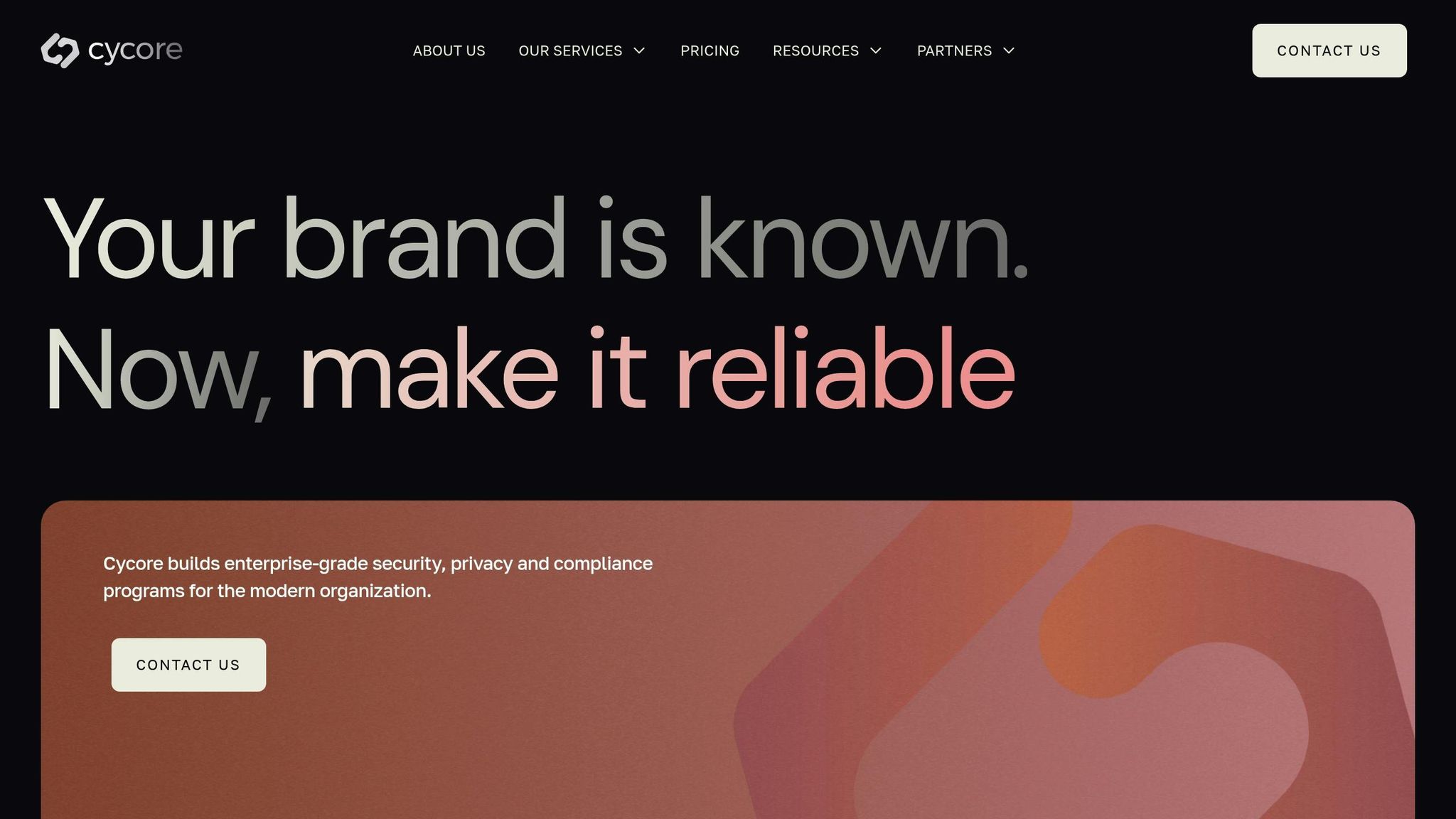
While automation simplifies many technical tasks, expert guidance remains crucial for navigating the complexities of HITRUST compliance. That’s where Cycore steps in. By combining Drata’s automation capabilities with hands-on expertise, Cycore helps SaaS companies turn the often-daunting certification process into an opportunity to stand out in the market.
Cycore's Compliance Service Options
Cycore offers three key services tailored to support HITRUST compliance:
- Virtual CISO (vCISO): Provides strategic security leadership without the expense of hiring a full-time executive. This service helps businesses implement HITRUST security controls and ensures they meet certification standards.
- Virtual Data Protection Officer (vDPO): Focuses on privacy and data protection, ensuring all related HITRUST requirements are addressed.
- GRC Tool Administration: Manages tools like Drata to configure, monitor, and report on compliance efforts effectively. This service is especially beneficial for SaaS companies lacking the in-house expertise to fully utilize their compliance tools.
Cycore supports over 15 frameworks, including HITRUST, and emphasizes making compliance audit-ready while transforming it into a competitive advantage rather than just another regulatory hurdle.
Cycore's Drata Management Services
Drata is a powerful tool, but leveraging it for HITRUST compliance requires continuous oversight. Cycore’s GRC Tool Administration ensures Drata is optimized throughout the certification process. This includes configuring automated compliance tests, setting up evidence collection workflows, and maintaining accurate control mappings for HITRUST requirements.
Their team also monitors Drata’s continuous compliance features to proactively address potential issues before they jeopardize certification. For instance, ReadMe, a SaaS company, achieved remarkable results by using Cycore’s GRC Admin Services. They saved 1,656 hours annually and cut security questionnaire response times by 66% - streamlining their compliance operations, closing deals faster, and fueling growth.
Cycore’s managed services go beyond tool management. They provide end-to-end compliance support, from initial assessments and control implementation to documentation, process management, and audit preparation during HITRUST certification reviews.
Cycore Service Plans for SaaS Companies
To accommodate different needs, Cycore offers three tiered service plans:
| Plan | Key Features | GRC Tool Support | HITRUST Focus |
|---|---|---|---|
| Start-up | vCISO for one framework, basic GRC admin, initial compliance assessment, basic monthly reporting | Basic admin for 1 tool | Ideal for initial HITRUST certification with a single framework |
| Mid-Market | vCISO for multiple frameworks, vDPO services, advanced GRC admin, annual penetration testing, audit support | Advanced admin for 2 tools | Covers HITRUST plus additional frameworks like SOC 2 or HIPAA |
| Enterprise | Full vCISO and vDPO services, custom GRC tool integration, continuous vulnerability management, quarterly penetration testing | Custom integration up to 4 tools | Comprehensive HITRUST management with priority expert access |
These plans are designed to grow alongside businesses. Start-ups can begin with basic HITRUST support and add frameworks like SOC 2 or ISO 27001 as they scale. Each plan also offers flexible engagement options, allowing companies to tailor services for specific projects or ongoing compliance needs. This adaptability is particularly valuable for SaaS companies with varying timelines and budgets.
sbb-itb-ec1727d
How Automated HITRUST Compliance Builds Customer Trust
HITRUST certification isn’t just about meeting compliance requirements - it’s a way to stand out in competitive markets and strengthen relationships with customers. By combining Drata's automation with Cycore's expert oversight, SaaS companies can create a reliable compliance framework that inspires confidence among clients and prospects.
Improving Transparency and Risk Management
Automating HITRUST compliance completely changes how SaaS companies communicate their security posture. Instead of struggling with lengthy security questionnaires or scrambling to gather documentation during sales discussions, companies can provide instant access to their security controls and compliance status.
Drata’s continuous monitoring ensures that compliance evidence is always up-to-date and accessible. This enables sales teams to quickly address customer security concerns while maintaining accurate records throughout negotiations.
Cycore plays a crucial role here as well. Their managed services ensure automated systems are properly configured and monitored. For example, their GRC Tool Administration service helps organize evidence collection workflows and maintain control mappings, enabling companies to consistently present accurate compliance information to clients.
This combination of automation and expert oversight promotes a proactive approach to risk management. By treating security as an ongoing priority rather than a one-time task, companies demonstrate their commitment to safeguarding customer data. This real-time transparency not only streamlines internal processes but also builds customer confidence. It creates a structured foundation for disciplined review cycles, which are critical for maintaining compliance over time.
Best Practices for Maintaining Compliance
Sustaining HITRUST compliance requires a mix of automated tools and expert guidance, along with regular review cycles.
- Monthly reviews of automated test results from platforms like Drata help identify any control gaps early. Cycore’s managed services can assist by analyzing reports, investigating anomalies, and implementing corrective actions, freeing up internal teams to focus on more strategic goals.
- While automation simplifies tasks like documentation management, human oversight remains vital. Companies need clear processes to review and update policies, procedures, and control descriptions as their systems evolve. Cycore’s Virtual CISO services ensure that documentation aligns with HITRUST requirements and business objectives.
- Audit readiness should be a continuous effort. Keeping evidence collections and asset inventories current ensures that security controls are well-documented and consistently tested. Automation handles much of this heavy lifting, while Cycore provides the expertise to ensure readiness for audits at any time.
- Regularly updating staff training and awareness programs is also key. Even with automation, knowledgeable and vigilant teams are essential for maintaining HITRUST compliance and earning customer trust.
Business Impact of HITRUST Certification
HITRUST certification delivers benefits that go beyond just meeting regulatory standards - it can fundamentally enhance how a SaaS company operates and competes.
For one, it simplifies the sales process. Customers in highly regulated industries like healthcare, finance, or government often need detailed security documentation and proof of compliance. HITRUST certification provides a recognized framework that can help meet these demands, potentially speeding up decision-making.
It also strengthens customer retention. Consistently maintaining HITRUST compliance reassures clients about the security of their data, which is especially important for companies with annual contracts where compliance performance can influence renewals.
Additionally, HITRUST certification can unlock new business opportunities. Many enterprise clients and regulated markets require vendors to meet stringent security standards, and having this certification can make it easier to enter those spaces.
Finally, automating compliance processes leads to operational efficiencies. By reducing manual work, teams can focus more on strategic initiatives. A well-structured approach to managing security controls and documentation not only lowers risks but also supports long-term business growth and stability.
Conclusion: HITRUST Success with Cycore and Drata
HITRUST certification has become a must-have for SaaS companies operating in regulated industries, especially when building and maintaining customer trust. By combining Drata's automation tools with Cycore's expert managed services, businesses can turn compliance into a strategic advantage rather than a cumbersome task. Drata simplifies continuous monitoring, evidence collection, and control testing, while Cycore steps in with expert guidance to tackle common challenges like misconfigured controls or incomplete documentation.
This approach is particularly scalable, making it ideal for growing SaaS companies. As businesses expand their offerings and customer base, automated monitoring ensures security measures stay effective - without the need to scale compliance teams at the same rate. Cycore's service plans, ranging from Start-up to Enterprise, provide tailored support based on a company’s current size and growth trajectory.
What sets this partnership apart is its ability to address both the technical and strategic sides of compliance. Automated processes handle the heavy lifting, while Cycore’s experts help interpret results, plan improvements, and communicate effectively with stakeholders.
For SaaS companies aiming to build trust through robust security, investing in automated HITRUST compliance offers benefits that go well beyond meeting regulatory requirements. It simplifies sales processes, improves customer retention, and creates opportunities in new markets - all while cutting down the operational workload of compliance management.
FAQs
How do Drata's automation tools and Cycore's managed services simplify HITRUST certification for SaaS companies?
Drata's automation tools team up with Cycore's managed services to make the HITRUST certification process easier and less time-consuming. Drata handles tasks like continuous control monitoring, risk assessments, and policy management through automation, while Cycore offers expert guidance to help your company navigate the certification process smoothly.
Together, these tools and services help SaaS companies simplify compliance workflows, stay aligned with HITRUST standards, and showcase their dedication to security and privacy - building stronger trust with customers along the way.
What are the differences between HITRUST certification levels e1, i1, and r2, and how can SaaS companies choose the right one?
The HITRUST certification levels - e1, i1, and r2 - are designed to provide varying levels of cybersecurity assurance, catering to different organizational needs:
- e1: This entry-level certification includes 44 controls, making it a good choice for companies looking for basic cybersecurity validation with minimal complexity.
- i1: Covering about 219 controls, this level offers a more in-depth approach, ideal for businesses that need stronger validation to address moderate risks.
- r2: With over 2,000 controls, this is the most thorough option. It’s tailored for organizations that require comprehensive risk management and compliance measures.
When deciding which level to pursue, SaaS companies should consider factors like their risk exposure, customer demands, and compliance obligations. Smaller businesses or those with straightforward requirements might find e1 to be sufficient. On the other hand, larger enterprises or those operating in heavily regulated sectors will likely benefit from the extensive coverage of r2.
How does achieving HITRUST certification help SaaS companies build trust and unlock business opportunities?
Achieving HITRUST certification is a clear signal that a SaaS company prioritizes data security and privacy at the highest level. This certification isn’t just about compliance - it’s about earning the trust of customers, partners, and regulators by adhering to rigorous security standards.
For SaaS businesses, HITRUST certification can also be a game-changer in the marketplace. It helps attract enterprise clients who demand top-tier security, simplifies sales conversations, and opens doors to new markets. By demonstrating commitment to industry-leading security practices, companies can boost their reputation, build stronger customer relationships, and seize new growth opportunities in today’s security-focused business landscape.


